-
Ukraine war latest: Russia continues to attack Ukraine while Victory Day celebrations underway in Moscow
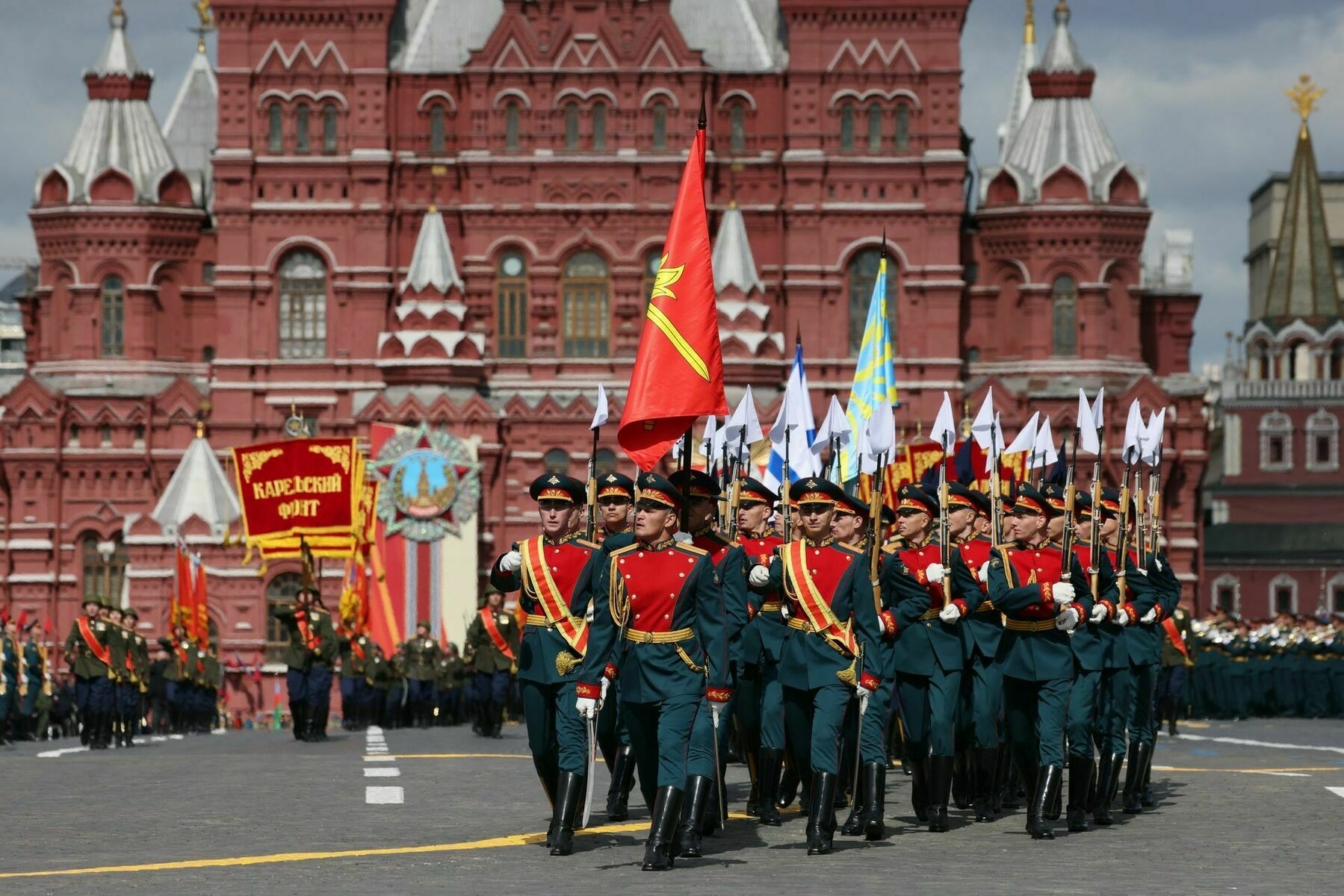
Key developments on May 9:
- Russian glide bombs attack Sumy Oblast despite ceasefire, Air Force says
- European ministers approve special tribunal to prosecute Russia’s aggression against Ukraine
- EU to provide Ukraine with over 1 million shells over 2025, allocate over $2 billion for military aid from Russian frozen assets
- US, European allies finalize proposal for 30-day unconditional ceasefire, Reuters report
- Ukraine detains Hungarian spy network in westernmost Zakarpattia Oblast, SBU reports
Russian forces continue to attack Ukraine with guided aerial bombs despite a three-day ceasefire on Victory Day, Ukraine’s Air Force spokesperson Yuriy Ihnat told Ukrainska Pravda on May 9.
While the Kremlin unilaterally announced a truce from May 8–11 , heavy fighting continued in multiple regions throughout the front line.
Russian troops launched 130 guided aerial bombs on May 8 against Sumy Oblast, which shares a border with Russia, including Bryansk Oblast to the northeast, and Kursk and Belgorod Oblasts to the east.
Russia continued striking Ukrainian territory the following day, on May 9, which coincides with Victory Day, a major national holiday commemorating the Soviet Union's victory over Nazi Germany in World War II.
Russian forces launched 56 guided bombs by midday using Su-34 aircraft operating under the cover of Su-35 fighters, Ihnat said.
The spokesperson added that at noon, nearly 10 Russian aircraft were near the front line's Donetsk, Zaporizhzhia, and Sumy sectors.
Before the ceasefire, Russia launched three waves of drones against Ukraine, totaling more than 200, according to an Air Force report. Ukrainian forces shot down 101 drones, while another 70 disappeared from radars without causing any damage.
On the following morning, when the ceasefire had started, Russian attacks killed and injured Ukrainian civilians in at least two oblasts, according to local authorities.
Ukraine is sending the war back to Russia — just in time for Victory DayOver the past days, Moscow’s grand avenues, like every year in early May, were taken over by the growling of 80-year-old tanks and the smell of gasoline burned by military vehicles. To the delight of many locals, soldiers marched in multiple rehearsals for the May 9 Victory Day Parade in the week leading up to the actual event. But as Moscow prepares for its fourth parade since the start of Russia’s full-scale invasion of Ukraine, the atmosphere this year is different. At the turn of the mont The Kyiv IndependentKarol Luczka
The Kyiv IndependentKarol Luczka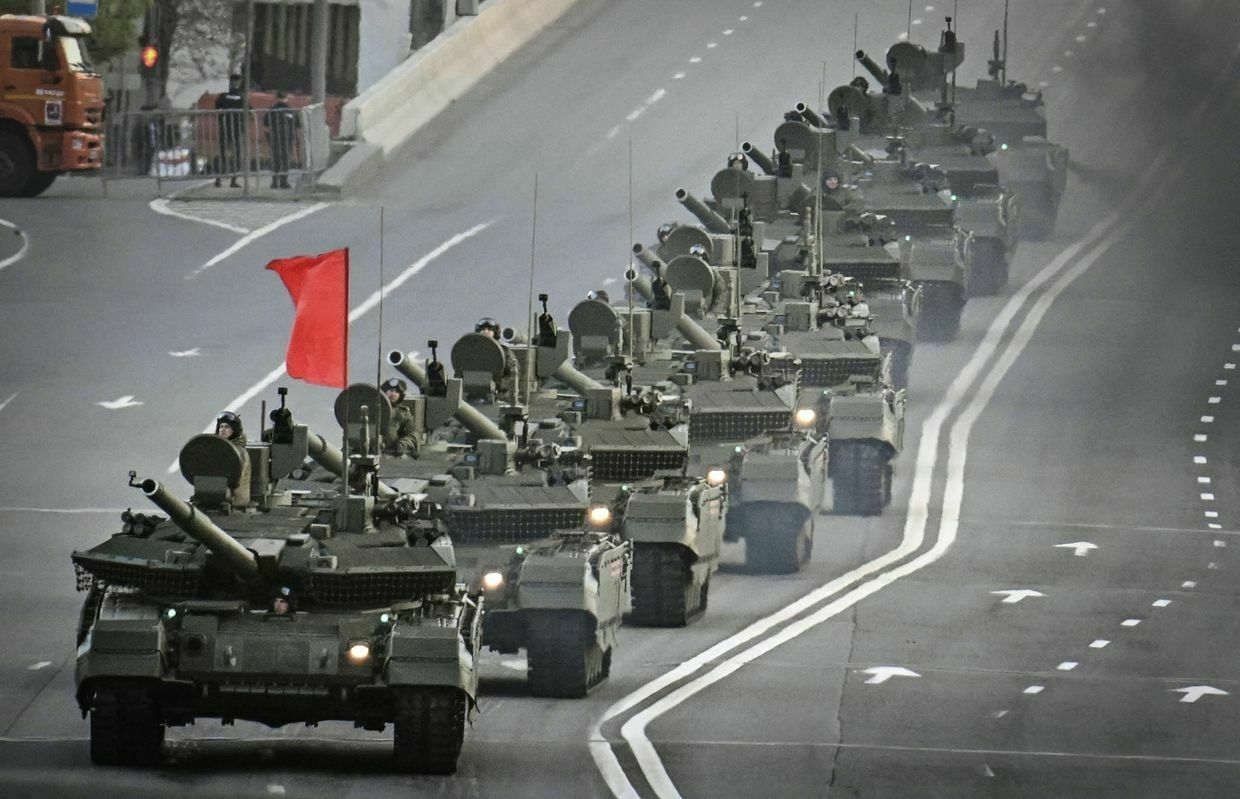
European ministers approve special tribunal to prosecute Russia's aggression against UkraineEuropean foreign ministers approved the creation of a special tribunal for the crime of aggression against Ukraine during a meeting in Lviv on May 9.
The tribunal, which will operate under the auspices of the Council of Europe, aims to prosecute Russia's top political and military leadership, including President Vladimir Putin.
The approval marks a key step in international efforts to hold Moscow accountable for what is considered the gravest violation of international law committed against Ukraine.
In a joint statement, coalition representatives welcomed the completion of technical work on the legal instruments necessary to establish the tribunal.
They cited the UN General Assembly resolutions on aggression against Ukraine and the Vienna-Riga Statement of Nov. 22, 2024, as the foundation for the tribunal's mandate.
The coalition reaffirmed its commitment to launching the tribunal's work as soon as possible and called on additional states and international organizations to join and support the tribunal's activities.
The next formal step will be at the Council of Europe's Committee of Ministers meeting in Luxembourg on May 13–14.
The statement was endorsed in the presence of EU foreign policy chief, Kaja Kallas, and Council of Europe Commissioner for Democracy, Justice, and Rule of Law Michael McGrath.
Delegations from 35 countries and the Council of Europe gathered in Lviv on May 9. The visit coincided with Russia's Victory Day parade in Moscow, an annual event the Kremlin uses to showcase military might and justify its war against Ukraine.
President Volodymyr Zelensky has long advocated for the tribunal to ensure that Putin and other senior Russian officials face justice for launching the invasion nearly three years ago.
Ukrainian authorities have documented thousands of war crimes, including deliberate strikes on civilians, cultural heritage sites, medical facilities, as well as torture and forced deportations.
The International Criminal Court (ICC) has already issued arrest warrants for Putin and Maria Lvova-Belova, the Russian official overseeing the forced deportation of Ukrainian children to Russia.
Unlike other international charges such as war crimes or crimes against humanity, the crime of aggression targets only the top leadership responsible for planning and waging a war.
France is sending Ukraine more AASM Hammer bombs — here’s what they can do against Russian forcesIn a boon for Kyiv’s offensive capabilities, France has announced it will manufacture 1,200 AASM Hammer bombs for Ukraine in 2025. Glide bombs have become an integral part of both Russia and Ukraine’s arsenals, allowing the delivery of powerful payloads for relatively little cost. The AASM Hammer is one of several modern Western models and has already been used by Ukraine to great effect. “The pilots of the Ukrainian Air Force speak very positively about this weapon,” Viktor Kevliuk, a retire The Kyiv IndependentChris York
The Kyiv IndependentChris York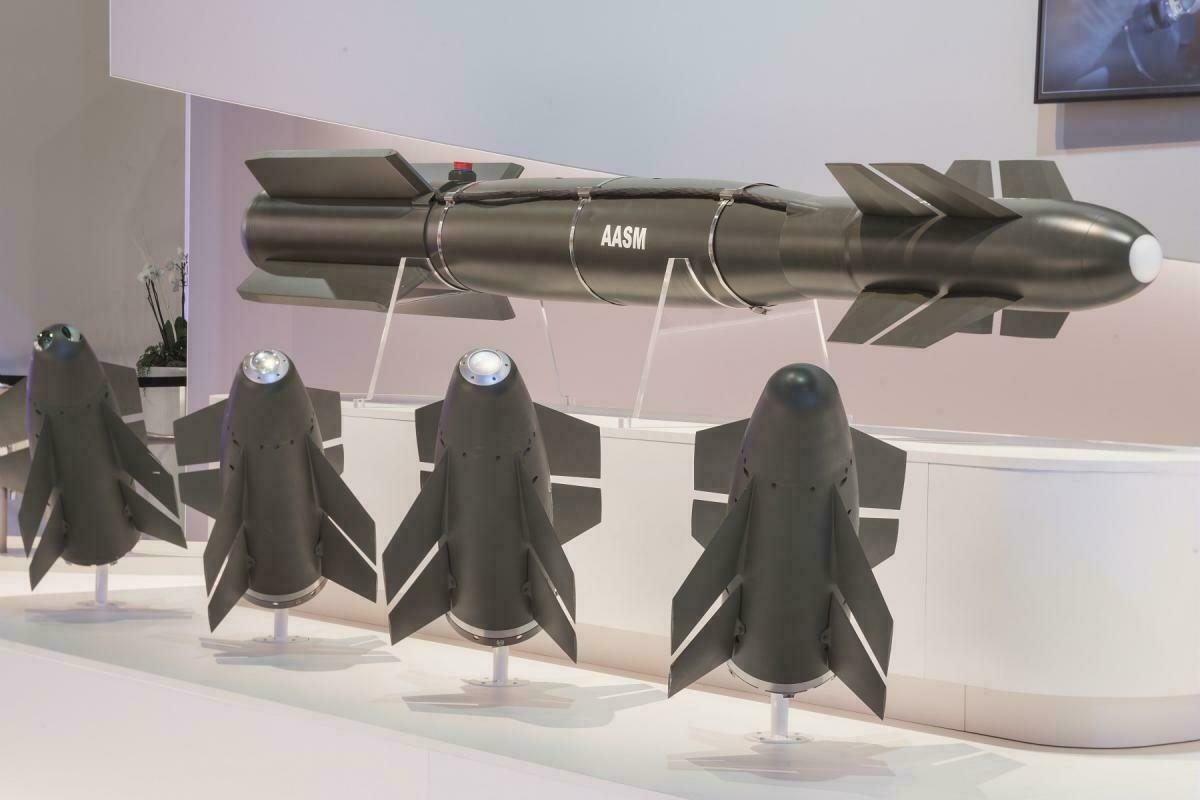
EU to provide Ukraine with over 1 million shells over 2025, allocate over $2 billion for military aid from Russian frozen assetsThe European Union has pledged to supply over 1.35 million rounds in 2025 and plans to allocate nearly 1.9 billion euro ($2.1 billion) from Russian frozen assets in military support for Ukraine, Ukrainian officials announced on May 9.
The news comes as delegations from 35 countries and the Council of Europe gathered in Lviv to discuss the establishment of a special tribunal against the Russian leadership and new defense aid for Ukraine.
Ukrainian foreign minister Andrii Sybiha thanked the EU's top diplomat, Kaja Kallas, and EU allies for the initiative to provide 2 million artillery rounds for Ukraine. According to Sybiha, by the end of 2025, European partners must send Ukraine at least 1.35 million shells, while work to increase this number is ongoing.
The minister also highlighted the new EU instruments for the long-term development of the European defense sector and the accelerated integration of the Ukrainian and European defense industries.
"This will strengthen European defense with our unique technologies and strengthen our defenders on the battlefield," Sybiha said.
‘I just hate the Russians’ — Kyiv district recovers from drone strike as ceasefire remains elusiveWhen a Russian drone strike set a high-rise across the street on fire just after midnight on May 4, 34-year-old veteran Petro Kryvoruka shook his wife, Halyna, awake in their Kyiv apartment. As the buzzing of drones continued, he braced for another explosion. “I told (my wife), ‘Something is coming, it must be nearby,’” Kryvoruka told the Kyiv Independent the morning after the attack. “We decided to move to the corridor.” Moments later, more explosions rocked Kyiv’s Obolon district, in the nor The Kyiv IndependentKateryna Denisova
The Kyiv IndependentKateryna Denisova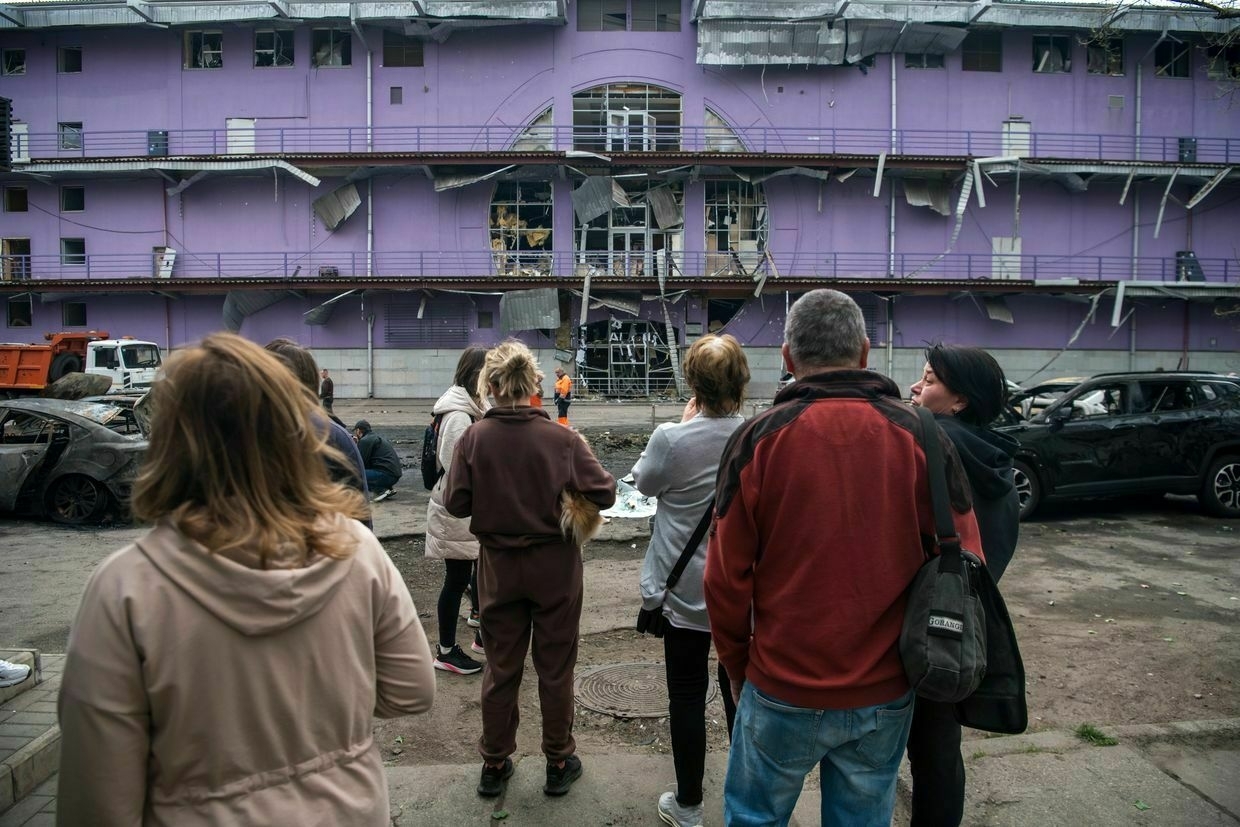
Following the event in Lviv, Prime Minister Denys Shmyhal said that the EU has announced its intention to allocate almost 1.9 billion euro ($2.1 billion) for military support to Ukraine.
"This is a historic decision, as weapons for Ukraine will be purchased at the expense of the proceeds from frozen Russian assets through the European Peace Fund," Shmyhal said.
One billion euros ($1.1 billion) of this sum will be used to purchase weapons according to the Danish model, that is, directly from Ukrainian manufacturers, by Italy, Denmark, France, and the Netherlands, Shmyhal added.
Another 600 million euros ($676 million) will be spent on artillery and ammunition, while more than 200 million euros ($226 million) will be spent on strengthening Ukraine's air defense, according to Shmyhal.
Speaking at the same event, French foreign minister Jean-Noël Barrot announced that Paris will allocate profits from frozen Russian assets to the maintenance of CEASAR 155mm howitzers, of which Ukraine has received dozens since 2022.
Since the beginning of the full-scale invasion, Europe has allocated 138 billion euros ($157 billion), 23 billion euros ($26 billion) more than the U.S., according to an April 15 report by the Kiel Institute for the World Economy's Ukraine Aid Tracker.
The U.S. still holds an edge in terms of military aid — its 65 billion euros ($74 billion) total leads Europe by 1 billion euros ($1.1 billion) — but the gap is narrowing, as Washington has not allocated a new aid package since Jan. 9, still under the Biden administration.
How medics of Ukraine’s 3rd Assault Brigade deal with horrors of drone warfareEditor’s Note: Due to the security protocols of the brigade featured in this story, Ukrainian soldiers and military medics mentioned are identified by their callsigns only. KHARKIV OBLAST – As is usually the case at stabilization points across Ukraine in the fourth year of Russia’s full-scale war, peak hour for the arrival of the wounded comes at sunset. Three members of one of the heavy bomber drone teams have been evacuated, two of whom are carrying nasty burns after their dugout was spotted The Kyiv IndependentFrancis Farrell
The Kyiv IndependentFrancis Farrell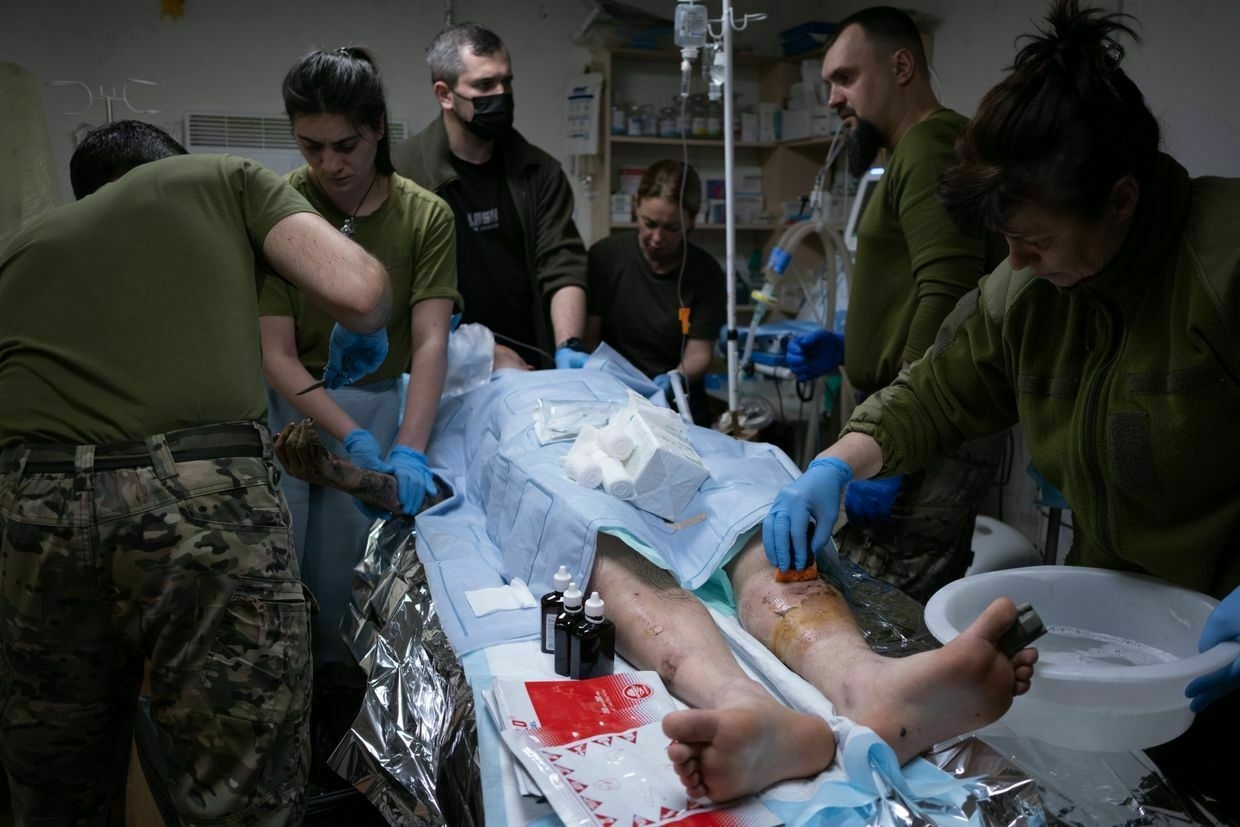
US, European allies finalize proposal for 30-day unconditional ceasefire, Reuters reportsThe U.S. and European allies are in the final stages of working on a proposal for a 30-day unconditional ceasefire in the Russian war against Ukraine, Reuters reported on May 9, citing a French diplomatic source.
The day before, U.S. President Donald Trump on May 8 called for a "30-day unconditional ceasefire" between Ukraine and Russia.
Yet, recent months have seen a series of failed peace talks and ceasefires, including one initially brokered by the U.S. in March. While Ukraine immediately agreed to the ceasefire, Russia repeatedly violated it.
Washington and its partners are considering additional sanctions if the parties do not observe a ceasefire, with political and technical negotiations between Europe and the U.S. intensifying since last week, Reuters' source said.
"We felt in the discussions with the Americans a certain irritation towards the Russian posture, the lack of reactivity and seriousness in its responses to what was proposed before," the source told Reuters. "The decision is practically taken."
Nearly two months ago, Ukraine accepted a U.S.-proposed 30-day ceasefire, but Moscow rejected it, demanding a complete halt on military aid to Ukraine.
Russia has repeatedly proclaimed its supposed readiness for peace talks while simultaneously pushing for maximalist demands. Kyiv has dismissed these declarations as a propaganda stunt, noting that Russian forces have only intensified their attacks on Ukrainian cities and towns.
‘The front is noisy’ — for Ukraine’s soldiers, Russia’s Victory Day ‘ceasefire’ is yet another shamMoscow’s self-declared truce which came into force at midnight on May 8 is not being felt on the front lines, Ukrainian soldiers have told the Kyiv Independent, reporting numerous cases of Russian military activity throughout the day. “There is no truce. There is shelling, artillery, drone and FPV (bomb) drops,” Petro Kuzyk, a battalion commander at the National Guard, said. The Kremlin announced the measure on April 28, claiming all military actions would halt on May 8 to midnight on May 11 t The Kyiv IndependentChris York,
The Kyiv IndependentChris York,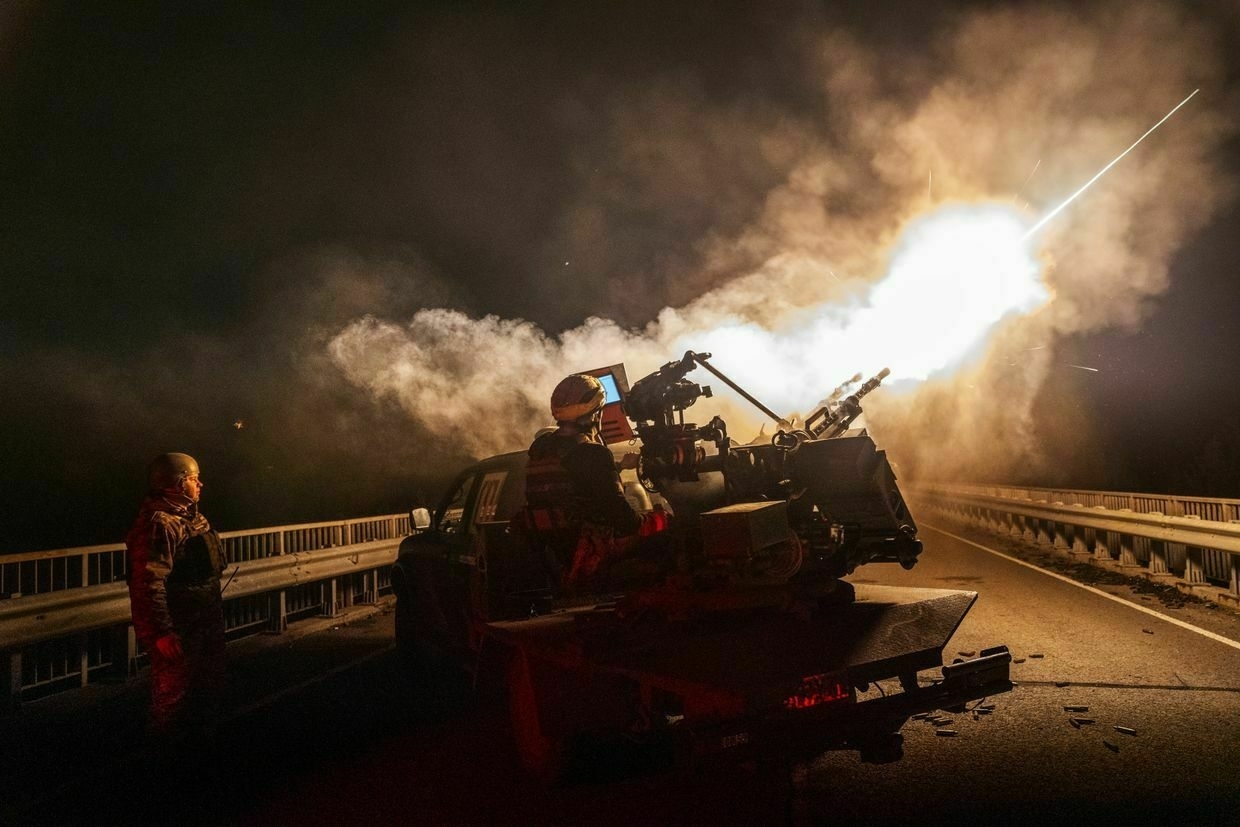
Ukraine detains Hungarian spy network in westernmost Zakarpattia Oblast, SBU reportsThe Security Service of Ukraine (SBU) has allegedly dismantled a Hungarian military intelligence network operating in Zakarpattia Oblast, detaining two agents accused of espionage against the Ukrainian state, the agency announced on May 9.
According to the SBU, this marks the first time Ukrainian authorities have exposed a Hungarian military intelligence network conducting activities harmful to Ukraine.
The operation's objectives reportedly included gathering intelligence on military defenses, identifying vulnerabilities in its ground and air defense systems, and assessing local residents' socio-political views, particularly scenarios of public reaction if Hungarian troops entered the region.
Hungarian Prime Minister Viktor Orban has been broadly seen as the most Moscow-friendly leader in the EU during Russia's all-out war against Ukraine. He has repeatedly opposed military aid for Ukraine, arguing that Western support prolongs the war.
Zakarpattia Oblast is a region with a sizable ethnic Hungarian minority and a sensitive location along NATO's eastern frontier. Kyiv has long accused Budapest of undermining Ukraine's sovereignty through political interference and dual citizenship schemes.
SBU counterintelligence detained two alleged agents as a result of a complex operation. Investigators identified their supervisor as a Hungarian military intelligence officer, whose identity has been established by the agency.
Russian regime’s legitimacy rests on the manipulation of historyWorld War II was a bloodbath of unspeakable proportions, planned and executed by totalitarian powers. It brought the catastrophe of the Holocaust. It also led to the division of Europe and loss of freedom of many nations in Europe, including my own. Today, at the time of commemoration of 80 years since the end of World War II, Russia is singularly responsible for launching the most devastating war in Europe since 1945. Three years into the full-scale war, Russia has failed to achieve its war ai The Kyiv IndependentBaiba Braze
The Kyiv IndependentBaiba Braze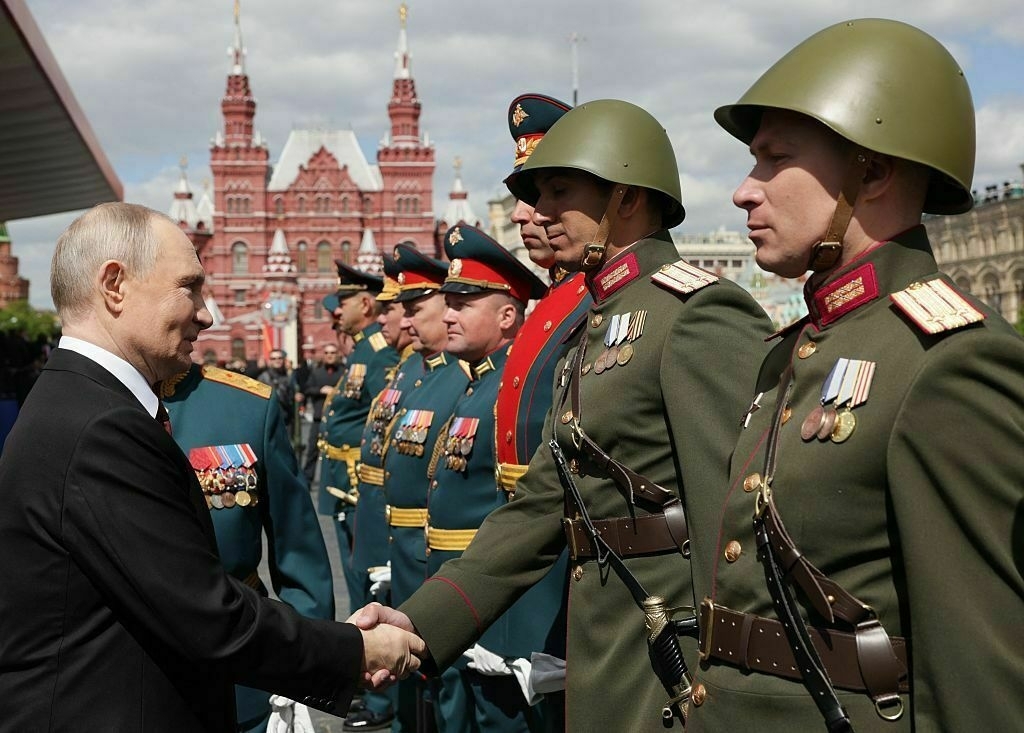
One of the suspects, a 40-year-old former Ukrainian military officer, was recruited by Hungarian intelligence and placed on standby in 2021.
The SBU said he was "activated" in September 2024. After that, he reportedly conducted reconnaissance on the deployment of Ukrainian Armed Forces and the coordinates of S-300 air defense systems in the region.
The agency documented that after gathering intelligence, the agent crossed into Hungary to deliver reports to his handler.
During these meetings, the Hungarian intelligence officer allegedly provided him with cash to fund operations and instructed him to expand an informant network.
According to the investigation, the agent attempted to recruit at least two individuals.
In March 2025, the SBU recorded a second meeting between the agent and his handler. The agent reportedly received a phone equipped with specialized software for covert communications.
His new tasks included identifying official vehicles belonging to Ukraine's army, gathering data on military losses, and reporting front line developments through an identified contact in the Armed Forces.
The second detainee is a former member of Ukraine's security forces, who left service in 2025. The SBU said her responsibilities involved reporting on the presence of aircraft and helicopters in Zakarpattia and the air defense systems at her former military unit.
The agency said the suspects have been charged with high treason under martial law. They are currently in custody and face life imprisonment with property confiscation.
Hungarian Foreign Minister Peter Szijjarto claimed that Budapest had not received any official information about the case and called the information "Ukrainian propaganda."
"If we receive any details or official information, we will be able to deal with it then, but until then it should be treated as propaganda, which should be treated with caution," he said.
Note from the author:
Ukraine War Latest is put together by the Kyiv Independent news desk team, who keep you informed 24 hours a day, seven days a week. If you value our work and want to ensure we have the resources to continue, join the Kyiv Independent community.
5 things Putin conveniently left out of his Victory Day speech in MoscowAmid much pomp, military machinery, and the threat of Ukrainian drone strikes, Russian President Vladimir Putin has delivered his annual speech to mark his country’s Victory Day parade. The Kremlin’s celebrations, which mark the Soviet Union’s role in defeating Nazi Germany in World War II, are one of the country’s biggest public events of the year. The annual event is also a key part of Putin’s propaganda efforts to justify aggression against what the Kremlin falsely portrays as “Nazis” in Uk The Kyiv IndependentChris York
The Kyiv IndependentChris York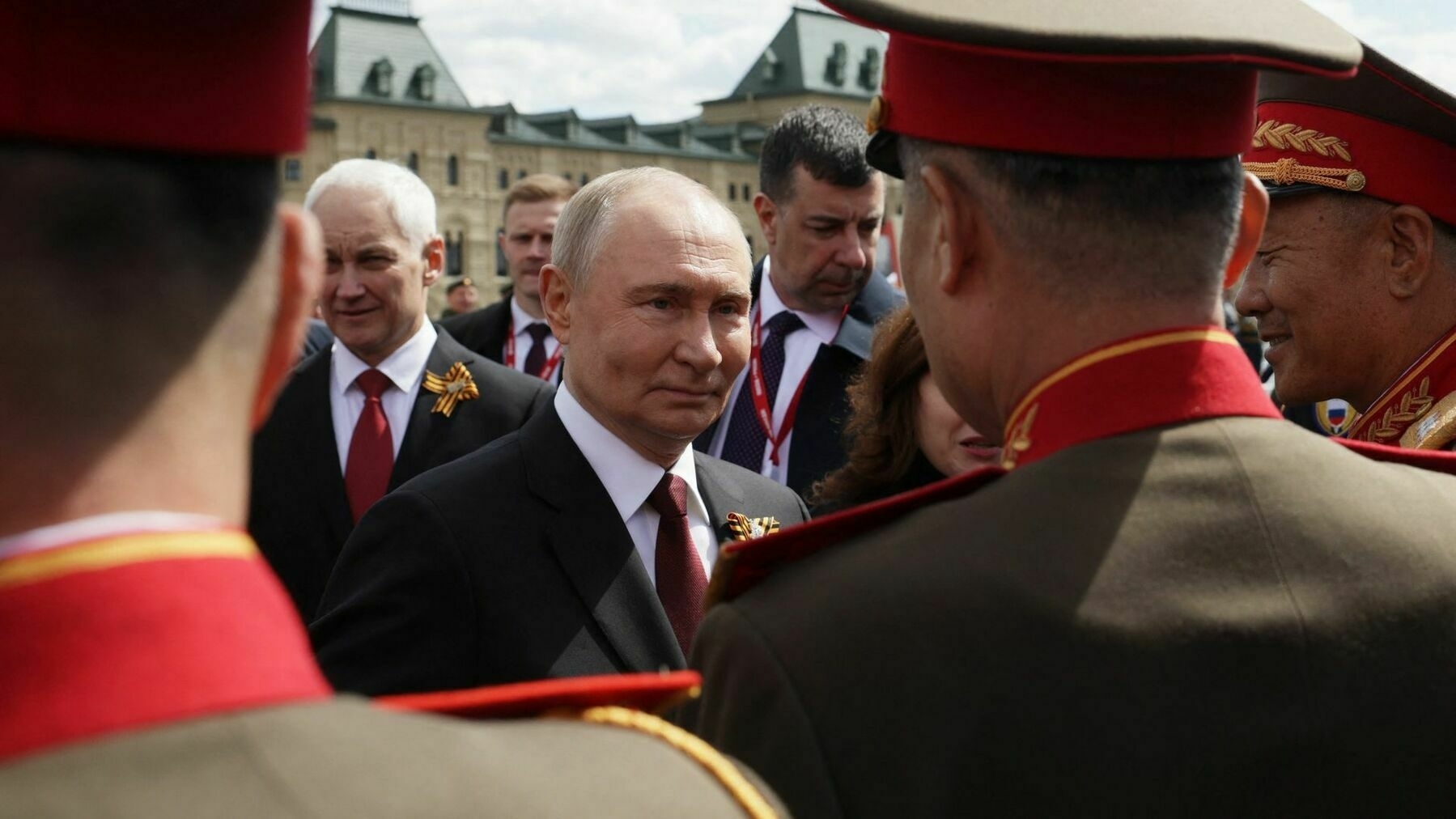
-
US embassy in Kyiv warns of potential mass attack amid Putin's Victory Day 'truce'
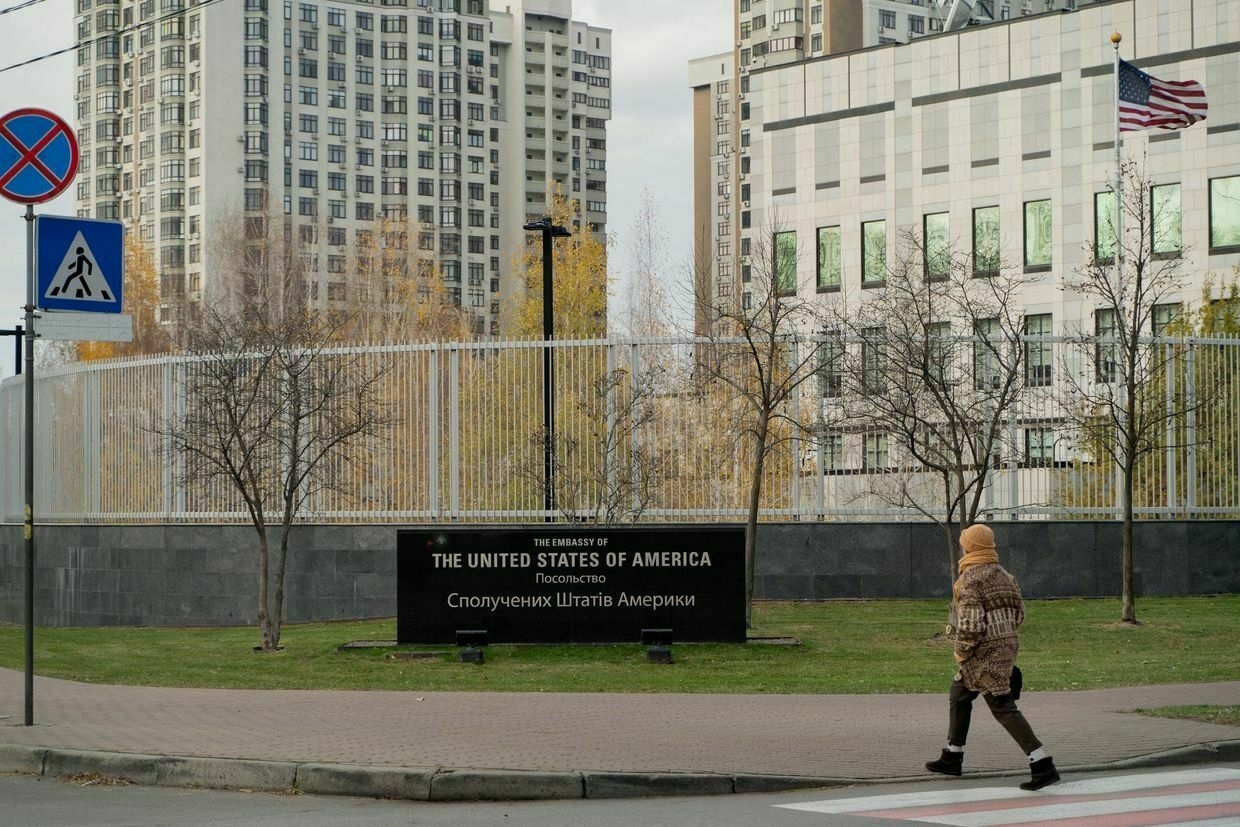
The United States embassy in Kyiv on May 9 issued a warning that Russia could launch “a potentially significant” attack in the coming days and urged U.S. citizens to prepare to take shelter immediately in the event of an aerial alert.
The warning comes amid Russian President Vladimir Putin’s self-declared “Victory Day truce," a ceasefire the Kremlin claimed would last from midnight on May 8 to midnight on May 11 in honor of Russia’s May 9 celebrations.
“The U.S. Embassy in Kyiv has received information concerning a potentially significant air attack that may occur at any time over the next several days,” the embassy announced on its website.
“The Embassy, as always, recommends U.S. citizens be prepared to immediately shelter in the event an air alert is announced."
The embassy has previously issued similar warnings as part of its standard security protocols.
While the temporary ceasefire has ostensibly already begun, Russia has continued to launch deadly attacks against civilians in Ukraine. The Ukrainian military has also reported that combat operations on the front lines have not stopped.
Similarly, Moscow’s unilateral “Easter truce” was a ceasefire in name only, as Russia violated its own terms thousands of times.
President Volodymyr Zelensky dismissed Putin’s latest ceasefire declaration as a “theatrical performance” and reiterated calls for a full, unconditional truce.
U.S. President Donald Trump on May 8 called for a “30-day unconditional ceasefire” between Ukraine and Russia — a proposal Kyiv first assented to back in March. Moscow has repeatedly refused these terms, insisting Ukraine halt all military aid before agreeing to a full ceasefire.
The U.S. and European allies are in the final stages of developing a proposal for a 30-day unconditional ceasefire, Reuters reported on May 9.
‘The enemy is right here’ — how Ukrainians living under Russian occupation defied Putin’s ‘Victory Day’Editor’s Note: The identities of Yellow Ribbon activists who live in Russian-occupied territory have been withheld for security reasons. “When my child hears about May 9 they almost scream, and so do I,” an activist with the Ukrainian Yellow Ribbon civil resistance group currently living in the Russian-occupied town of Tokmak in Zaporizhzhia Oblast, tells the Kyiv Independent. “Every week at school, from the very beginning of the semester, my kid has to do something about May 9,’” “We have le The Kyiv IndependentYuliia Taradiuk
The Kyiv IndependentYuliia Taradiuk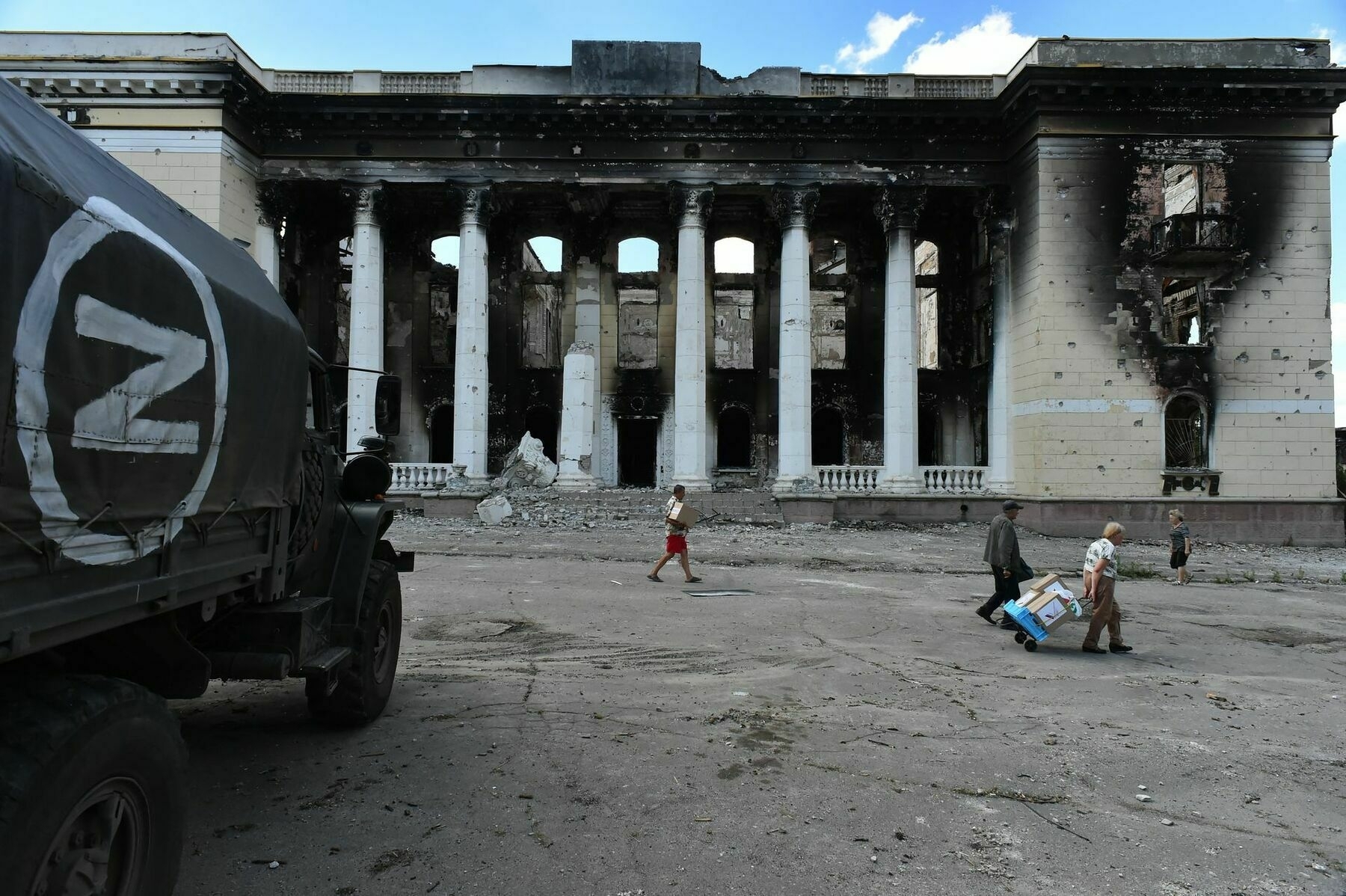
-
UK targets 101 ships in 'largest ever' sanctions against Russia's shadow fleet
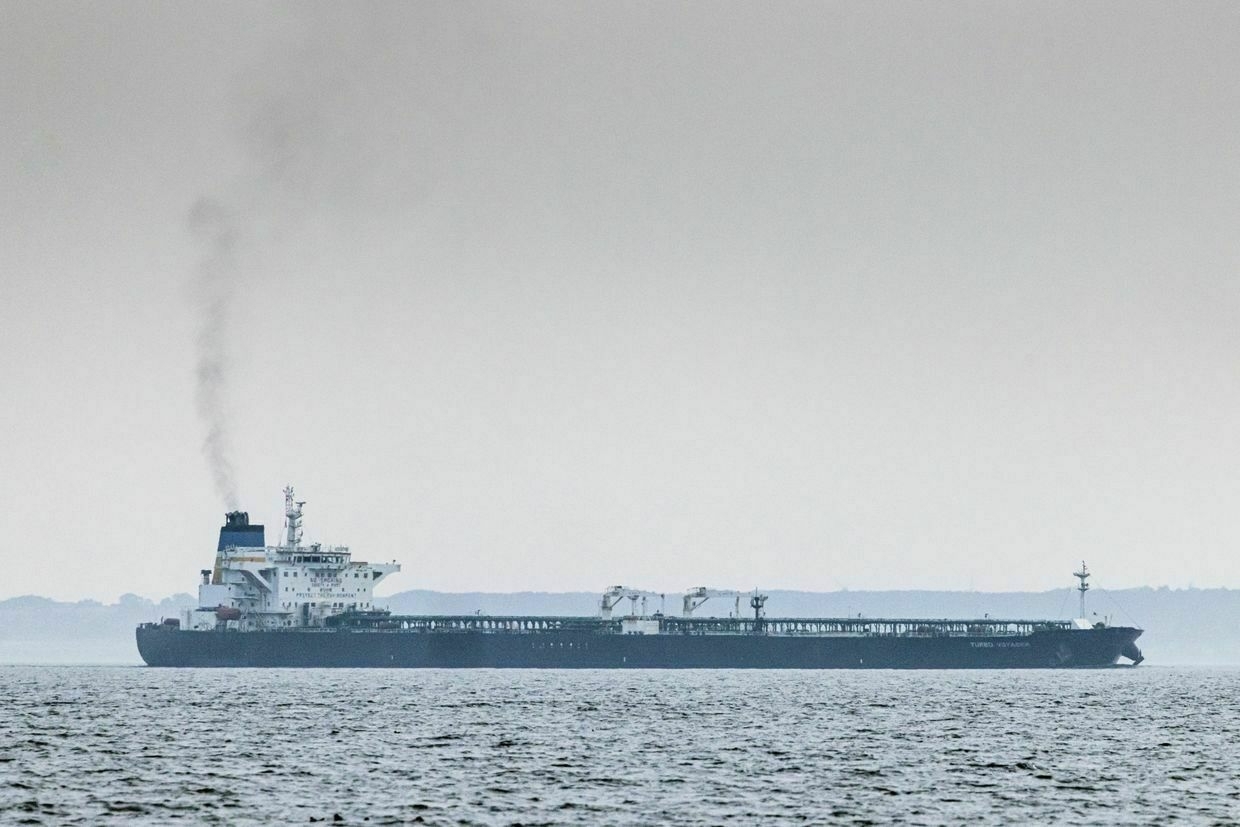
The United Kingdom on May 9 announced its “largest ever” sanctions package against Russia’s so-called “shadow fleet,” imposing restrictions on 100 oil tankers and an additional vessel said to be supporting the Russian government.
Moscow’s shadow fleet consists of aging tankers used to circumvent sanctions, including those imposed by the U.K., EU, and U.S. These vessels often operate under obscure ownership structures, use flags of convenience, and evade Western oversight.
London’s latest round of sanctions name 100 shadow fleet tankers that have shipped over $24 billion in cargo since 2024, according to a press release. The penalties also target another ship “involved in obtaining a benefit from or supporting” the Kremlin, as well as several individuals and entities in the Russian energy and financial services sectors.
The sanctions are intended to disrupt Russia’s ability to finance the full-scale war against Ukraine and protect undersea infrastructure from the risks posed by potentially unsafe vessels.
“The threat from Russia to our national security cannot be underestimated, that is why we will do everything in our power to destroy his shadow fleet operation, starve his war machine of oil revenues, and protect the subsea infrastructure that we rely on for our everyday lives,” U.K. Prime Minister Keir Starmer said.
The latest sanctions package means that the U.K. has imposed penalties on more shadow fleet vessels than any other country.
Starmer announced the sanctions at a meeting of the Joint Expeditionary Force (JEF), a U.K.-led coalition of 10 northern European NATO countries which met today in Oslo. The JEF in January set up a tracking system to alert allies if a ship poses a threat to undersea cable infrastructure and to monitor Russia’s shadow fleet.
The system was developed after several telecommunication and energy cables underneath the Baltic Sea were damaged over the previous months.
The JEF coalition wants to establish “an enhanced partnership with Ukraine,” providing training and disinformation support to Kyiv while learning from the battlefield experience of Ukrainian troops, according to London.
‘The enemy is right here’ — how Ukrainians living under Russian occupation defied Putin’s ‘Victory Day’Editor’s Note: The identities of Yellow Ribbon activists who live in Russian-occupied territory have been withheld for security reasons. “When my child hears about May 9 they almost scream, and so do I,” an activist with the Ukrainian Yellow Ribbon civil resistance group currently living in the Russian-occupied town of Tokmak in Zaporizhzhia Oblast, tells the Kyiv Independent. “Every week at school, from the very beginning of the semester, my kid has to do something about May 9,’” “We have le The Kyiv IndependentYuliia Taradiuk
The Kyiv IndependentYuliia Taradiuk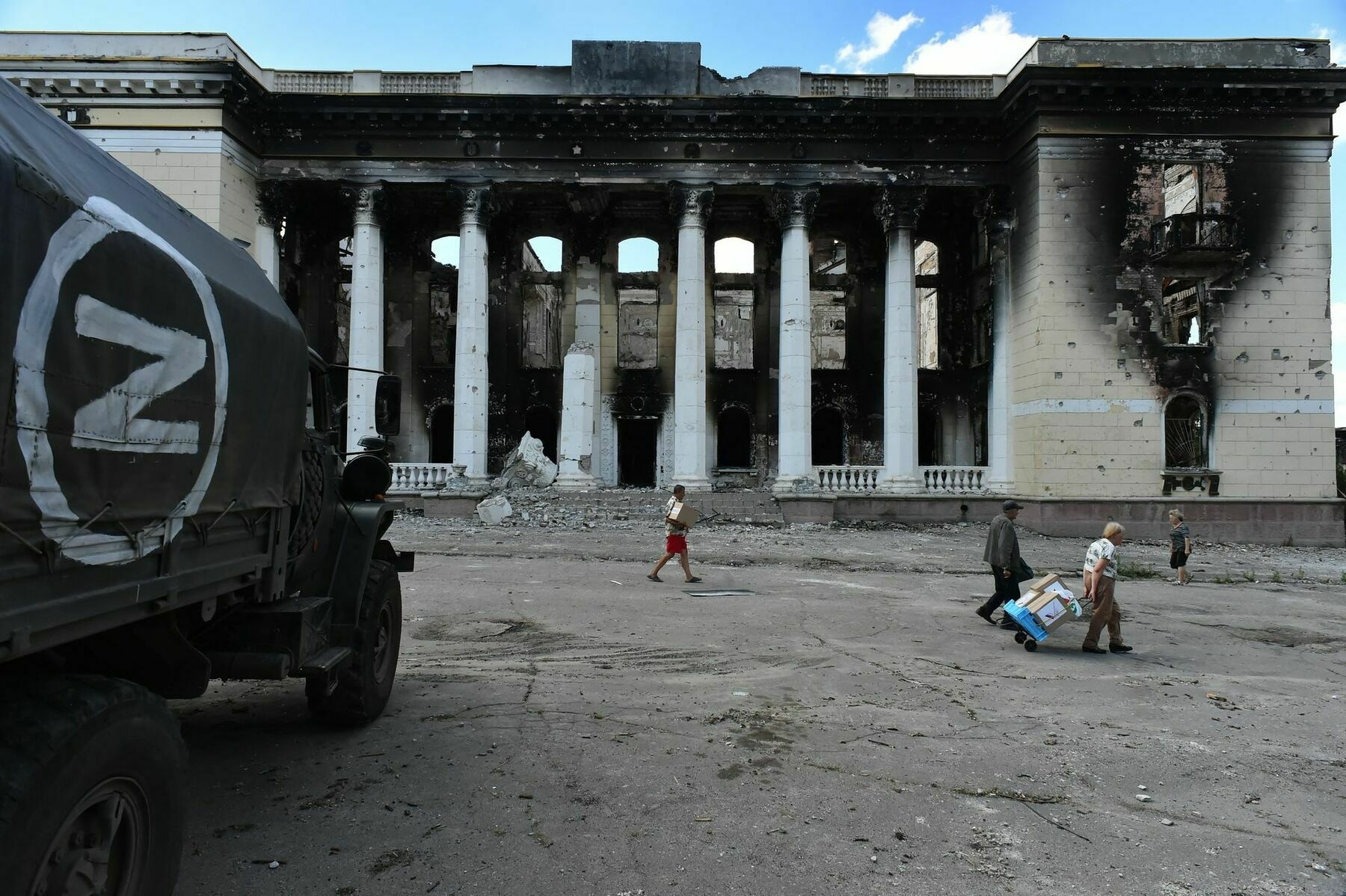
-
'The enemy is right here' — how Ukrainians living under Russian occupation defied Putin's 'Victory Day'
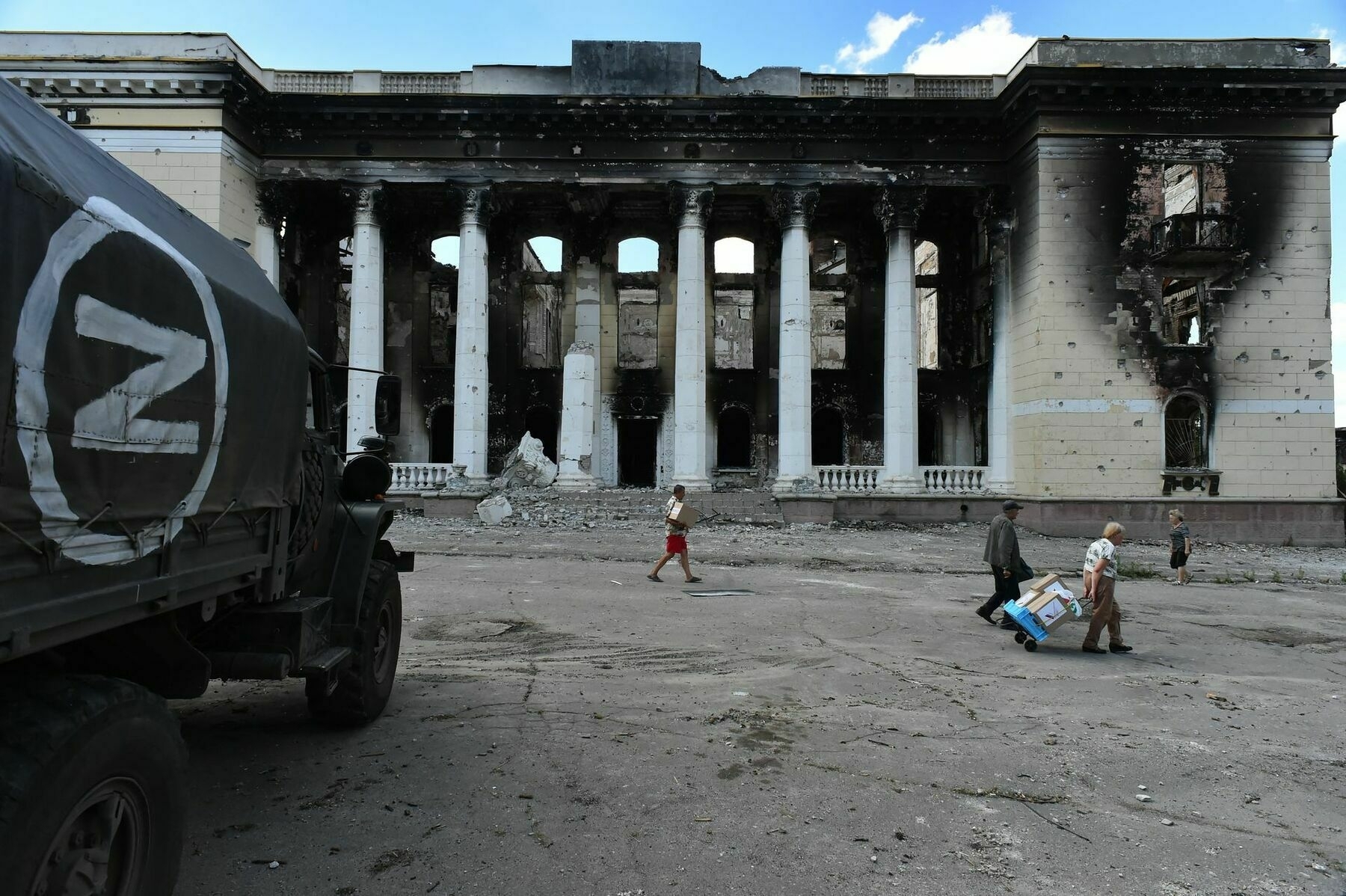
Editor’s Note: The identities of Yellow Ribbon activists who live in Russian-occupied territory have been withheld for security reasons.
“When my child hears about May 9 they almost scream, and so do I,” an activist with the Ukrainian Yellow Ribbon civil resistance group currently living in the Russian-occupied town of Tokmak in Zaporizhzhia Oblast, tells the Kyiv Independent.
“Every week at school, from the very beginning of the semester, my kid has to do something about May 9,'”
“We have learnt all the songs, the Soviet uniform is already lying at home because we were forced to buy it, and every third homework assignment for six months has been about it,” they added.
Russia’s Victory Day celebrations, which mark the Soviet Union’s role in defeating Nazi Germany in World War II, are one of the country’s biggest public events of the year.
The annual performance is a key part of Russia’s propaganda efforts to justify aggression against what the Kremlin falsely describes as “Nazis” in Ukraine, with the day culminating in a military parade in Moscow’s Red Square, and a speech by Russian President Vladimir Putin.
The event’s reach also extends to Russian-occupied Ukrainian territories, where Kremlin-installed authorities continue their attempts to “russify” the land and its people.
But across occupied Crimea, and the partially occupied parts of Luhansk, Donetsk, Zaporizhzhia, and Kherson oblasts, activists of the Ukrainian Yellow Ribbon civil resistance movement monitor, report, and defy the Russians.
“This is a way of saying that we are here and we have not surrendered,” a Yellow Ribbon activist currently living in Donetsk, under Russian occupation since 2014, tells the Kyiv Independent.
“On the day when the occupiers celebrate a victory that is not ours, people like me remember that the real victory is still ahead, and it will be Ukrainian."
“It may be dangerous, but it’s even more frightening to remain silent,” they added.
Inside occupied Ukraine’s most effective resistance movementsActs of resistance come in many shapes and sizes. From a colored ribbon tied to a tree or a flag raised over a remote mountain face, to a quick tip-off on an encrypted app that sets off a chain of events culminating in the destruction of a warship, everything counts. However big or small, whether the impact is military or symbolic, the actions of Ukrainians living in Russian-occupied territories over almost two years of full-scale war have all worked to drive one simple message home: that Russ The Kyiv IndependentFrancis Farrell
The Kyiv IndependentFrancis Farrell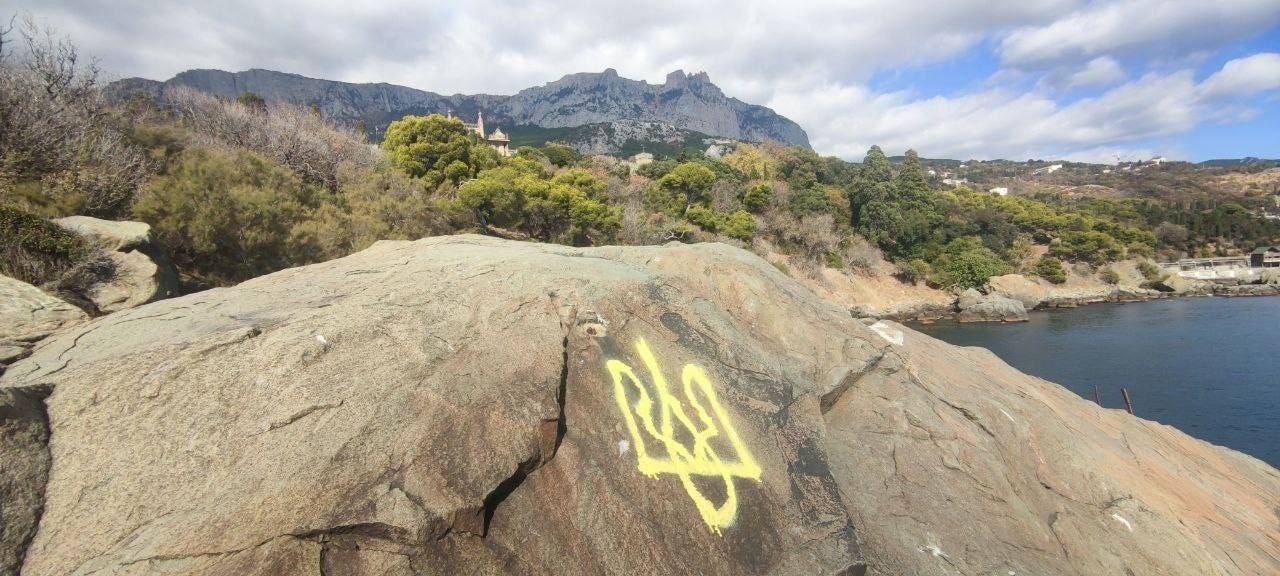
Resistance in Russian-occupied territories is highly dangerous — anyone deemed to be defying the occupying authorities faces the very real possibility of imprisonment and torture.
As such, small acts carried out in relative safety can carry huge significance for those defying the Kremlin.
“Going out is not an option. We downloaded ‘The Lord of the Rings’ and will watch it instead of the Victory Day celebration,” the activist in Tokmak said.
In Moscow, amid much pomp, military machinery, and the threat of Ukrainian drone strikes, Putin delivered his annual speech to mark his country’s Victory Day parade, but omitted several key things from his version of the events of World War II.
“I am sick and tired of this hypocrisy and brazen Russian propaganda about their ‘Russian victory,’” an activist currently living in Melitopol, occupied by Russian forces in 2022, tells the Kyiv Independent.
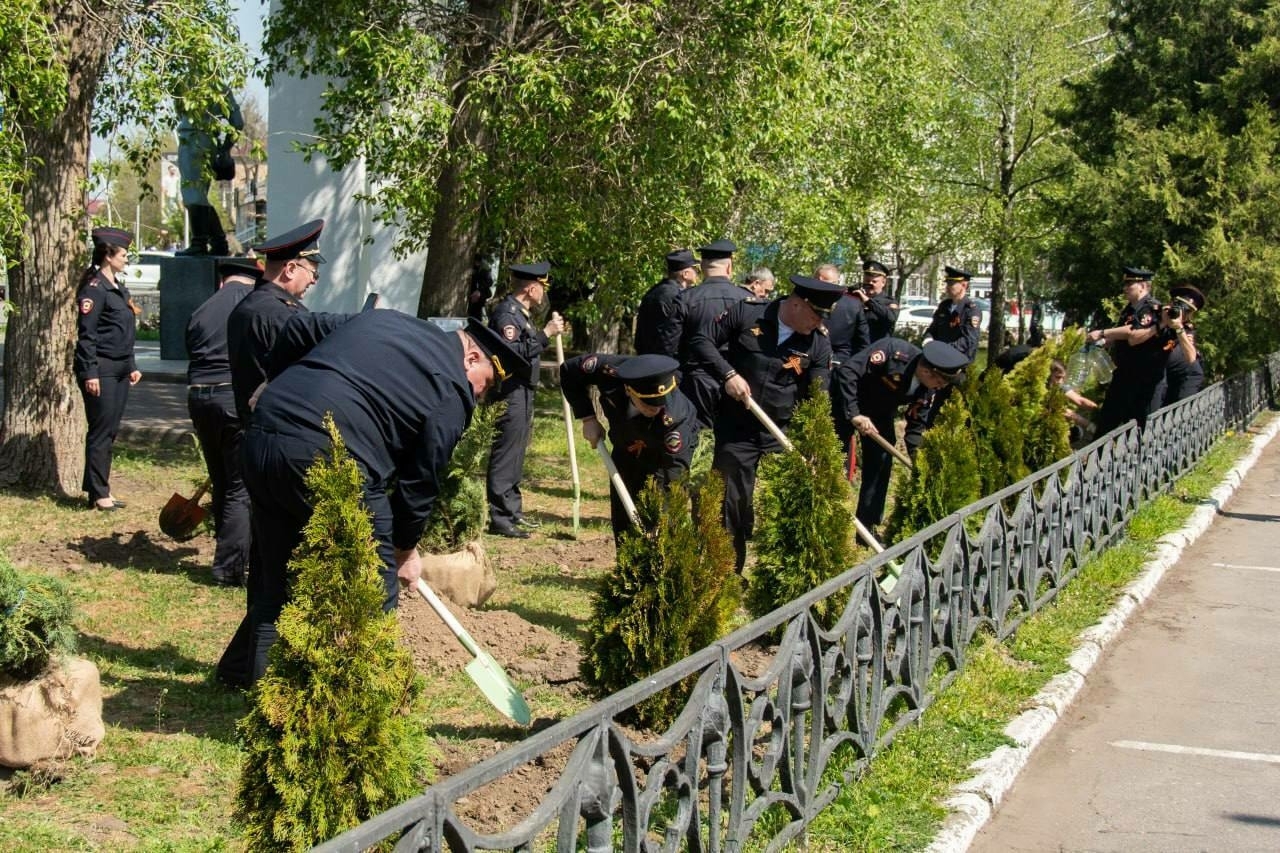
People participate in an event organized by Russian occupation authorities in Melitopol, Ukraine, in a photo published by pro-Kremlin media on May 9, 2025. (Telegram) “We don’t want to celebrate at all — the occupiers have distorted the very essence of this day. But for ourselves, we remember the dead, because this is a day of remembrance, not celebration,” they added.
Although Putin will never admit it, Ukraine played a hugely significant role on the Soviet Union’s defeat of Nazy Germany — at least six million Ukrainians fought in the Soviet army, and though exact numbers are unknown, it’s estimated that around 1.65 million of the Ukrainians who fought were killed, the highest number from any of the Soviet republics after Russia itself.
Before the Russian invasion of Ukraine in 2014, Victory Day — celebrated on May 9 in contrast to May 8 in most of Europe and the U.S. — was a popular occasion.
In 2010, 58% of the population considered it one of the most important public holidays. By 2025, and after 11 years of war, that number has fallen to just 11%. May 8 was officially made a public holiday in Ukraine in 2023, the Day of Remembrance and Reconciliation.
An activist currently living in Alchevsk, Luhansk Oblast, occupied by Russia since 2014, said they’d marked the May 8 holiday but said it was “very difficult for us here."
“Because the enemy is right here, and the idea of reconciliation with the enemy is not appropriate now,” they said.
“When there is a victory, when there are tanks in Moscow, then maybe in 10 years the idea of ‘reconciliation’ will be perceived normally, but now it is very difficult,” they added.
But despite the risks, they are undeterred in their desire to maintain the resistance.
“This is Ukraine. I am Ukrainian, and my parents were Ukrainian. Showing this to the world is the right thing to do, no matter what happens next,” they said.
“Children are being trained to march, sing songs about the ‘feats of the grandfathers,’ and prepare performances about the war.”
Viktoria, a Ukrainian psychologist living now in Berlin survived weeks of Russian occupation before leaving her home city, Berdiansk, Zaporizhzhia Oblast, in April 2022.
She asked for her last name to be withheld as her relatives still live there. She told the Kyiv Independent her mother is "simply planning to avoid the central streets" during the Victory Day celebrations.
For Ukrainians living under Russian occupation, the holiday has been imposed on them regardless. In occupied Melitopol, Zaporizhzhia Oblast, the Communist Party of Russia unveiled a monument to Soviet dictator Joseph Stalin.
"To the organizer and inspirer of the victory of the Soviet people over the Nazi invaders, Generalissimo of the Soviet Union Joseph Stalin, from grateful descendants," a plaque on it reads.
Stalin's legacy in Ukraine is marked by profound suffering. Under his rule, millions of Ukrainians died during the Holodomor, a man-made famine in 1932–1933.
In Russian-occupied Sevastopol, Crimea, schoolchildren have been forced to draw postcards for the Russian military.
Some parents withdrew their children from school rather than allow authorities to make them do it, according to the Yellow Ribbon activists on the peninsula.
The viewing of the parade in Moscow is compulsory viewing for students and staff in schools in the occupied territories of Donetsk Oblast, the Centre of National Resistance reported on May 7.
"I know from my acquaintances that there is a total 'victory frenzy' in schools and kindergartens," a Yellow Ribbon member currently living in Donetsk, under Russian occupation since 2014, tells the Kyiv Independent.
"Children are being trained to march, sing songs about the ‘feats of the grandfathers,’ and prepare performances about the war," they added.

People participate in an event organized by Russian occupation authorities and members of United Russia, the ruling party of Russian President Vladimir Putin, in Henichesk, Ukraine, in a photo published by pro-Kremlin media on May 9, 2025. (Telegram) This year is the fourth Victory Day since the start of the full-scale invasion, and resistance to the holiday has been present throughout.
Natalia Shatilova-Pohasiy, is a volunteer and acting head of the Dnipro District Organization of the Ukrainian Red Cross Society in Kherson, a city which was occupied for several months in 2022.
"After 13 March (2022), when Kherson residents marched in columns to the Park of Glory with Ukrainian flags and inscriptions ‘Kherson is Ukraine,' the conscientiousness people did not celebrate Victory Day," she tells the Kyiv Independent.
"On May 9, 2022 we stayed at home so as not to provide a photo opportunity for the Russian media, as well as to not be in danger," she added.
Ukraine has had some success at disrupting Russia's Victory Day — the parade in the occupied Crimean port city of Sevastopol was cancelled over safety concerns, and other events around occupied Ukraine suffered a similar fate.
"A concert in the city centre was promised — a band was supposed to come from (the Russian cities of) Yelabuga and from Tver and at first it should have been obligatory for school children," the activist from Tokmak said.
"But at the last minute, the organizers cancelled, saying something about it being too dangerous."
‘Evil must not win’ — how Ukraine’s female partisans resist Russian occupationSomewhere in the streets of Russian-occupied Simferopol, the capital of Crimea, a woman puts a sticker on the wall. It’s a short message, but if she is seen doing it, she will face arrest, prosecution, and likely, torture. The message is: “Soon, we will be home again.” On another sticker, the most dangerous three words in the occupied Crimea: “This is Ukraine.” What makes it even more risky for their bearer is the language. The words are in Ukrainian. The woman putting up the stickers is a me The Kyiv IndependentMartin Fornusek
The Kyiv IndependentMartin Fornusek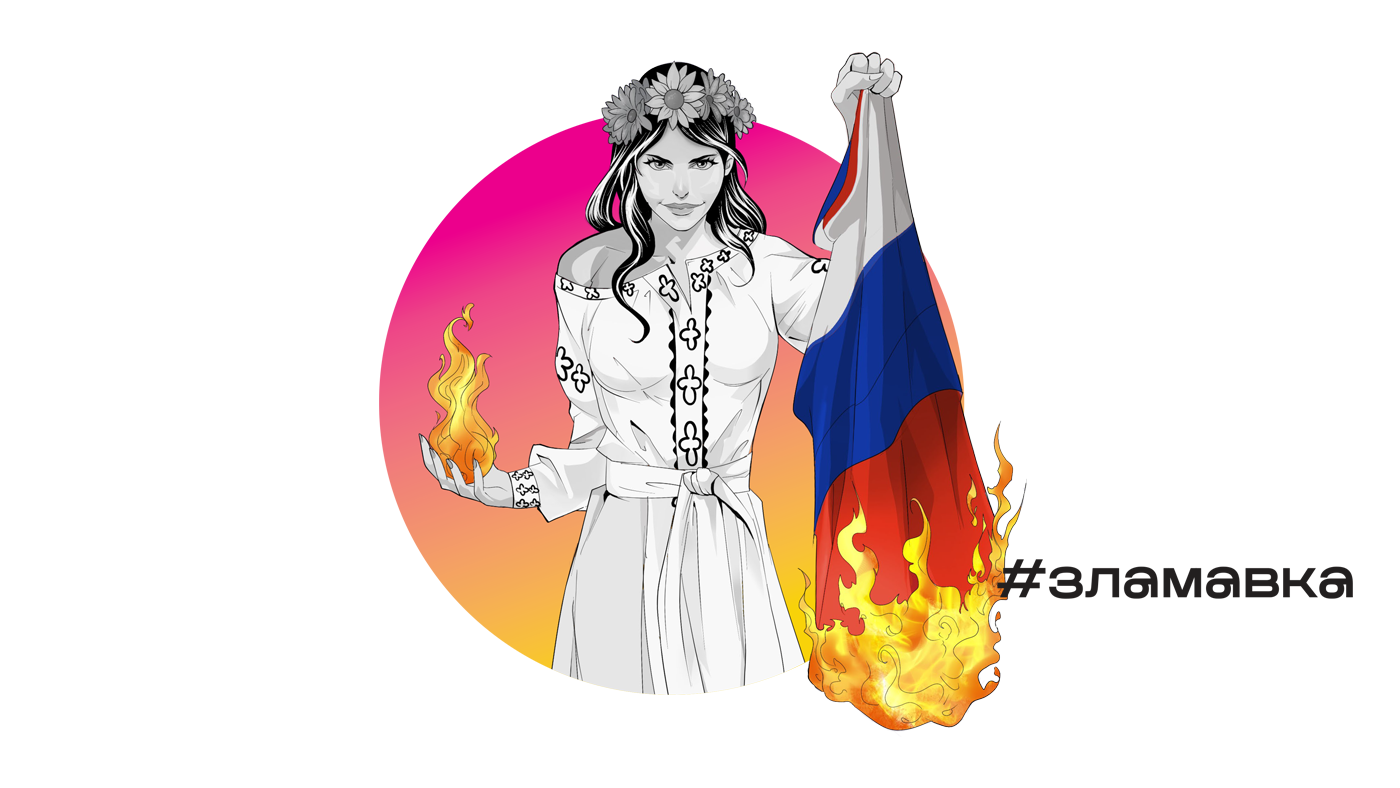
-
Zelensky imposes sanctions on Russian nationals, companies from Russia, China, Iran, Uzbekistan
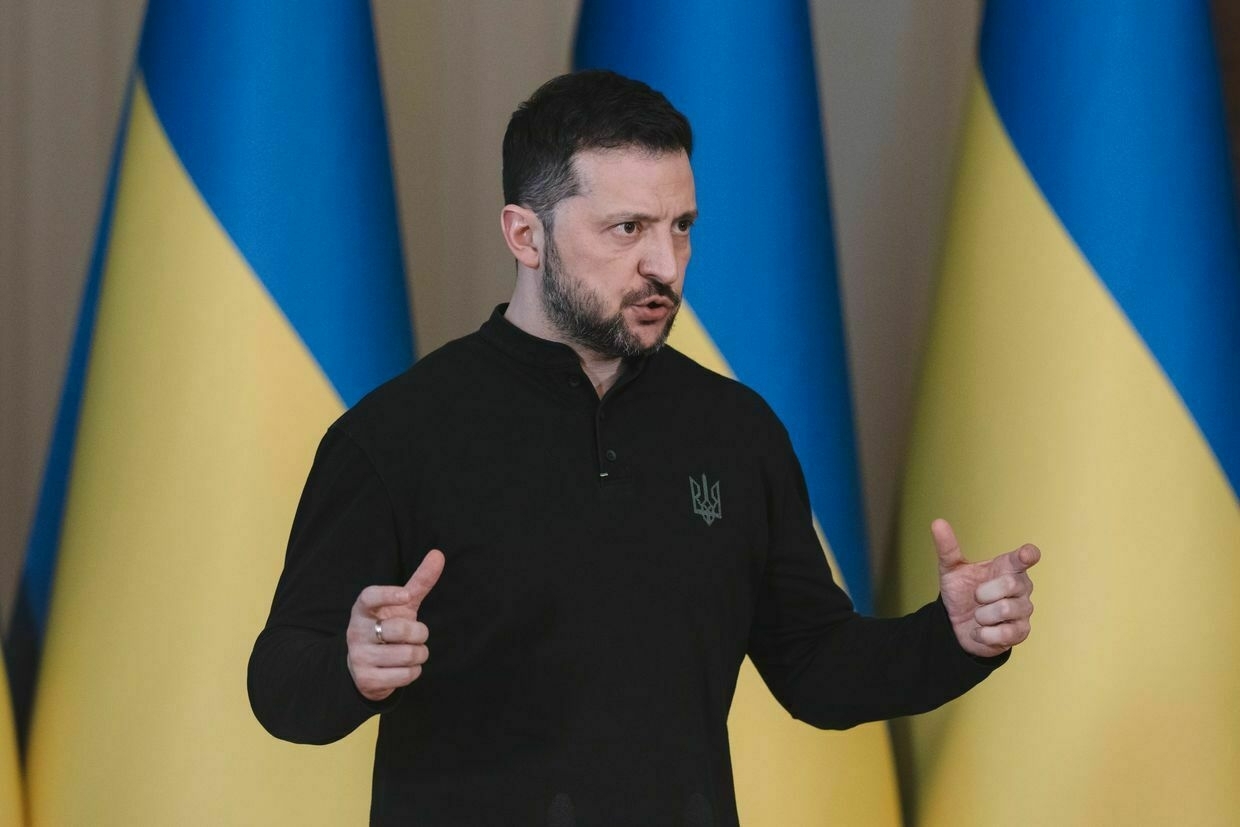
President Volodymyr Zelensky imposed sanctions on May 9 on Russian nationals and companies from Russia, China, Iran, and Uzbekistan, according to a decision of Ukraine’s National Security and Defense Council (NSDC).
The sanctions list includes 58 individuals and 74 companies, with 67 Russian enterprises related to military technology. The decree comes into force on May 9, the day of its publication.
The sanctioned individuals list includes artists and business owners, particularly Vadim Tsyganov, a poet, artist, and producer of Russian singer Victoria Tsyganova, his wife. The couple actively supports Russia’s invasion of Ukraine.
The sanctions were also imposed on Yuriy Churkin, CEO of the Fort machine tool plant, and Petro Vashchenko, head of the company Unimatic. The plants supply advanced technologies used in the war against Ukraine.
On May 1, Zelensky imposed other sanctions against several individuals and entities, including former presidential adviser Oleksiy Arestovych.
The restrictions were also imposed on blogger Myroslav Oleshko, political analyst Kostiantyn Bondarenko, and Dmytro Vasylets, the former head of the banned political party “Derzhava.”
In addition to individuals, the sanctions affect several Russian enterprises, including the Novolipetsk Steel Plant, Novatek, Arctic LNG, Stoilensky Mining and Processing Plant, Volzhsky Abrasive Works, and Magnitogorsk Electrode Plant.
‘The front is noisy’ — for Ukraine’s soldiers, Russia’s Victory Day ‘ceasefire’ is yet another shamMoscow’s self-declared truce which came into force at midnight on May 8 is not being felt on the front lines, Ukrainian soldiers have told the Kyiv Independent, reporting numerous cases of Russian military activity throughout the day. “There is no truce. There is shelling, artillery, drone and FPV (bomb) drops,” Petro Kuzyk, a battalion commander at the National Guard, said. The Kremlin announced the measure on April 28, claiming all military actions would halt on May 8 to midnight on May 11 t The Kyiv IndependentChris York,
The Kyiv IndependentChris York,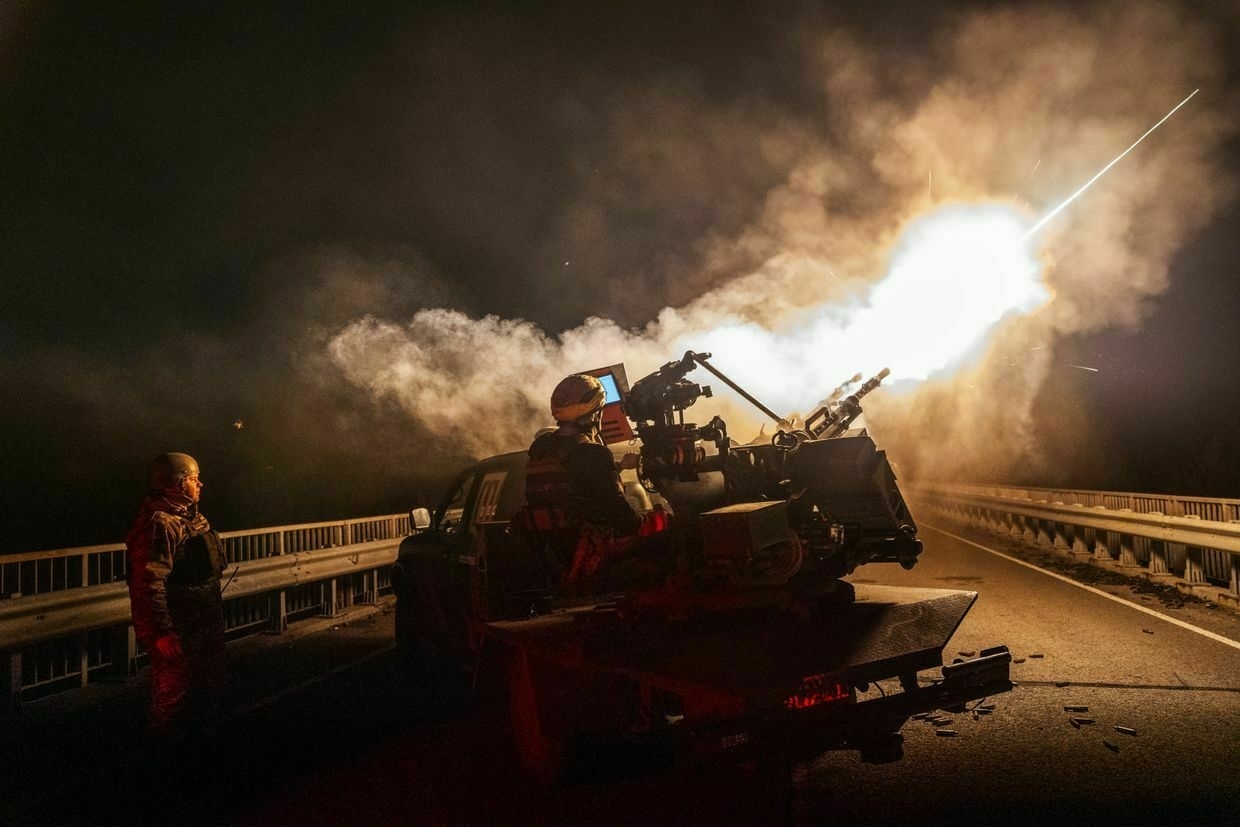
-
U.S. Rhetoric Shifts on Russia — China Doubles Down | NEWS PULSE
-
US, European allies finalize proposal for 30-day unconditional ceasefire, Reuters report
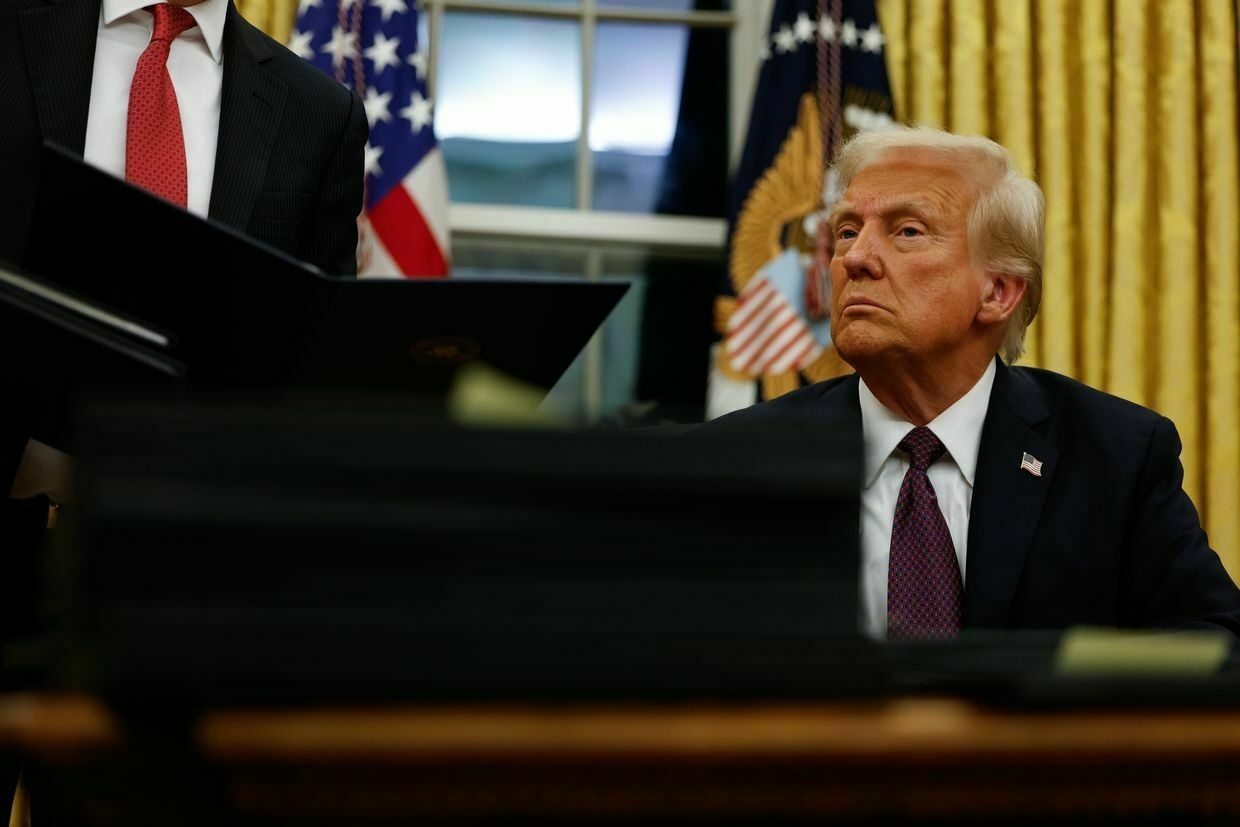
The U.S. and European allies are in the final stages of working on a proposal for a 30-day unconditional ceasefire in the Russian war against Ukraine, Reuters reported on May 9, citing a French diplomatic source.
The day before, U.S. President Donald Trump on May 8 called for a “30-day unconditional ceasefire” between Ukraine and Russia.
Yet, recent months have seen a series of failed peace talks and ceasefires, including one initially brokered by the U.S. in March. While Ukraine immediately agreed to the ceasefire, Russia repeatedly violated it.
Washington and its partners are considering additional sanctions if the parties do not observe a ceasefire, with political and technical negotiations between Europe and the U.S. intensifying since last week, Reuters' source said.
“We felt in the discussions with the Americans a certain irritation towards the Russian posture, the lack of reactivity and seriousness in its responses to what was proposed before,” the source told Reuters. “The decision is practically taken."
Nearly two months ago, Ukraine accepted a U.S.-proposed 30-day ceasefire, but Moscow rejected it, demanding a complete halt on military aid to Ukraine.
Russia has repeatedly proclaimed its supposed readiness for peace talks while simultaneously pushing for maximalist demands. Kyiv has dismissed these declarations as a propaganda stunt, noting that Russian forces have only intensified their attacks on Ukrainian cities and towns.
‘The front is noisy’ — for Ukraine’s soldiers, Russia’s Victory Day ‘ceasefire’ is yet another shamMoscow’s self-declared truce which came into force at midnight on May 8 is not being felt on the front lines, Ukrainian soldiers have told the Kyiv Independent, reporting numerous cases of Russian military activity throughout the day. “There is no truce. There is shelling, artillery, drone and FPV (bomb) drops,” Petro Kuzyk, a battalion commander at the National Guard, said. The Kremlin announced the measure on April 28, claiming all military actions would halt on May 8 to midnight on May 11 t The Kyiv IndependentChris York,
The Kyiv IndependentChris York,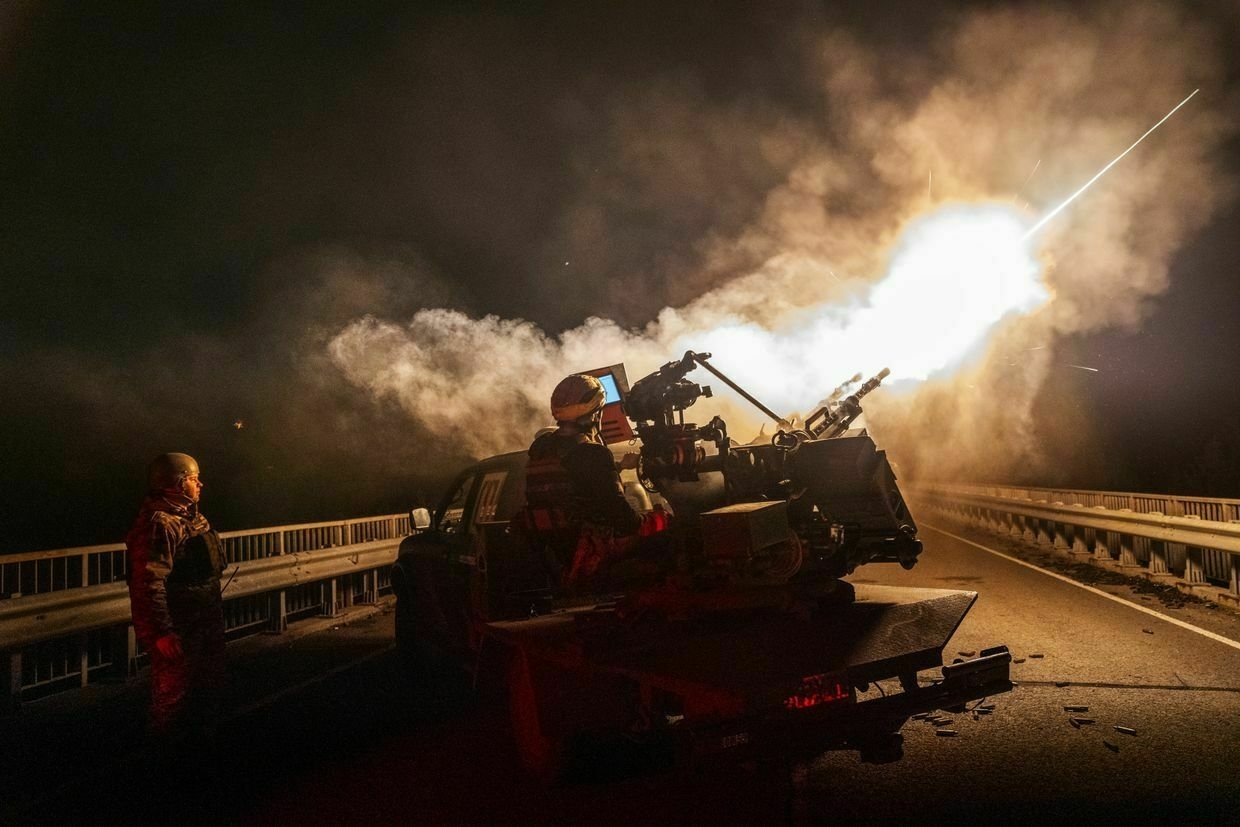
-
Hungary's covert intelligence operations in Ukraine: espionage scandal threatens fragile ties with Kyiv
For the first time in Ukraine's history, the Security Service of Ukraine (SBU) has dismantled a Hungarian military intelligence spy network operating in Zakarpattia. Experts believe that Budapest is no longer concealing its interests, prompting inquiries into the implications of this exposure.
On Friday, May 9, the Security Service of Ukraine announced the unprecedented exposure of a Hungarian military intelligence network in Zakarpattia region.
According to investigators, the network's primary mission was to survey the region's military infrastructure, specifically identifying vulnerabilities in its ground and air defense systems. Additionally, the operatives analyzed the socio-political climate, particularly public sentiment towards the potential arrival of Hungarian troops. "The agents were tasked with collecting information on Zakarpattia's military defenses and assessing local behavior scenarios in case Hungarian forces entered the region," stated the SBU.
Authorities detained two key network operatives. The first, a 40-year-old from the Berehove district and a former military personnel, had been recruited by Hungarian intelligence back in 2021 and was placed on standby. The second individual is a former member of Ukraine’s Defense Forces, who left military service in 2025. Her role involved gathering intelligence on aviation equipment, including planes and helicopters, and defense systems at her former military base. According to the SBU, the network was overseen by a seasoned Hungarian military intelligence officer, whose identity has been confirmed.
"The network’s overseer was an active-duty officer from Hungary's military intelligence, whose identity has been verified by our services," noted their press office.
According to former SBU employee Ivan Stupak, Hungary has engaged in subversive activities against Ukraine for approximately two decades. This conduct was previously more covert, as Ukraine consciously avoided straining relations given Hungary's EU and NATO membership. However, in the last three and a half years, Hungarian activities have become increasingly transparent, leading Stupak to anticipate further deterioration in relations. Highlighting the recent apprehension of Hungarian spies in Ukraine, which he deems "phenomenal," Stupak clarifies that previously, Hungarian agents weren’t arrested to maintain a diplomatic facade.
Stupak interprets the SBU operation as having received political clearance at the highest level. Without the Ukrainian president's explicit approval, the operation might have been unfeasible. Stupak praises the SBU's efforts, considering them "masterful," given the language barriers involved. "These individuals communicated in Hungarian, recognized as one of the world's most challenging languages, complicating efforts to intercept radio and phone communications," says Stupak. Furthermore, he highlights the challenge in sourcing reliable translators within Zakarpattia's closely-knit Hungarian community. Stupak foresees further arrests among Hungarian intelligence personnel, particularly those operating under the guise of cultural centers.
The former SBU representative suggests that Hungary could have been collecting intelligence to share with Russia. "I think they could have been trading intelligence on Zakarpattia, on what enterprises are functional, what repair depots for Ukrainian equipment exist," Stupak opines. Additionally, Hungary might aim to destabilize the region internally. "While they might not pursue annexation of Zakarpattia themselves, they could incite internal turmoil, leading to unrest," the expert adds.
Political expert Oleg Posternak believes the arrests may not exacerbate Ukraine-Hungary relations since they are already strained. "Hungary currently holds a firm stance. Also contributing to tensions is Orban's maneuver to poll Hungarians on their stance regarding Ukraine's EU membership," Posternak explains. He emphasizes that anti-Ukrainian rhetoric is a strategic element of Viktor Orbán's political agenda to maintain his popularity, especially in rural Hungary. The expert suggests that with Orbán’s waning support at home, he is using a tough stance against Ukraine to boost his standing.
However, it’s acknowledged that Ukraine has made substantial gestures to mend ties with Hungary. Notably, Posternak mentions Prime Minister Orban's visit, meetings with Ukrainian officials, and legislative amendments addressing Hungarian grievances. Yet, he cautions, Hungary's posture remains aggressive. Nonetheless, there is hope for reconciliation, especially considering the Ukrainian parliament’s decision to maintain Hungarian language provisions in education. A pivotal aspect, Posternak argues, will be Hungary's approach to sanctions against Russia and support for Ukraine’s EU accession negotiations. "We hope to see significant movement by late May-June, indicating whether Hungary will exercise its veto over Russian sanctions extensions," he concludes.
Posternak acknowledges Hungary's foreign policy is subject to the dynamics in Brussels, Moscow, and Washington. Hungary relies heavily on Russian energy, leveraging this dependency in EU negotiations. Additionally, Prime Minister Orbán remains attuned to Washington’s strategies and has a personal rapport with former U.S. President Donald Trump.
-
Russian glide bomb attacks on Sumy Oblast despite ceasefire, Air Force says
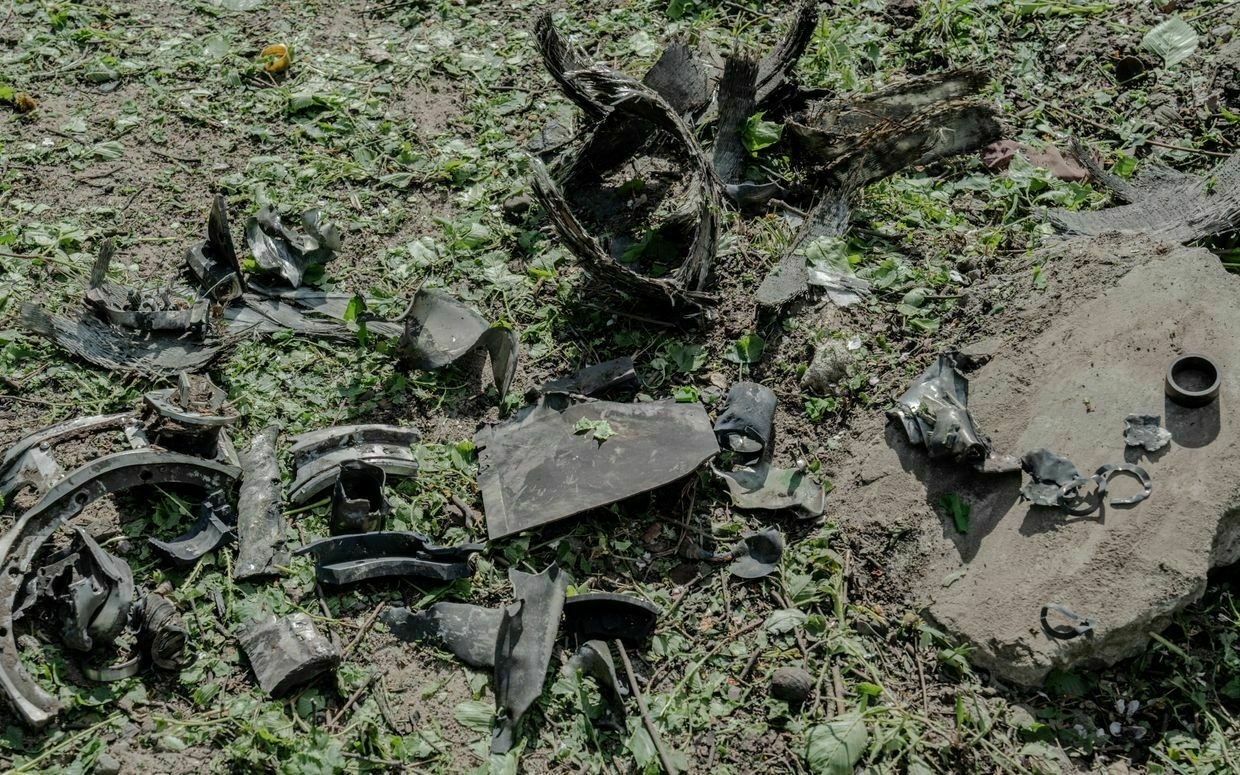
Russian forces continue to attack Ukraine with guided aerial bombs despite a 3-day ceasefire on Victory Day, Ukraine’s Air Force spokesperson Yuriy Ihnat told Ukrainska Pravda on May 9.
Despite the Kremlin’s announcement of a May 8–11 truce, heavy fighting continued in multiple regions throughout the front line.
Russian troops launched 130 guided aerial bombs on May 8 against Sumy Oblast, which shares a border with Russia, including Bryansk Oblast to the northeast, Kursk and Belgorod Oblasts to the east.
Russia kept striking the Ukrainian territory on the following day, on May 9, which coincides with Victory Day, one of the biggest national events, commemorating the Soviet Union’s victory over Nazi Germany in World War II.
Russian forces launched 56 guided bombs by midday using Su-34 aircraft operating under the cover of Su-35 fighters, Ihnat said.
The spokesperson added that at noon, nearly 10 Russian aircraft were near the front line’s Donetsk, Zaporizhzhia, and Sumy sectors.
Before the ceasefire, Russia launched three waves of drones against Ukraine, totaling more than 200, according to an Air Force report. Ukrainian forces shot down 101 drones, while another 70 disappeared from radars without causing any damage.
On the following morning, when the ceasefire had started, Russian attacks killed and injured Ukrainian civilians in at least two oblasts, according to local authorities.
5 things Putin conveniently left out of his Victory Day speech in MoscowAmid much pomp, military machinery, and the threat of Ukrainian drone strikes, Russian President Vladimir Putin has delivered his annual speech to mark his country’s Victory Day parade. The Kremlin’s celebrations, which mark the Soviet Union’s role in defeating Nazi Germany in World War II, are one of the country’s biggest public events of the year. The annual event is also a key part of Putin’s propaganda efforts to justify aggression against what the Kremlin falsely portrays as “Nazis” in Uk The Kyiv IndependentChris York
The Kyiv IndependentChris York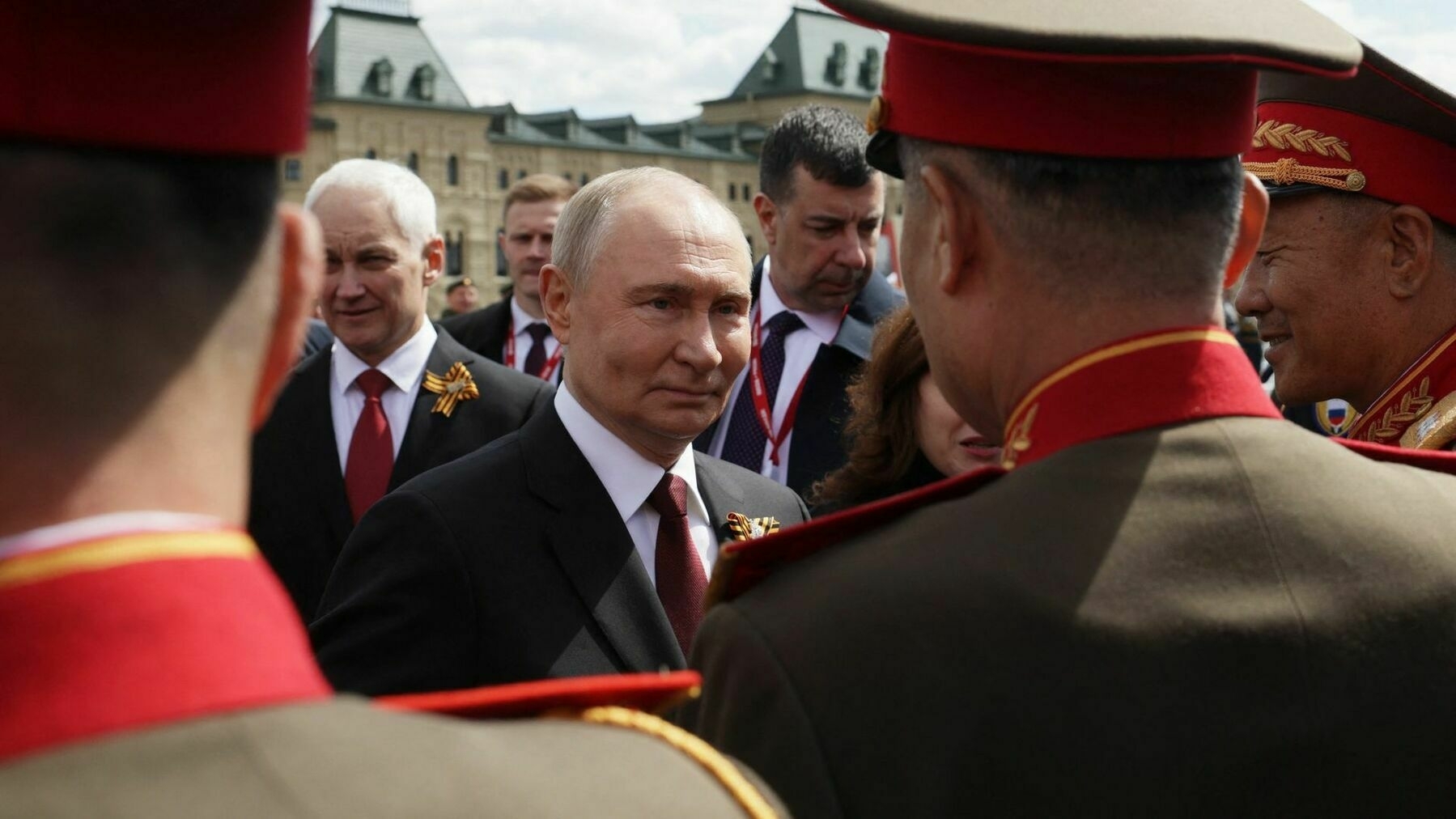
-
Lula da Silva's visit to Russia is hypocritical, undermining everything he allegedly stands for
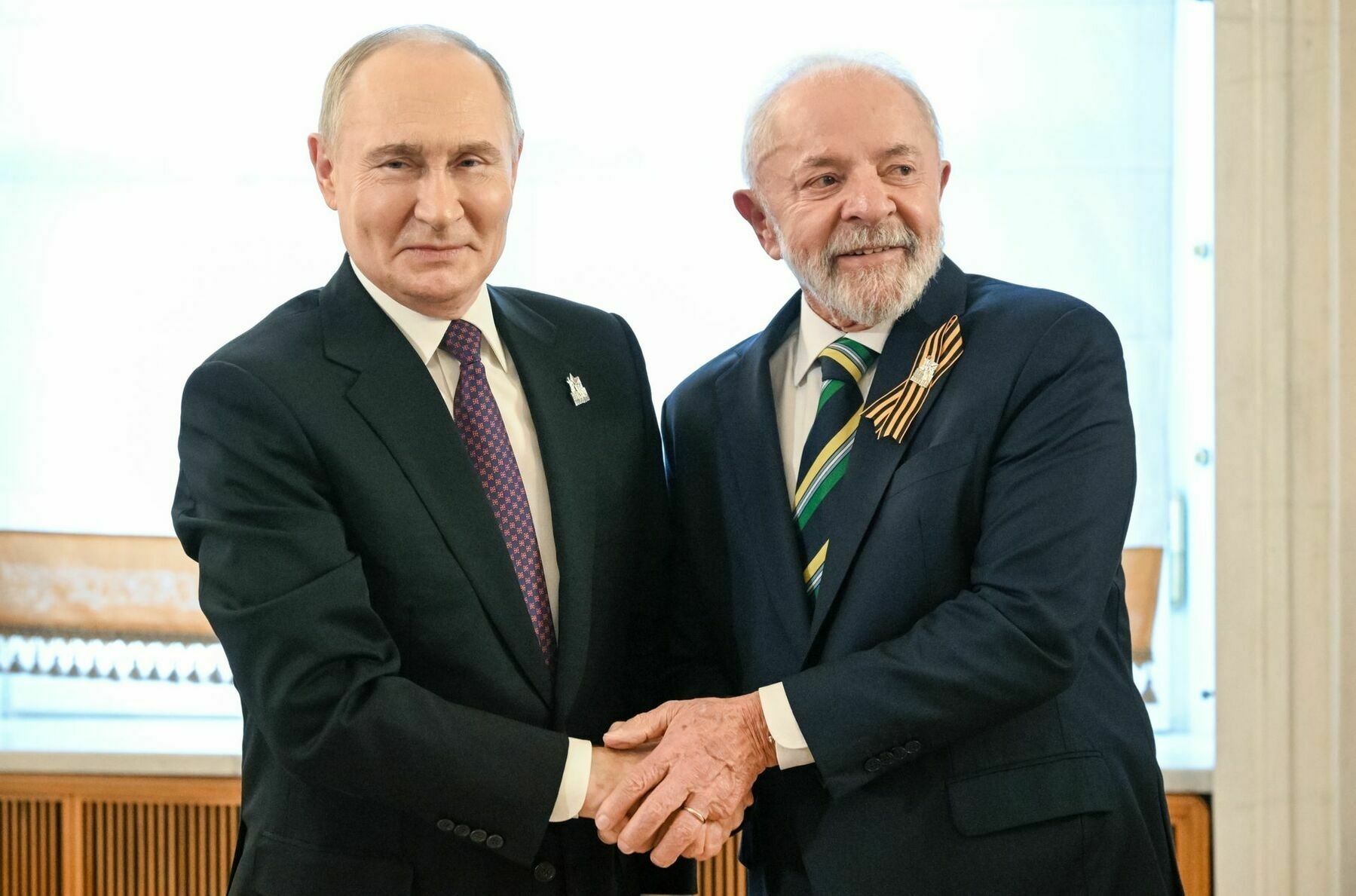
Editor’s Note: This opinion first appeared in CNN Portugal.
In January 2023, Brazil rid itself of Jair Bolsonaro’s government. Bolsonaro’s rule saw dictatorship’s torturers exalted, minorities being targeted, and democracy treated as an obstacle.
In this atmosphere, the 2022 elections allowed his political opponents to brand themselves as defenders of democracy, even if their own pasts were not without problems.
Luiz Inacio Lula da Silva, despite his longstanding sympathy for authoritarian regimes such as those of Hugo Chavez and Nicolas Maduro in Venezuela or Fidel and Raul Castro’s iron rule over Cuba, moderated his rhetoric during the 2022 election campaign and presented himself as the only viable alternative to Bolsonaro’s nationalism and ultraconservatism.
With the active support of his new wife, Janja Lula da Silva, he built a campaign centered on defending democracy.
This rhetoric remains present in Lula’s public projection, especially when he criticizes the nationalism of U.S. President Donald Trump, Bolsonaro’s ally, for governing unilaterally and disregarding institutions, rules, and any appreciation of diversity.
But one thing stands out about Lula and Janja — their selectivity and hypocrisy.
On the morning of May 3, Janja landed in Moscow six days ahead of the president and posted on social media that, at the invitation of the Russian government, she had visited the Kremlin.
In her post, she tried to give the visit a reflective tone, stating that in such difficult times as we live in today, with conflicts spreading and intensifying and with the resurgence of extremist forces, it is necessary and important to preserve memory, learn from history, and together build a future of peace and fraternity among peoples.
Anyone who claims to be a defender of democracy cannot applaud a war criminal.
The problem is that Janja speaks of peace and fraternity precisely alongside a regime that has carried out the gravest violation of peace in Europe since World War II. Russian President Vladimir Putin not only invaded a sovereign country but also bombarded hospitals and murdered opponents, all while rewriting history using both propaganda and tanks.
If Janja is concerned about extremism, she should look to her host, one of the darkest showings of modern authoritarianism, who faces an arrest warrant from the International Criminal Court for the illegal deportation of Ukrainian children.
Lula and Janja have made themselves pawns in Vladimir Putin's theater. Lula arrived in Moscow on May 9 to participate, alongside other authoritarian leaders such as Belarus's Aleksandr Lukashenko, Venezuela's Maduro, and Cuba's Miguel Díaz-Canel, in the celebrations of the so-called Victory Day. Russia's state news agency TASS has already announced that a large number of world leaders will come to Moscow for the Victory Day celebrations.
The holiday, which marks the Soviet Union's victory over Nazi Germany, has been transformed by Putin into a central propaganda tool, used to justify the invasion of Ukraine as if it were a new crusade against Nazism.
Will Trump help Putin escape punishment for his crimes in Ukraine?Under former President Joe Biden, the U.S. took the unprecedented step of deepening cooperation with international courts of law. Washington has never been party to the Rome Statute, the treaty that established the International Criminal Court (ICC), and U.S. policy towards the Hague-based international tribunal has varied widely under different administrations. Now, since President Donald Trump returned to office, that cooperation has stalled. Among his first actions after returning to the O The Kyiv IndependentKateryna Hodunova
The Kyiv IndependentKateryna Hodunova
Brazilian leadership proudly shows its support for democracy at home, yet conveniently forgets that Putin destroyed Russian democracy and murdered those who had the courage to stand up to him.
Putin eliminated political rivals like Alexei Navalny, manipulated elections, and turned the media into propaganda networks. Putin has turned the country into a dictatorship where the constitution has been rewritten to suit the modern czar, and any critical voice is silenced through imprisonment, exile, or poisoning.
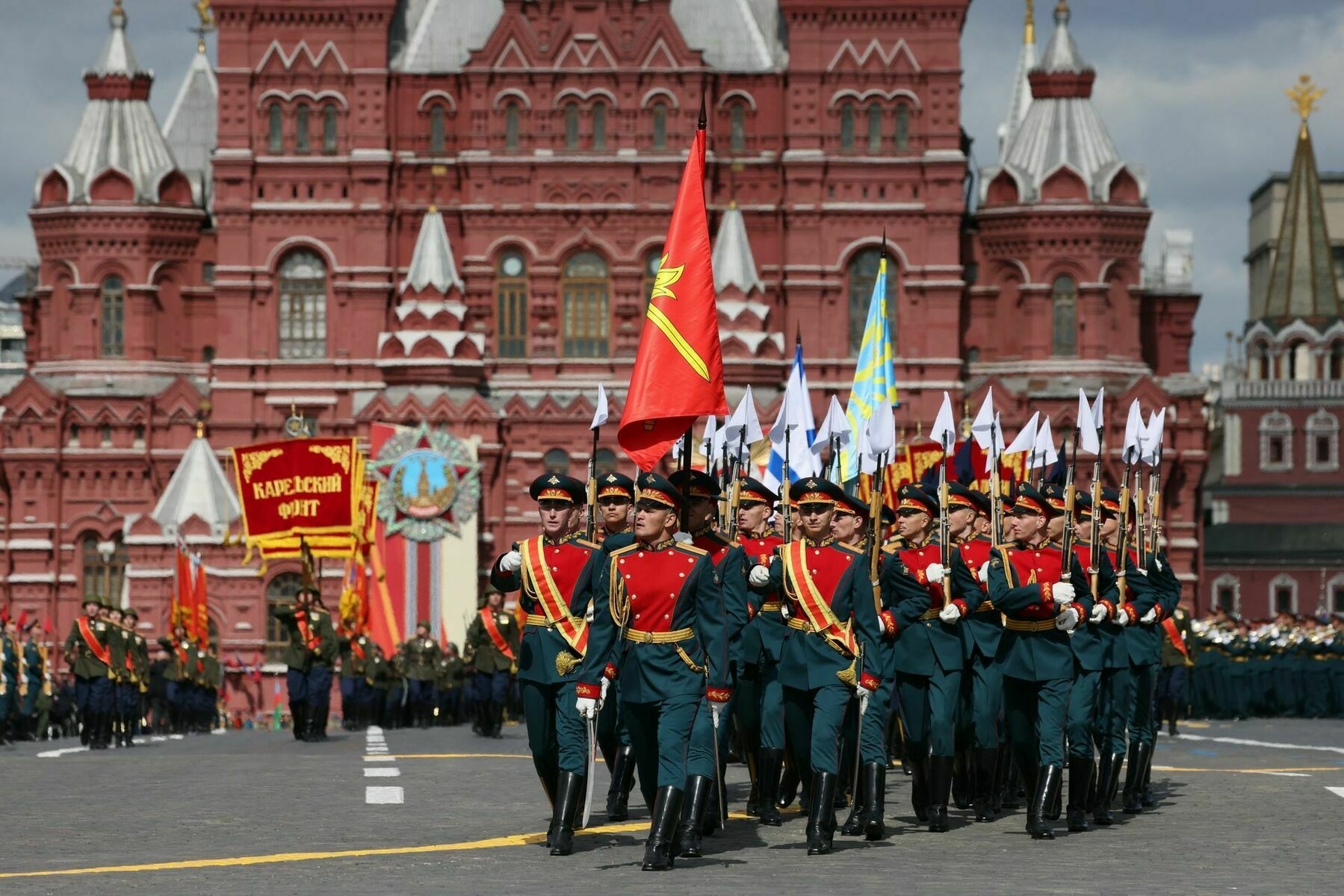
Russian servicemen march during the Victory Day military parade at Red Square in Moscow, Russia, on May 9, 2025. (Stringer / AFP via Getty Images) 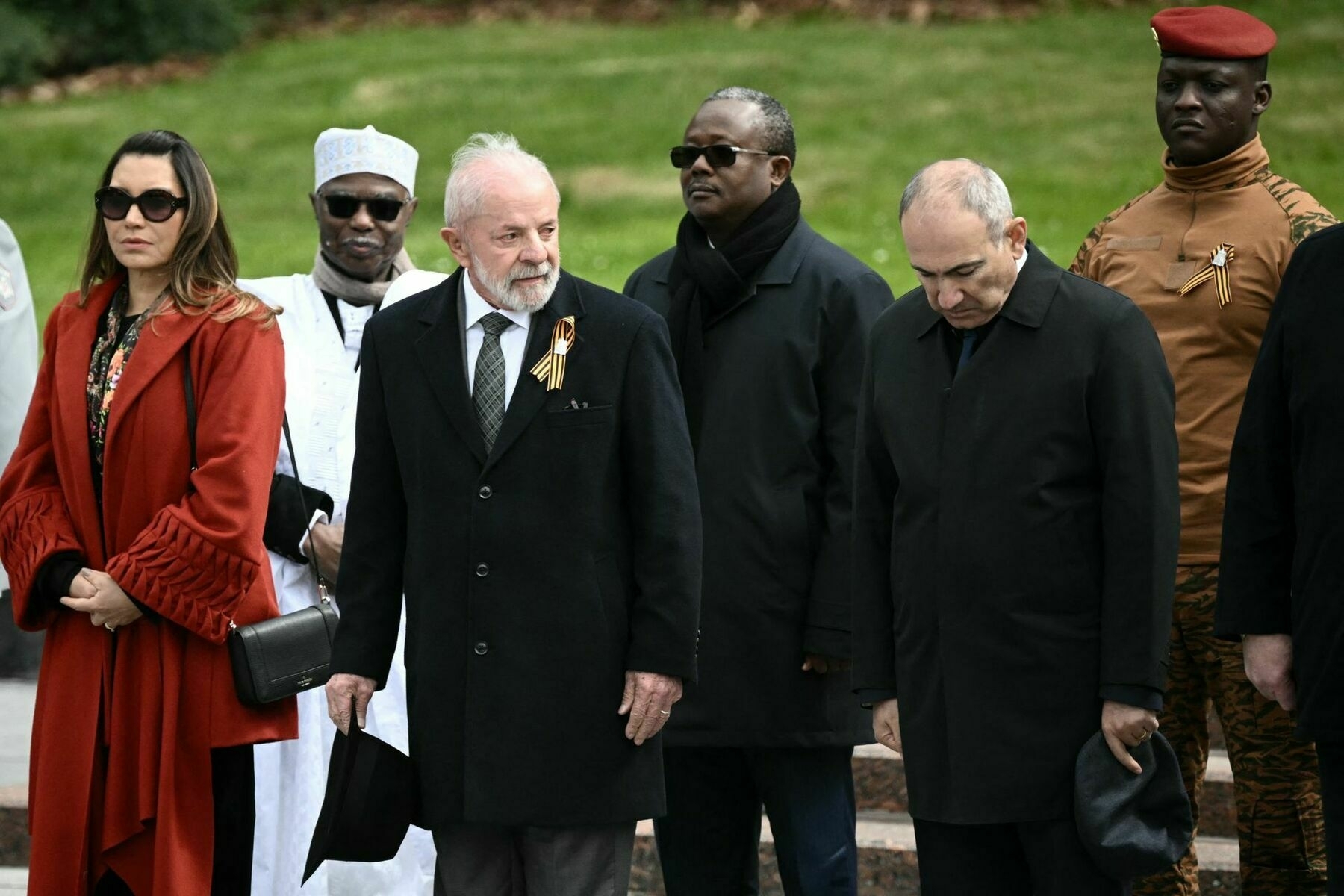
Foreign leaders, including Brazilian President Luiz Inácio Lula da Silva, Armenian Prime Minister Nikol Pashinyan, and Burkina Faso's junta leader Captain Ibrahim Traoré, attend a flower-laying ceremony at the Tomb of the Unknown Soldier by the Kremlin wall in Moscow, Russia, on May 9, 2025. (Angelos Tzortzinis / AFP via Getty Images) Putin has done in Russia everything that Lula had been against in Brazil under Bolsonaro's rule.
Lula and Janja, in contrast to Bolsonaro's machismo and misogyny, have rightly championed feminism, women's rights, and press freedom, all under fire by the previous administration.
Yet, when it comes to foreign policy, Lula and Janja tend to forget what they stand for.
So what does this visit really reveal? On the one hand, Lula has tried to distance himself from regimes like Maduro's, knowing they are unpopular in Brazil and cost him votes. On the other hand, he continues to offer ideological comfort to Putin, even in the face of Russian atrocities.
This reveals the persistence of the old logic of the Latin American left. If a country adopts an anti-Western stance, it is treated as a legitimate ally. It does not matter if this alignment contradicts the values Lula and Janja claim to defend, such as human rights, press freedom, or diversity. In the end, progressive discourse becomes a tool of convenience, used to confront internal opponents but discarded when it is time to denounce abuses by friendly regimes.
Some try to justify the Brazilian government's position by saying that Brazil is part of BRICS or that it depends on Russian fertilizers. But that is a flimsy excuse for those trying to deceive others or themselves.
Putin is in no position of strength to sever ties with the few democracies still willing to maintain dialogue with Moscow. Russia was expelled from the G8, and since then, BRICS has become one of its last international showcases. Putin knows this. He will not risk losing one of the few spaces of global prestige he still holds just because Brazil refuses to openly endorse the invasion of Ukraine. No one is asking to cut diplomatic ties. Maintaining dialogue is part of diplomacy. But posing next to a dictator wanted for war crimes as if nothing is happening is unacceptable.
Anyone who claims to be a defender of democracy cannot applaud a war criminal.
And for those clinging to economic arguments, the data is even more embarrassing.
In 2023, Brazil imported 4.5 billion dollars in diesel from Russia, along with fertilizers and other inputs. But Russia ranked only 41st among Brazil's top export markets, with 1.3 billion dollars. Meanwhile, the United States, which Lula has blamed for prolonging the war, purchased 37.4 billion dollars in Brazilian goods in the same year.
In other words, Lula treads carefully around authoritarian regimes even when the economic relationship is modest and attacks Western partners who support a significant share of Brazilian exports. This is not pragmatism. It is opportunism with an ideological veneer.
If this little trip to Russia reveals anything, it is who Lula and Janja truly are.
Behind the progressive rhetoric and postures in defense of diversity lies the same old musty, incoherent left, one that kneels before dictators as long as they claim to be anti-Western.
A left that loves to denounce conservatism but bows to a regime that criminalizes homosexuality, murders journalists, and deports children.
By posing with Putin, Lula and Janja not only undermine everything they claim to defend. They also expose their lack of political discernment and hand arguments, on a silver platter, to the grotesque conservatism they claim to oppose.
-
EU ministers gather in Lviv — pledge 1 billion euros for military industry, back tribunal for Russian war crimes
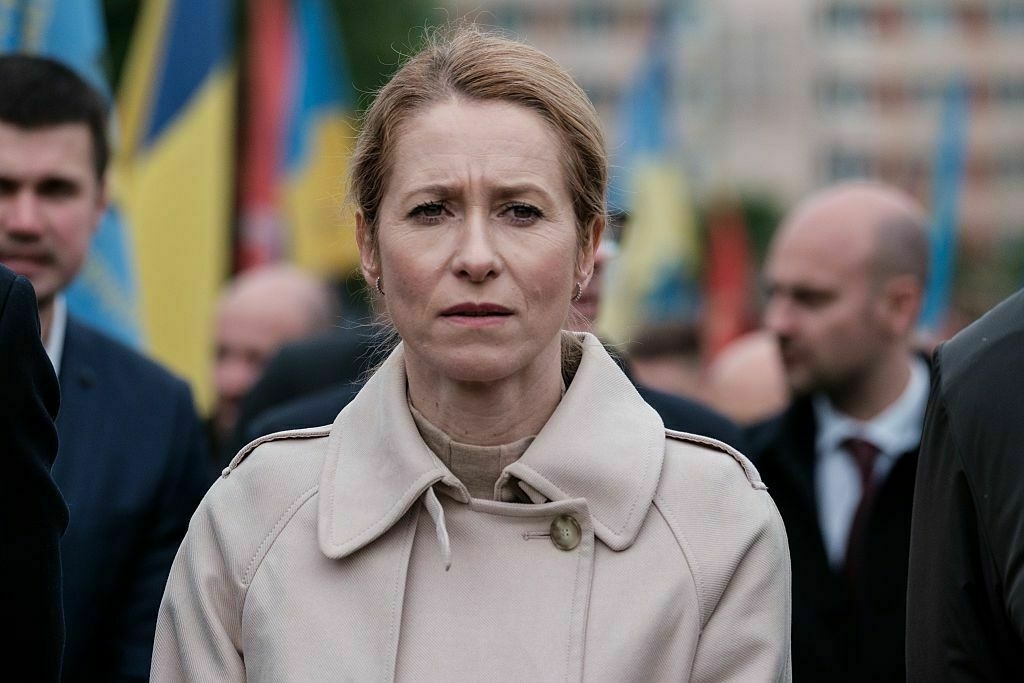
LVIV — On Europe Day, as tanks rolled through Moscow’s Red Square in a show of force with many foreign leaders aligned with Russia joining, European foreign ministers gathered in Lviv to deliver a different message — in their own words one of solidarity, justice, and long-term military partnership with Ukraine as stated by many of the almost 20 European foreign ministers during the Lviv meeting.
Ukrainian officials, including Foreign Minister Andrii Sybiha, Prime Minister Denys Shmyhal, and the EU’s top diplomats, signed a landmark agreement to bolster Ukraine’s defense industry and committed to advancing a special tribunal for Russian war crimes in Ukraine.
The approval marks a key step in international efforts to hold Moscow accountable for what is considered the gravest violation of international law committed against Ukraine.
“This is a concrete step to help Ukraine not only defend itself today, but build long-term resilience,” said the EU Foreign Affairs Chief Kaja Kallas.
The agreement, backed by 1 billion euros sourced from the windfall profits of frozen Russian assets, is designed to facilitate joint production and procurement of military equipment.
Since the start of Russia’s full-scale invasion in 2022, Western countries have frozen approximately $300 billion in Russian sovereign assets. In October 2024, the Group of Seven (G7) approved nearly $50 billion in loans for Ukraine, to be repaid with proceeds from these frozen assets.
Russian regime’s legitimacy rests on the manipulation of historyWorld War II was a bloodbath of unspeakable proportions, planned and executed by totalitarian powers. It brought the catastrophe of the Holocaust. It also led to the division of Europe and loss of freedom of many nations in Europe, including my own. Today, at the time of commemoration of 80 years since the end of World War II, Russia is singularly responsible for launching the most devastating war in Europe since 1945. Three years into the full-scale war, Russia has failed to achieve its war ai The Kyiv IndependentBaiba Braze
The Kyiv IndependentBaiba Braze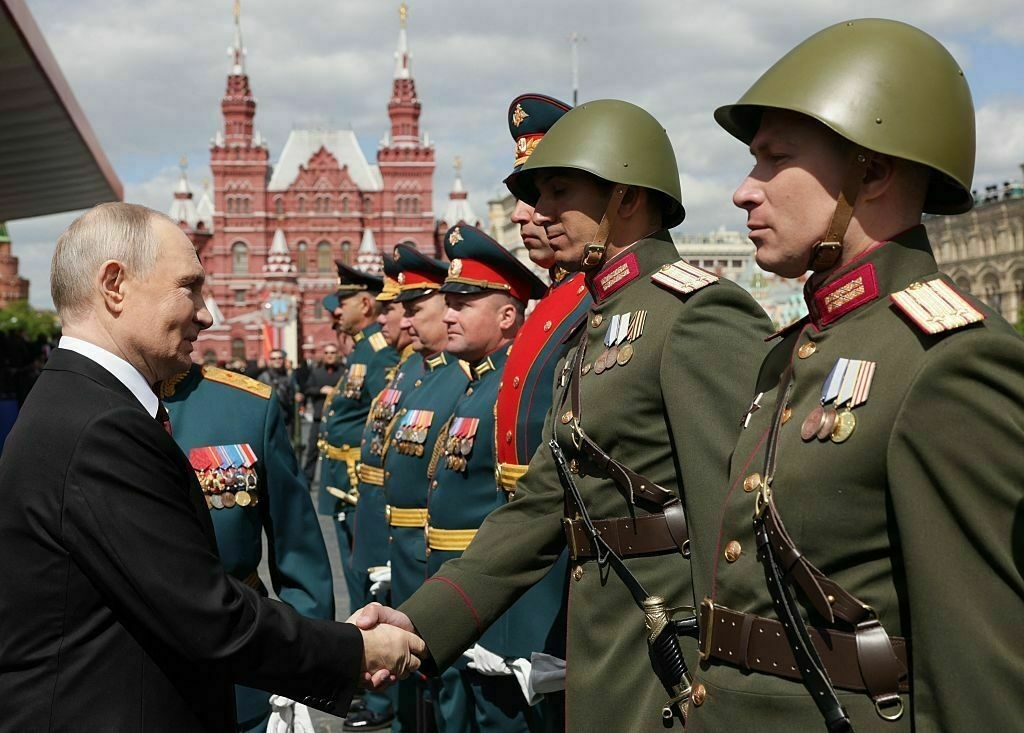
Tribunal talks become solidDuring the visit, ministers convened a session of the international coalition pushing for a special war tribunal to prosecute Russia’s top leadership for its full-scale invasion of Ukraine.
While the International Criminal Court (ICC) has issued arrest warrants for a number of Russian officials over war crimes, it lacks jurisdiction to prosecute the crime of aggression against a non-signatory like Russia — a legal gap the new tribunal seeks to close.
“It’s a breakthrough, because even (Vladimir) Putin can be tried now,” one diplomat told the Kyiv Independent.
President Volodymyr Zelensky has consistently pushed for the creation of a special tribunal to hold Russian leaders, including President Vladimir Putin, accountable for launching the full-scale invasion.
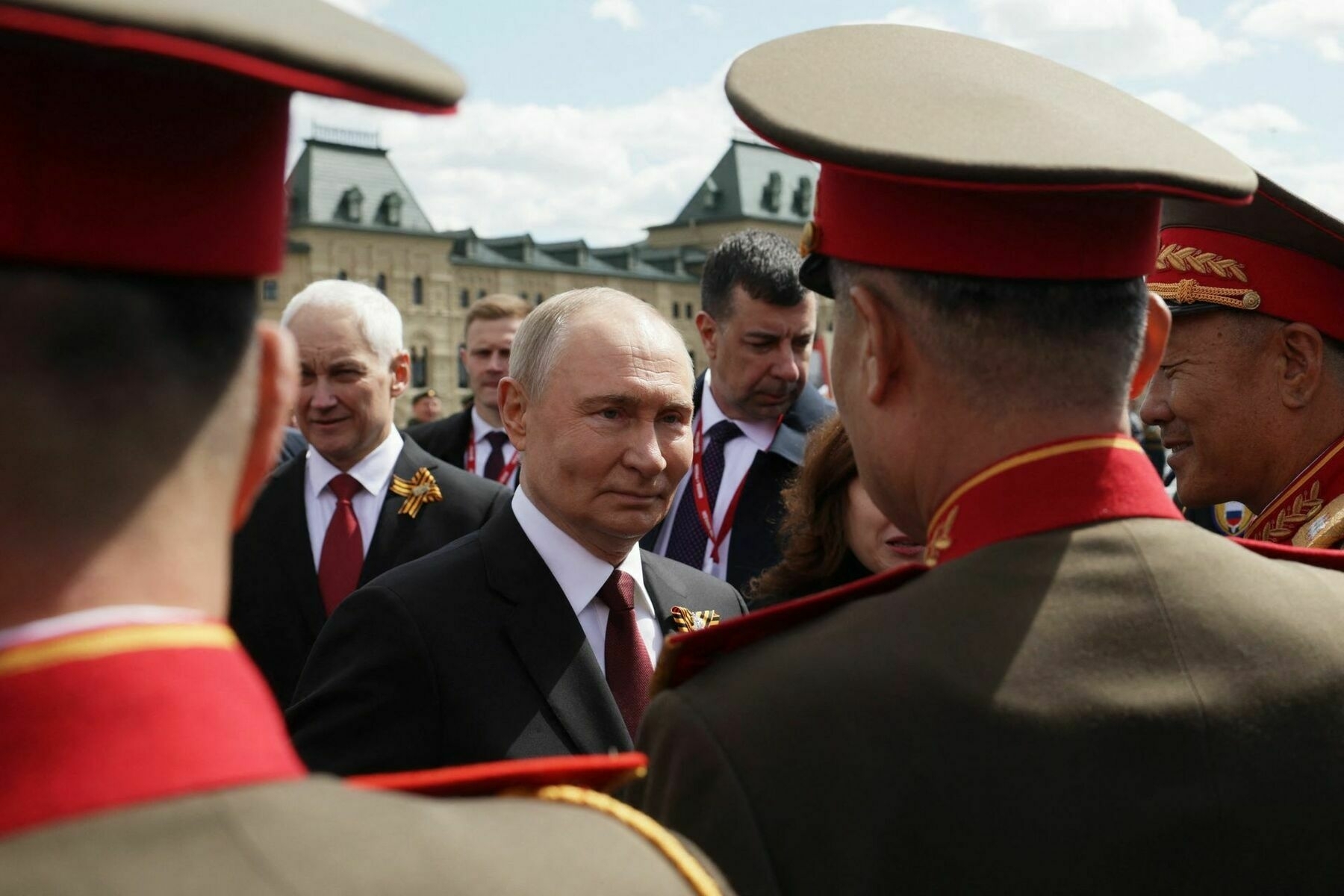
Russia’s President Vladimir Putin (C) meets with North Korean servicemen on Red Square after the Victory Day military parade in central Moscow on May 9, 2025. ( Gavriil Grigorov/POOL/AFP via Getty Images) Ukrainian authorities have documented thousands of war crimes, including targeted attacks on civilians, medical facilities, and cultural heritage sites, as well as widespread torture and forced deportations.
The day began with ministers paying tribute to fallen Ukrainian soldiers at Lychakiv Cemetery before proceeding to Lviv City Hall, where a minute of silence was held.
As Ukraine braces for a continued war with Russia, the commitments made in Lviv may mark a turning point in Europe’s strategy toward the Russian invasion of the country.
A Divided Europe: Criticism of Fico’s Moscow VisitThe timing of the Lviv summit offered a clear contrast to the parade in Moscow, where Slovak Prime Minister Robert Fico appeared alongside Putin at the annual Victory Day parade. His presence drew sharp criticism from multiple EU leaders.
“Fico stands shoulder to shoulder with the man who started this war,” said Kallas. “It’s incomprehensible. You stand on the wrong side of history,” Kallas told the press during the summit.
Fico’s friendly stance toward the Kremlin, including controversial meetings with Putin, has drawn condemnation from European leaders.
Czech Foreign Minister Jan Lipavsky added a pointed remark: “I’m glad no Czech official stood in Red Square today. We must stand with Ukraine — not lend credibility to Russian propaganda.”
Polish Foreign Minister Radoslaw Sikorski quipped, “Wasn’t he supposed to be sick?” — referencing Fico’s earlier claim he would skip Moscow due to illness.
‘The front is noisy’ — for Ukraine’s soldiers, Russia’s Victory Day ‘ceasefire’ is yet another shamMoscow’s self-declared truce which came into force at midnight on May 8 is not being felt on the front lines, Ukrainian soldiers have told the Kyiv Independent, reporting numerous cases of Russian military activity throughout the day. “There is no truce. There is shelling, artillery, drone and FPV (bomb) drops,” Petro Kuzyk, a battalion commander at the National Guard, said. The Kremlin announced the measure on April 28, claiming all military actions would halt on May 8 to midnight on May 11 t The Kyiv IndependentChris York,
The Kyiv IndependentChris York,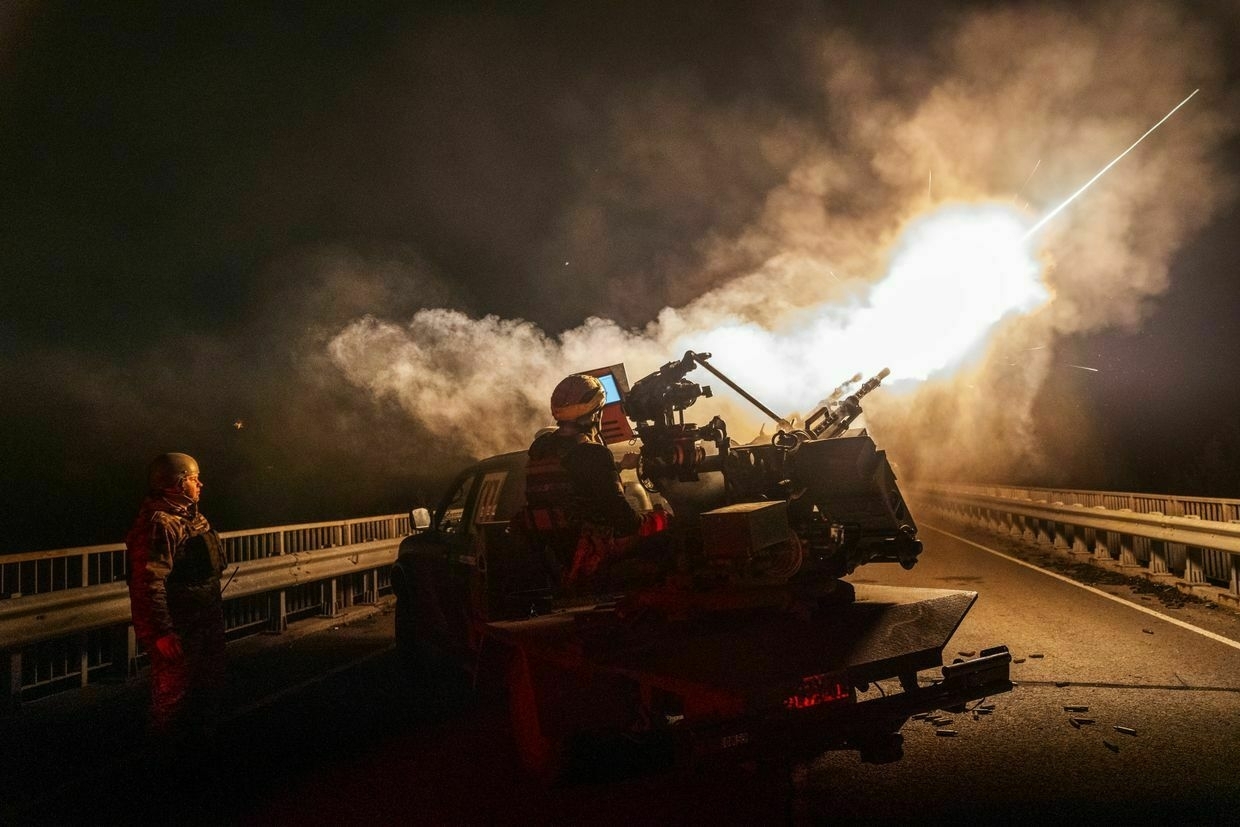
-
Why Ukraine remains dependent on US Patriot missiles
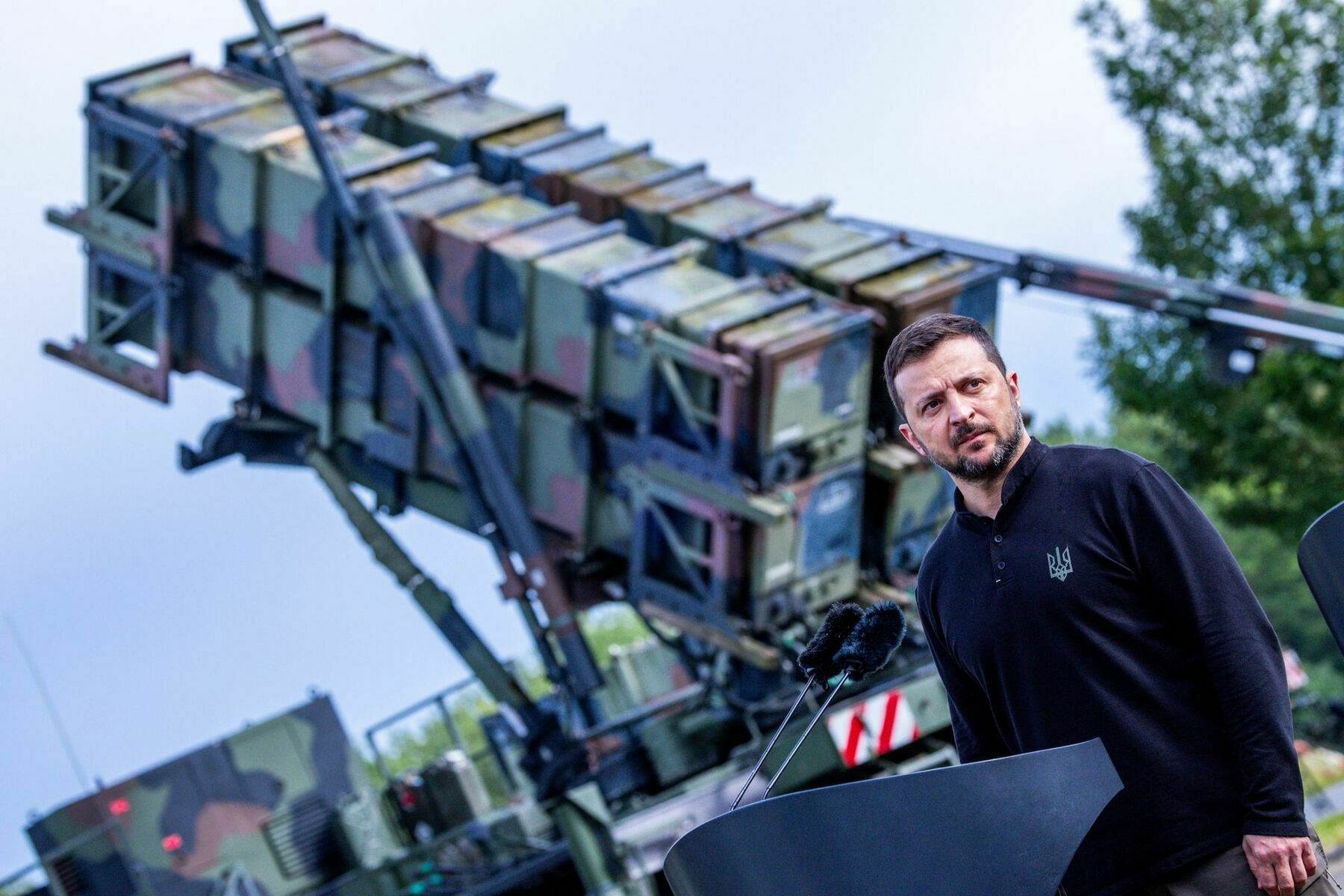
A series of Russian ballistic missile attacks on Ukrainian cities have killed dozens of civilians in recent weeks, shaking an already uneasy sense of safety for Ukrainians living far from the front lines.
The Russian strikes are growing more lethal as foreign air defense aid to Ukraine has dwindled, particularly deliveries of Patriot missiles. Ukraine is left struggling to cover the shortfall.
Ukraine’s ability to shoot down inbound Russian drones and cruise missiles has grown enormously since Russia’s full-scale invasion. But despite ingenuity in domestic weapon production over the past three years, Ukraine has no homemade equivalent to the Patriot, a U.S.-made surface-to-air missile system whose latest iterations are uniquely good at stopping ballistic missiles in flight.
Ukraine’s local missile makers are working through a long list of demands on their production, while also finding their factories under frequent Russian aerial strikes. Before February 2022, Ukrainian aerospace engineers were reconfiguring their leftover Soviet air defense batteries for the next generation of threats. Like the stocks of Patriot missiles, those systems are also running low on ammunition, and their designers are prioritizing building cruise and ballistic missiles over anti-ballistic air defense missiles.
Ukraine is consequently unlikely to field strong anti-ballistic missile defenses of its own any time soon. The only near-term solution to Russia’s increasingly aggressive ballistic attacks remains the delivery of more Patriot missiles from allied nations.
Renewed Russian strikes and reduced Ukrainian defenseBallistic missiles are among the toughest challenges that any air defense system faces. They fly in high parabolas far from the Earth’s surface, coming down at several times the speed of sound to strike their targets.
Intercepting ballistic missiles in their flight paths requires precision both in detection of incoming missiles and in the launch and targeting of outgoing air defense missiles. Cruise missiles and drones fly slower and nearer to the ground, giving ground-based air defense more time to hit them out of the sky.
“There’s a big difference between ballistic missile defense and missile defense targeted at air-breathing threats like drones and cruise missiles,” said Fabian Hoffmann, a missile specialist at the Oslo Nuclear Project. “Airbreathing” refers to aircraft with jet engines that take in oxygen as they fly at relatively low altitudes. “For ballistic missile defense, there simply is no shortcut.“
Much of the weaponry American arms makers have sent to Ukraine has fallen short on the battlefield. Missile defense systems are a major exception, particularly when it comes to fending off ballistic threats like Russian Kinzhals and Iskanders.
“The Americans mastered that technology because they had to,” said Hoffmann. “The U.S., after the Cold War, operated under the assumption that it would always have air dominance near where it fought. That means the only credible airborne threat you really have to worry about is standoff munitions like ballistic and cruise missiles.”
Under President Donald Trump, the U.S. has slowed down air defense aid to Ukraine. The last major shipment of Patriot equipment was the week following Trump’s inauguration — 90 missiles redirected from Israel. Another Patriot system from Israel is currently being refurbished after almost a year of back-and-forth, but U.S. standards of “refurbishment” have famously held up much simpler deliveries like armored vehicles for months.
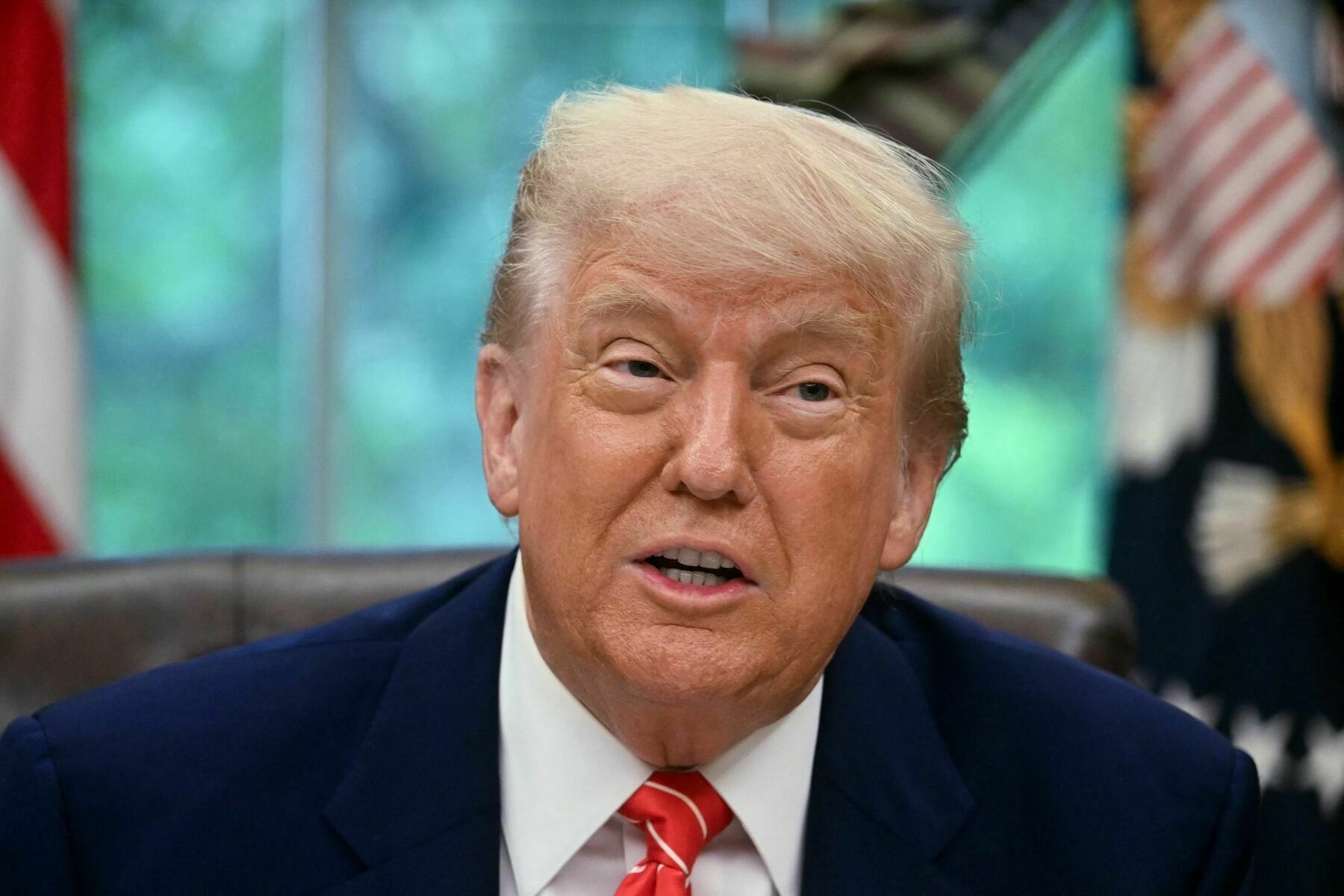
U.S. President Donald Trump in the Oval Office of the White House in Washington, D.C., on May 8, 2025. (Jim Watson / AFP via Getty Images) 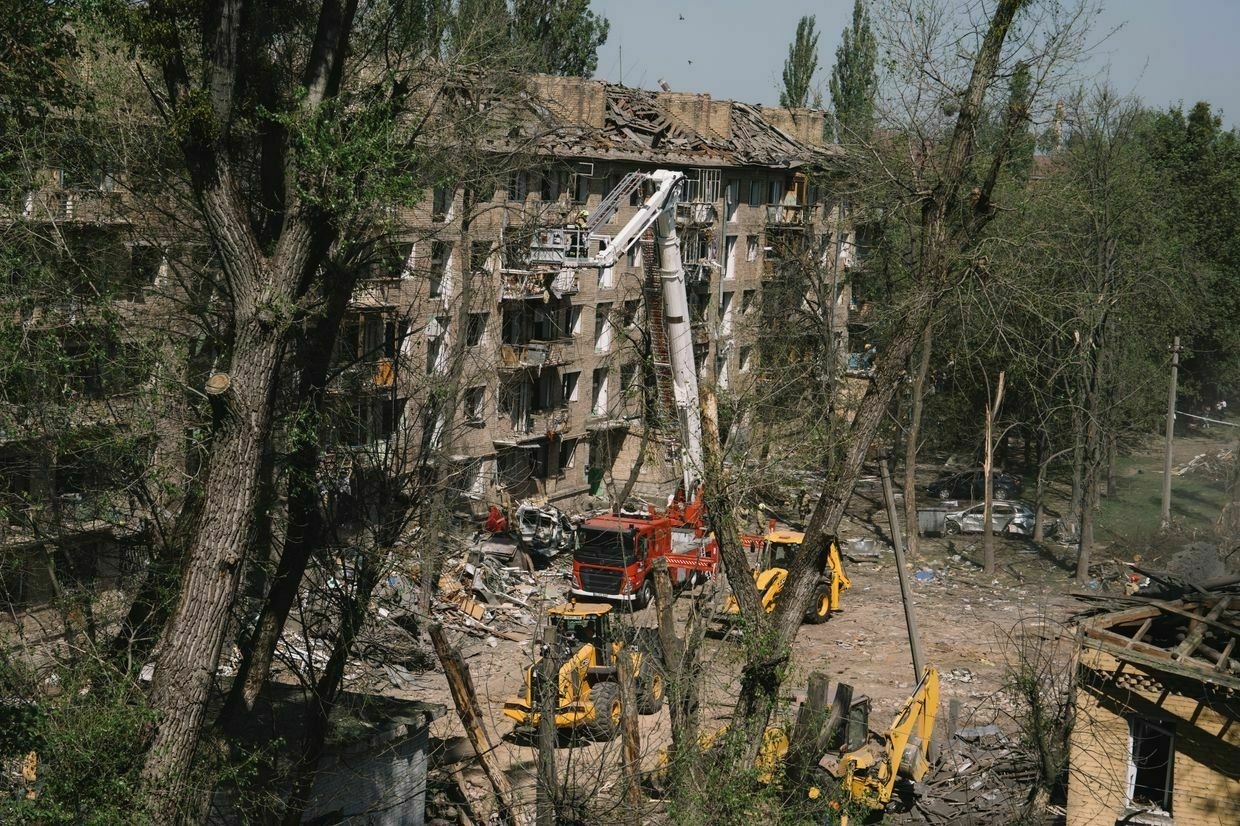
Rescue workers operate at the site of a Russian missile attack in Kyiv, Ukraine, on April 24, 2025. (Andrew Kravchenko / Bloomberg via Getty Images) Ukraine guards details about its missile programs in general and air defenses in particular extremely closely. But by the figures available, the situation is growing dire.
NATO Secretary General Mark Rutte lamented that almost all the Patriots promised to Ukraine were already there as of the middle of April.
The Defense Department declined to provide specifics as to remaining Patriot deliveries. A spokesperson told the Kyiv Independent that “the Defense Department continues to provide equipment to Ukraine from previously authorized PDA and USAI packages.”
EU countries that had previously shared their Patriots more generously with Ukraine have run through much of their own stockpiles and are now buying up new missiles.
Russia has at the same time radically stepped up its own ballistic missile production. While Ukraine claimed Russia was running out of Iskanders early in the war, production has rebounded to “between 40 and 50 Iskanders per month,” Andriy Yusov, a representative of Ukraine’s Main Intelligence Directorate, said in December. Russia is launching more of those Iskanders as Ukraine has gotten worse at deflecting them.
The numbers reported by the Ukrainian Air Force show a major drop off in the effectiveness of air defense against ballistic missiles in recent months. They tally a total of 22 ballistic missiles fired at Ukraine throughout April, mostly Iskanders. The Air Force reported that air defenses shot down eight, seven of which were in a mass attack on Kyiv, the best-defended city in the country. That attack still saw four missiles touch down, killing 12 civilians and injuring another 87.
Other Russian attacks used Iskanders with cluster munitions to kill 20 in Kryvyi Rih on April 4 and 34 in Sumy on April 13. Another strike on Kyiv killed two and injured eight on the night of May 6. The new vulnerability is acutely felt among Ukrainians who had previously relied on stronger protections in cities far from the front.
What Ukraine has and what it needsUkraine is working to shield itself from the increasingly brazen Russian strikes on civilians. President Zelensky is haggling for Patriot systems with money he doesn’t have. Ukraine also cannot bootstrap a modern Patriot system or PAC-3 missiles of its own at home.
“Developing SAM (surface-to-air) systems is expensive and time-consuming,” says Michael Duitsman, a missile expert at the Middlebury Institute’s James Martin Center for Non-Proliferation Studies.
“SAMs are a system of systems — missiles, launchers, radars, computers, software, user interfaces, etc. Each of those components needs to be developed, prototyped, and tested, and all of them must mesh together and perform reliably against hostile forces in adverse conditions. This can involve years of testing and debugging.”
Domestic Ukrainian air defense is dominated by leftover Soviet SAM missile launchers, especially S-200s and S-300s.
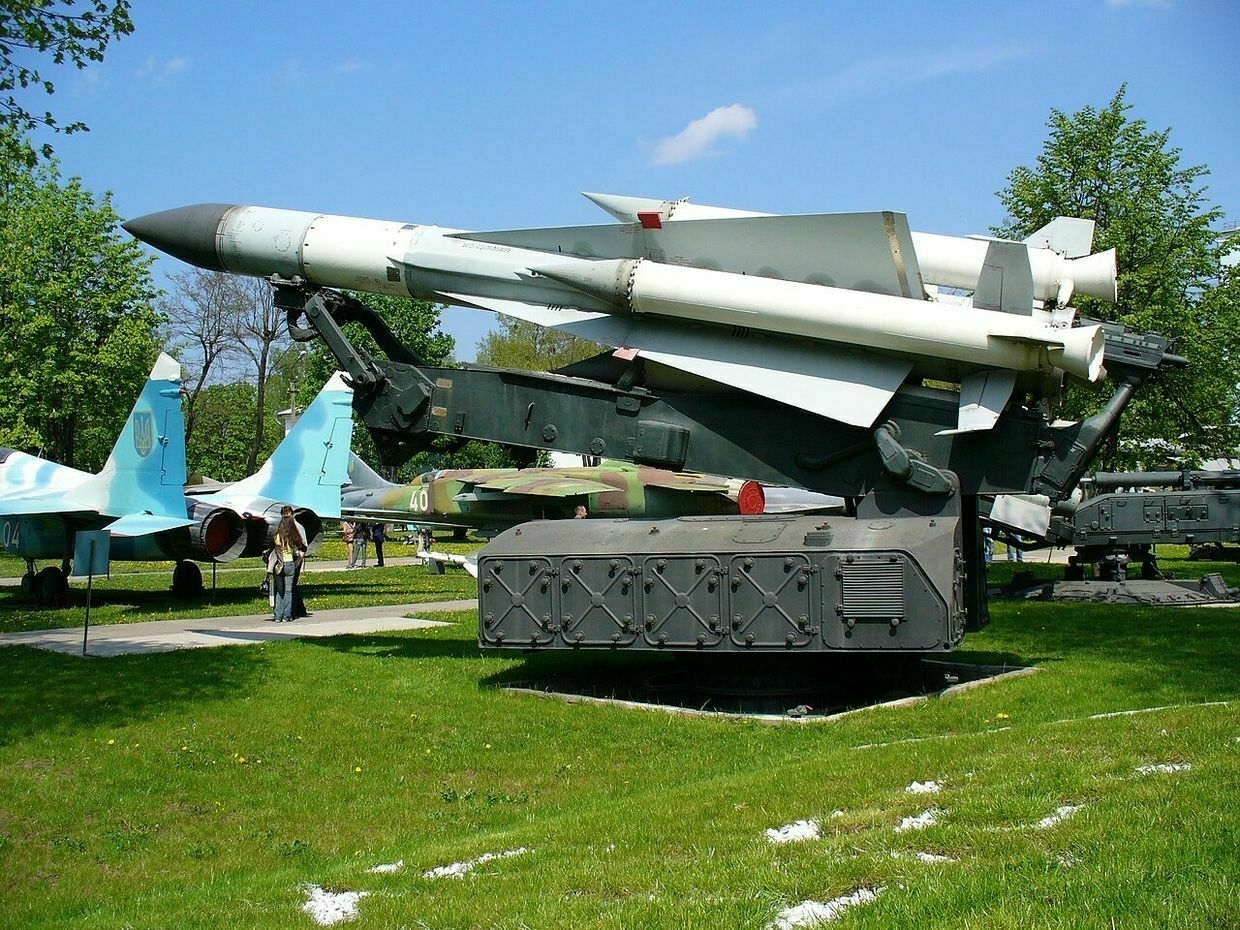
An S-200V launcher at the Military History Museum of the Air Forces of the Armed Forces of Ukraine in Vinnytsia, Ukraine. (George Chernilevsky / Wikipedia) Post-Soviet Russia upgraded the S-300s to S-400s, which are supposedly better at shooting down ballistic missiles. But an S-500 that, as proposed, more closely resembles the newest Patriots has remained under development for years. Chief of the General Staff of Russia’s Armed Forces Valeriy Gerasimov announced the first S-500 division in December. The only known footage emerged days later.
Ukraine was already at work on an S-300 upgrade of its own called the SD-300 before the war. Per a since-removed 2021 flyer from Design Bureau Luch, the envisioned system still had a warhead, meaning it still relies on fragmentary explosions that the newest and best anti-ballistic defenses have moved away from.
The physical hardware of these anti-ballistic missiles takes years to build out. But improvements in software, particularly in algorithms predicting the trajectory of incoming ballistic attacks, would be a cheaper way of boosting S-300 effectiveness, as would more imports of advanced radar systems.
But Ukraine is also running low on ammunition for its SAMP-T and S-300 systems, as well as Patriots. The factories that would, pre-war, have been best equipped to build out more ammunition or upgrades for these S-300s find themselves prime targets for Russian air attacks.
Ukraine is, for now, trapped in a vicious cycle in which it needs air defense to protect the factories where it can build more air defense missiles of its own. They are also the same factories working on Ukraine’s own cruise and ballistic missiles — namely the Neptune and Hrim-2 — which have taken priority since the war’s outset.
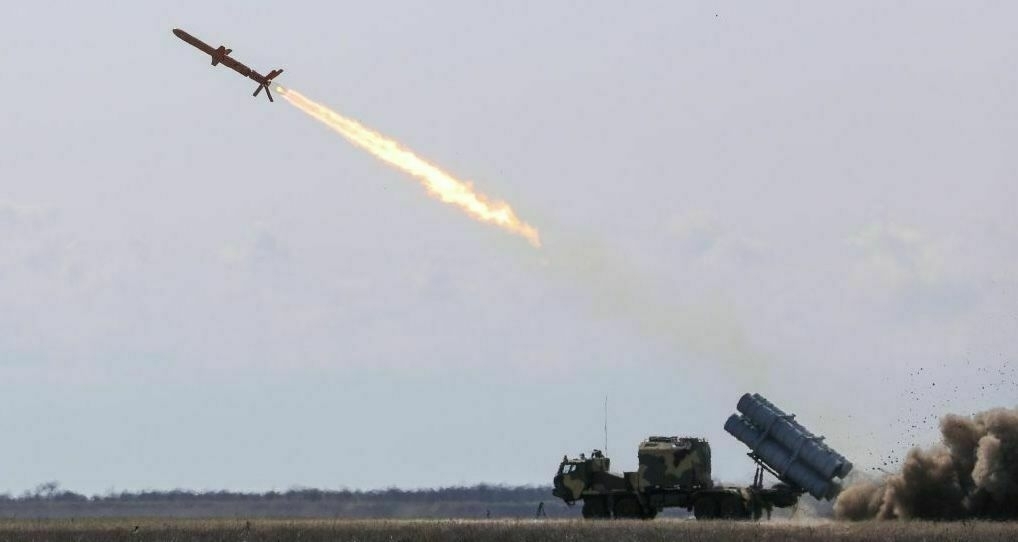
A Ukrainian-made Neptune-derived cruise missile is fired from an unspecified location in Ukraine on April 5, 2019. (Presidential Office of Ukraine) Hoffmann, for one, sees domestic anti-ballistic defenses as being far out of range for Ukraine’s wartime research and development relative to other, cheaper drone and missile development.
“If the Ukrainians start investing in indigenous BMD (ballistic missile defense), I’ll eat my shoe,” said Hoffmann. “That would not be worth it from an opportunity cost perspective.”
Ukraine consequently continues to bank on the West to provide more Patriot missiles.
What makes Patriot missiles uniqueThere are two main species of Patriot missiles critical to Ukraine today, PAC-2s and PAC-3s.
Raytheon makes Patriot ground systems, launchers, and PAC-2 missiles, which are primarily for shooting down cruise missiles. Lockheed Martin makes the PAC-3 missiles, which are, to all appearances, the best anti-ballistic defense on the international market, particularly the newest Missile Segment Enhancement (MSE) models.
The Ukrainian Air Force wrote early in April that since the start of the full-scale war, they had shot down 90 ballistic missiles and 40 Kinzhals, classified as “aeroballistics.”
Other air defense units in Ukraine include Soviet S-300s, Norwegian NASAMS, German Iris-Ts, and the French-Italian SAMP/T, the land-based system from Aster, and likely the closest competitor to the newest Patriots.
PAC-3s are uniquely designed to “hit to kill.” Traditional air defense missiles are shot into the sky to explode, sending shrapnel into adjacent incoming planes, drones, or missiles. Hit-to-kill missiles like the PAC-3 destroy their targets by physically flying into them.
A deck that Lockheed Martin provided to the Kyiv Independent touts that hit-to-kill attacks are far better at destroying not just the missile, but the explosives or even chemical charges that a missile is carrying. The company also says explosive air defense doesn’t change the flight path of ballistic missiles, leaving debris to fall more or less where it was initially heading.
In a statement, Lockheed Martin wrote to the Kyiv Independent: “PAC-3 Hit-to-kill technology encompasses advanced software and hardware components, including the seeker, a highly responsive airframe, agile control system, and guidance software. All components are necessary to achieve hit-to-kill capability.”
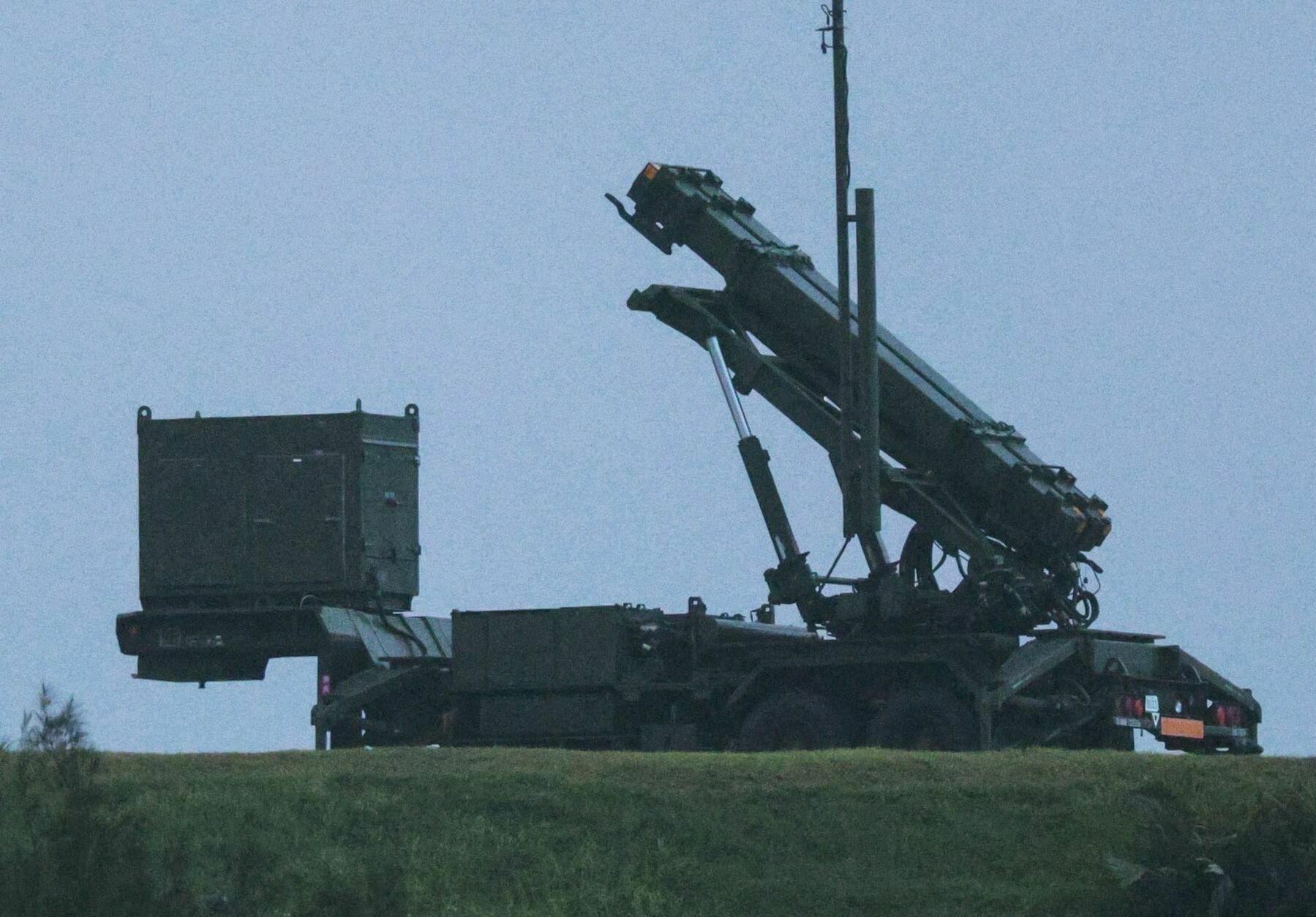
A Japan Air Self-Defense Force Patriot Advanced Capability-3 missile interceptor unit is seen deployed on Miyako Island in Okinawa Prefecture, Japan, on May 24, 2024. (Kyodo News via Getty Images) Without explosives, a PAC-3 is much smaller, lighter, and more maneuverable than a PAC-2. As a result, a standard Patriot launcher can fit 16 PAC-3s at once, as compared to four PAC-2s.
The precision targeting technology required for hit-to-kill is new. PAC-3s came under development when PAC-2s largely failed against Iraq’s arsenal of Soviet-made SCUD ballistic missiles in the first Gulf War. The embarrassment of those encounters prompted a new design that took a decade and a half to make operational.
To date, the U.S. is the only exporter of “hit-to-kill” technology in the world. China’s HQ-19 seems to use something similar, but public information is limited. The Chinese government announced a successful anti-ballistic test in 2022 but has remained quiet about details.
Russia, meanwhile, has the same S-300s as Ukraine as well as upgraded S-400s that Ukraine does not have. The Russian defense industry is working on the S-500 but has yet to properly field them.
Ukraine can similarly tinker with its stockpiles of S-300s, particularly with updated software and radar systems. But ammunition for those weapons is also running perilously low.
Ballistic patriotism and missile diplomacyThe PAC-3 MSEs boast two critical features. One is that they are uniquely effective at shooting down Russian ballistic missiles, as their time in Ukraine has demonstrated.
Thanks to this success, countries across Europe and the Middle East are petitioning the U.S. government to buy progressively more, with Germany getting the go-ahead for an unprecedented $5 billion purchase back in August.
The second critical feature of PAC-3s is that they are produced en masse, at a scale that is growing thanks to their performance in Ukraine and an increasing number of nations ordering them to defend themselves from ballistic missile attacks.
Lockheed Martin is planning to expand production from 500 to 650 annually. Multinational European missile maker MBDA has gotten the go-ahead to build the first manufacturing for Patriots outside of the U.S.
New production of Patriot missiles will, however, take years to build out. Largely thanks to their performance in Ukraine, a glut of new Patriot missiles should be going around in two years. Meanwhile, Ukrainian air defense remains largely dependent on foreign donations of missiles, whose supply is stretched thin worldwide.
Note from the author:
Hi there, this is Kollen, the author of this article. Thanks for reading. Ukrainians’ responses to Russia’s invasion showcase a society that is deeply resilient and inventive, despite pullbacks in aid. If you like reading stories highlighting the development of Ukraine’s wartime technology and economy from on the ground, please consider supporting our work by becoming a member of the Kyiv Independent.
Ukraine’s long-suffering aerospace giants look to Europe to break free from Russian orbitWhere the Donbas meets the Dnipro River, the USSR built out a dense range of massive factories, using the local coal and metal reserves to smelt, weld, and cast the heaviest of machinery — and weaponry — for the whole of the Soviet Union. One of these is Pivdenmash, formerly known by the Russian name, Yuzhmash, a factory that is effectively a city unto itself in the south of the city of Dnipro in central-eastern Ukraine. The great builder of the Soviet intercontinental ballistic missile (ICBM) The Kyiv IndependentKollen Post
The Kyiv IndependentKollen Post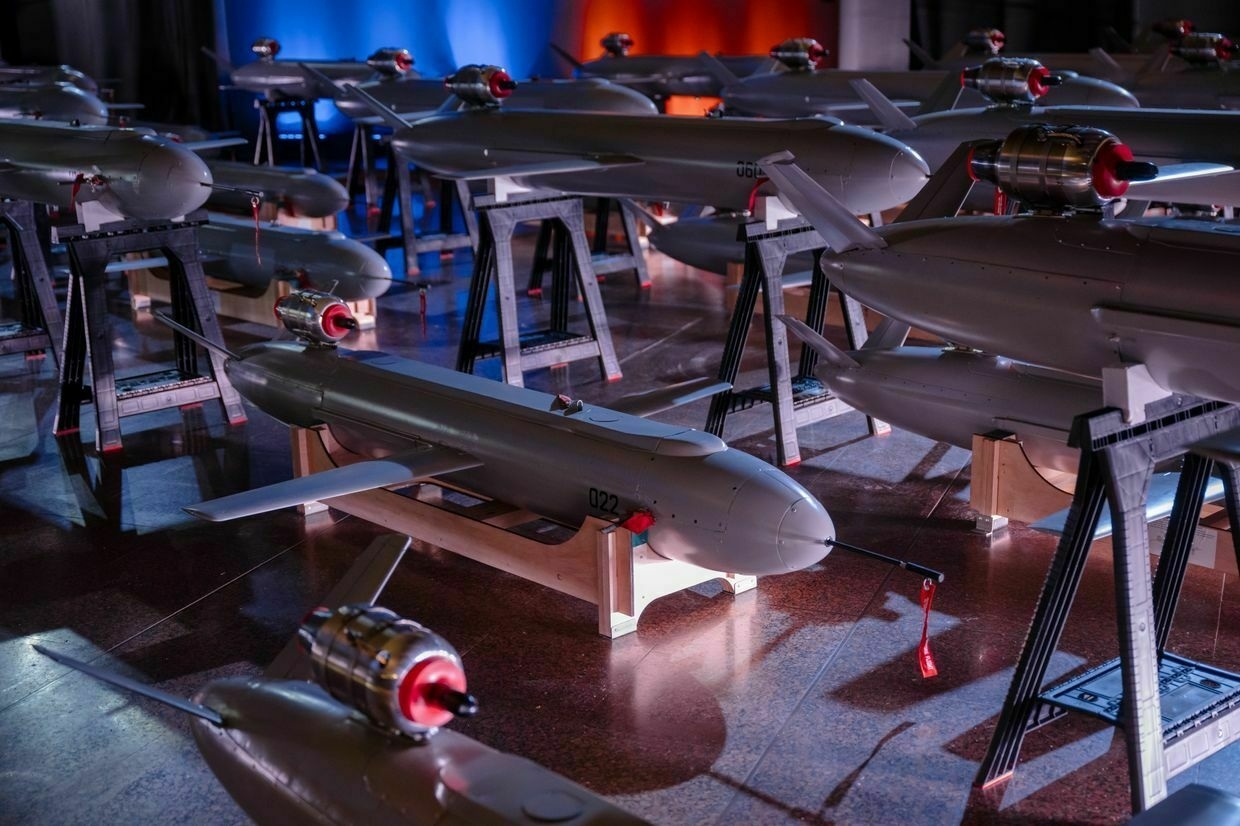
-
A day with Ukraine’s rescuers under Russian fire
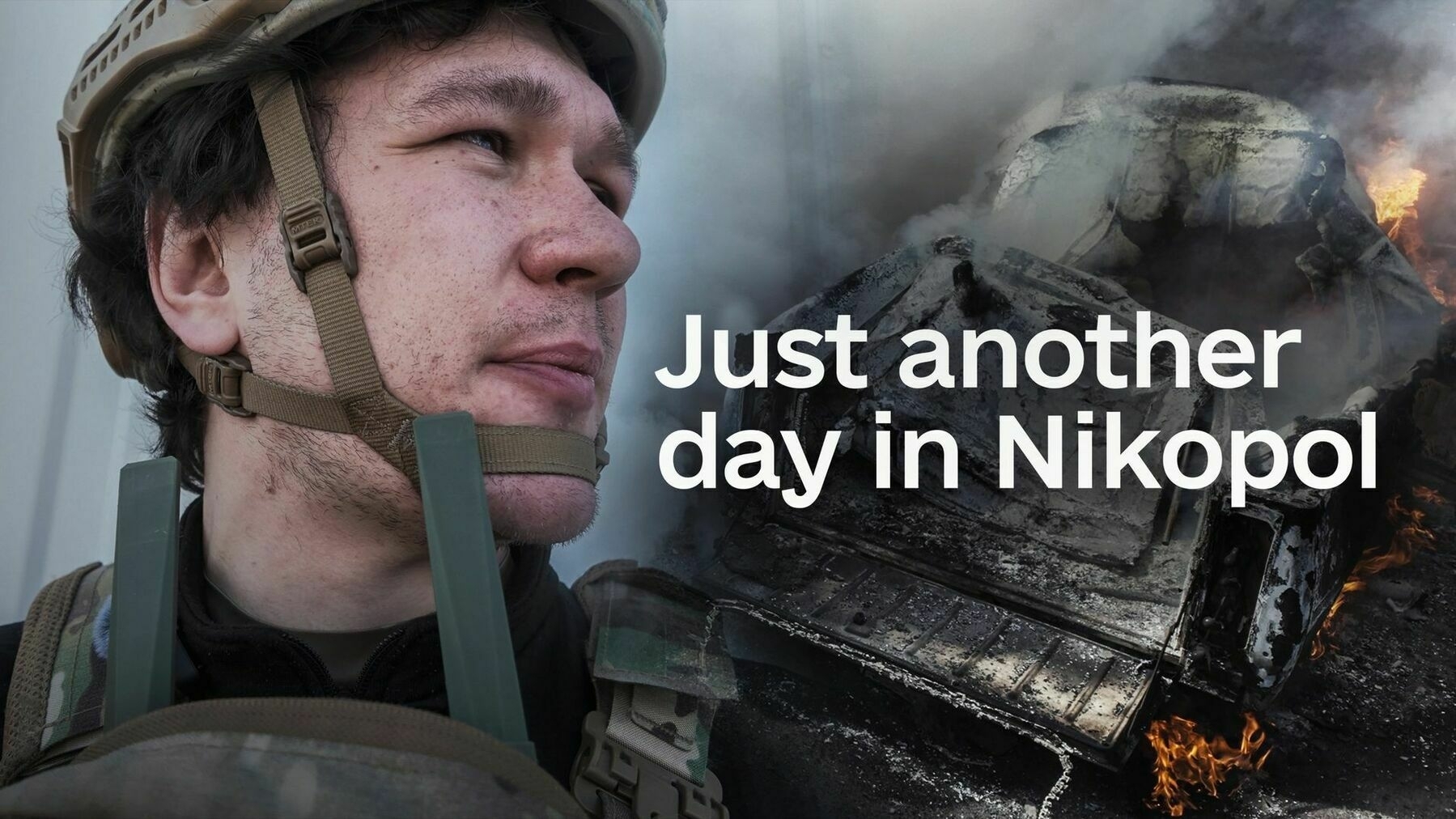
The Kyiv Independent’s contributor Ignatius Ivlev-Yorke spent a day with a mobile team from the State Emergency Service in Nikopol in the south of Ukraine as they responded to relentless drone, artillery, and mortar strikes from Russian forces just across the Dnipro River. Nikopol is located across from the Russian-occupied Zaporizhzhia Nuclear Power Plant in the city of Enerhodar.
-
What will the new pope mean for Ukraine?
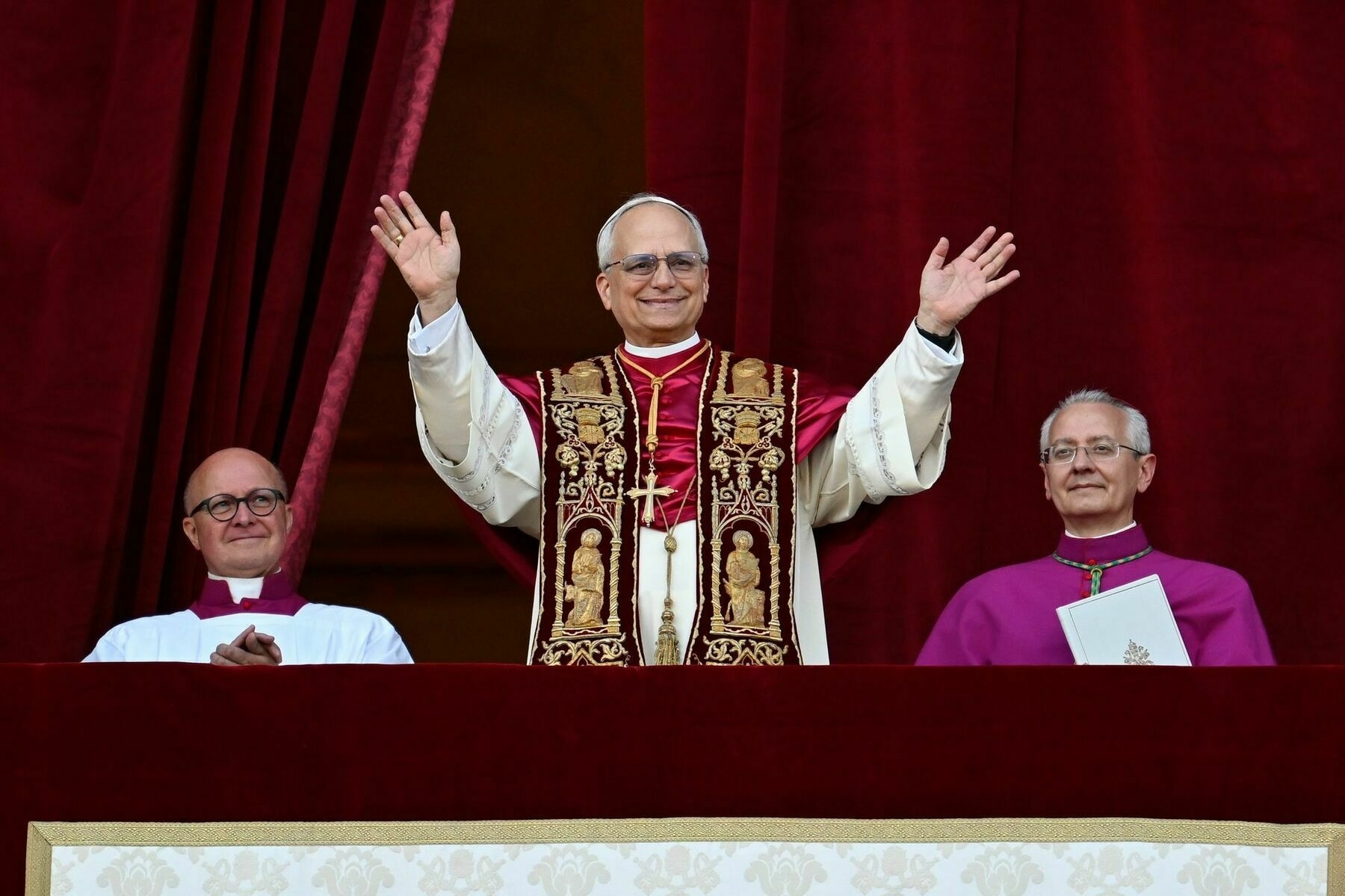
With the announcement that Cardinal Robert Francis Prevost has been chosen as the new pope and leader of the Catholic Church, Ukrainians are wondering what the surprise appointment of the American-born pontiff will mean for their country.
Past comments made by the new pope, who has taken the name Pope Leo XIV, quickly surfaced to form an idea of his views on immigration, gay rights, climate change, and the current U.S. administration. But with no similar public record of statements on Russia’s invasion, Ukrainians are left scrutinizing his public comments and hoping the world leader’s stance toward the ongoing war will benefit their country.
“I am not aware of any statements or actions the current pope has made regarding the war in Ukraine,” said Father Ihor Yatsiv, a spokesperson for the Greek Catholic Church in Ukraine, which falls under the Vatican’s leadership.
“So we can only operate based on who he is through his experience, his human life experience, his service, where he has been, where he comes from, and, accordingly, also after whom he comes.”
One potential sign of the pope’s future policies is in the selection of his new name, one of the first decisions a new pope makes. While Pope Leo XIV has not yet said why he selected Leo, a pontiff’s new name often refers to previous pontiffs whose footsteps they wish to follow.
“We identify Pope Leo XIV as a pope of hope for Ukraine.”
Pope Leo XIII, the most recent pope to use this name, is widely remembered for his championing of social policies and social justice.
He was “a pope who paid attention to the socially vulnerable, a pope who stood on the side of the oppressed, a pope who stood for justice and, accordingly, spoke out against the powerful of this world,” noted Yatsiv.
“We identify Pope Leo XIV as a pope of hope for Ukraine,” Yatsiv added.
Many observers have noted that the selection of an American pope — long considered taboo — is likely, in part, a response to the current policies enacted by U.S. President Donald Trump and a rise in isolationism from his administration.
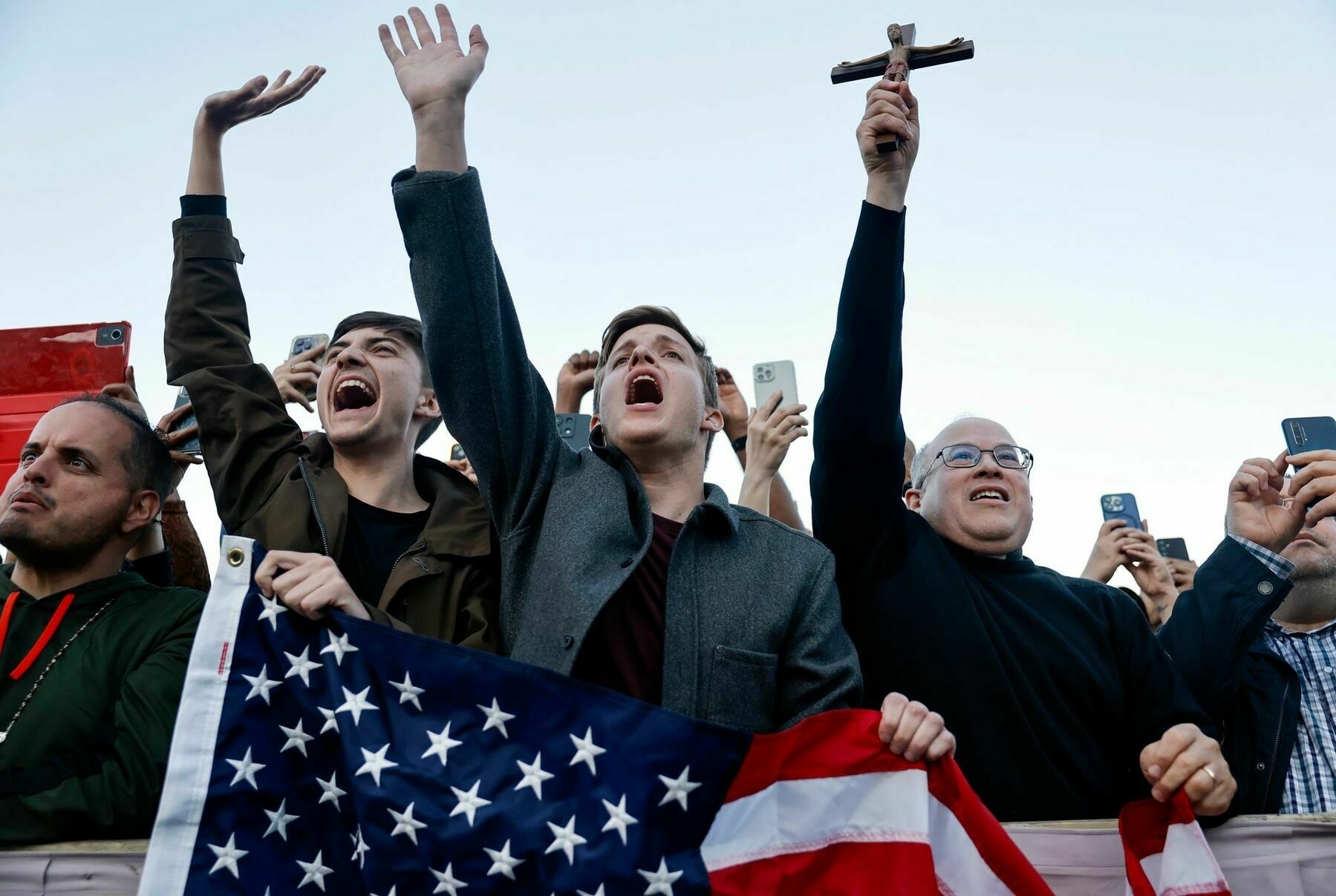
Americans from Texas, including Cole Wendling (C), celebrate after the announcement of newly elected Pope Leo XIV in Vatican City, Vatican, on May 8, 2025. (Mario Tama / Getty Images) “Trumpism has broken many international taboos in recent months,” said Massimo Faggioli, a professor of historical theology at Villanova University. “The conclave responded in kind by breaking another taboo: that it was not possible for a Catholic from the U.S., a superpower, to become pope, in order to avoid an overlap between political-military supremacy, and the leadership of the church symbolically, at least, heir to the Roman Empire.”
In selecting Pope Leo, the cardinals who voted may have aimed to counter Trump’s policies with a different message about what U.S. exceptionalism and greatness can look like, Faggioli said.
“It remains to be seen what it means for a pope from the U.S., in the world of the crisis of liberal and constitutional democracies today, to speak as the head of the Catholic Church and the Holy See to Russia and Ukraine, to Israel and the Arab world, to China and the two Koreas,” said Faggioli.
Prior to his election as the leader of the Catholic Church, Pope Leo had boosted criticisms aimed at the anti-immigration policies of Trump and his vice president, JD Vance, on X.
In February, he reposted an article titled, "JD Vance is wrong: Jesus doesn't ask us to rank our love for others."
Pope Leo succeeds Pope Francis, who left behind a mixed legacy on the war in Ukraine. His repeated calls for peace often left Ukrainians frustrated by his failure to call out Russia as the aggressor or to condemn Russian President Vladimir Putin.
While this reflects the Vatican’s commitment to neutrality, allowing it to carry out a humanitarian role and negotiate prisoner exchanges, it also came under fire as being influenced by the historic ties between Moscow and the Vatican.
After it was announced that Cardinal Robert Prevost would replace him as the new church leader, President Volodymyr Zelensky congratulated Pope Leo XIV on social media, saying, “Ukraine deeply values the Holy See’s consistent position in upholding international law, condemning the Russian Federation’s military aggression against Ukraine, and protecting the rights of innocent civilians.”
Pope Francis leaves a mixed legacy in wartime Ukraine, overshadowed by historic Vatican-Moscow tiesPope Francis, who passed away on April 21 at 88, leaves behind a legacy as vast and varied as his global influence. Yet in Ukraine, his track record is far from positive. For many Ukrainians, the Pope’s legacy is shaped by his repeated downplaying of the gravity of Ukraine’s fight for its survival in Russia’s war of aggression. His sweeping calls for peace over the past three years – from calling Ukrainians and Russians “brothers” to urging Ukraine to “have the courage of the white flag” in ne The Kyiv IndependentKate Tsurkan
The Kyiv IndependentKate Tsurkan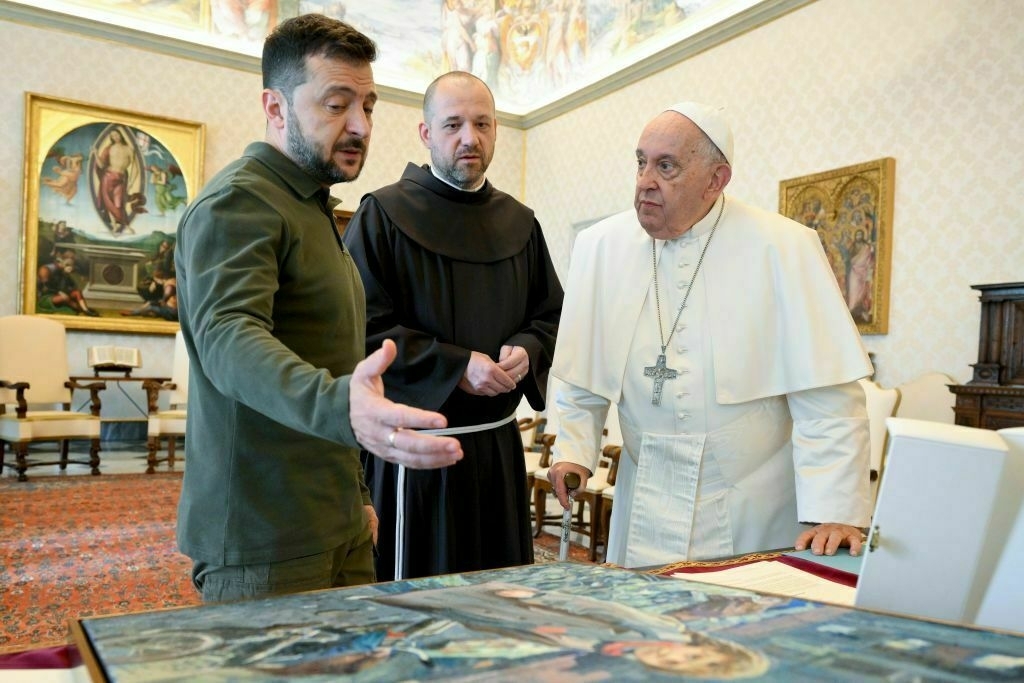
-
Covert gathering in Baku: German and Russian politicians discuss reviving the 'Petersburg Dialogue'
Russian and German political officials reportedly met in Baku for a covert meeting assumed to focus on the future of the "Petersburg Dialogue." This forum, an intricate symbol of bilateral relations, became defunct following the eruption of hostilities between Russia and Ukraine. The gathering captured attention on Wednesday, May 8, when German public broadcaster ARD and Die Zeit highlighted the proceedings.
Representing Germany were prominent figures like Ralf Stegner, a seasoned foreign policy strategist from the Social Democratic Party (SPD), ex-head of the Federal Chancellery Ronald Pofalla, Christian Democrat Stephan Holthoff-Pförtner, who formerly managed federal and European affairs in the North Rhine-Westphalia government, and Martin Hoffmann, a past Executive Director of the "Petersburg Dialogue."
They confirmed their presence, maintaining it was a private endeavor, without governmental backing or financial support. The German Foreign Ministry echoed this stance, clarifying that these dialogues were not state-sponsored. Additionally, Swiss diplomat Thomas Greminger, ex-OSCE Secretary-General, was noted to have been in Baku, though he refrained from comments.
On the Russian side, the assembly featured Viktor Zubkov, once Russia’s Prime Minister and current chairman of Gazprom’s board, leading the "Petersburg Dialogue" from the Russian side. Valery Fadeev, chair of the Human Rights Council under Russia’s President, also participated. The meet marks at least the third occurrence, with similarly comprised delegations having met twice in Baku during 2024.
Details on the discussions were scarce, only alluding to talks about reviving the "Petersburg Dialogue," originally initiated by Putin and ex-German Chancellor Gerhard Schröder in 2001. It was stopped post-Russia's Ukraine invasion.
Journalists noted significant scrutiny surrounds Ralf Stegner, once a Bundestag member overseeing Germany's intelligence services. ARD outlines his privileged knowledge as particularly appealing to Russian interests.
Marie-Agnès Strack-Zimmermann, the FDP's security policy specialist and a Member of the European Parliament, voiced strong reservations against Stegner’s inclusion in key committees of the new Bundestag, citing the need for candidates to be "untouchable and trustworthy" – a standard she claims he does not meet.
-
Kremlin confirms talks with US on revival of Russian gas supplies to Europe
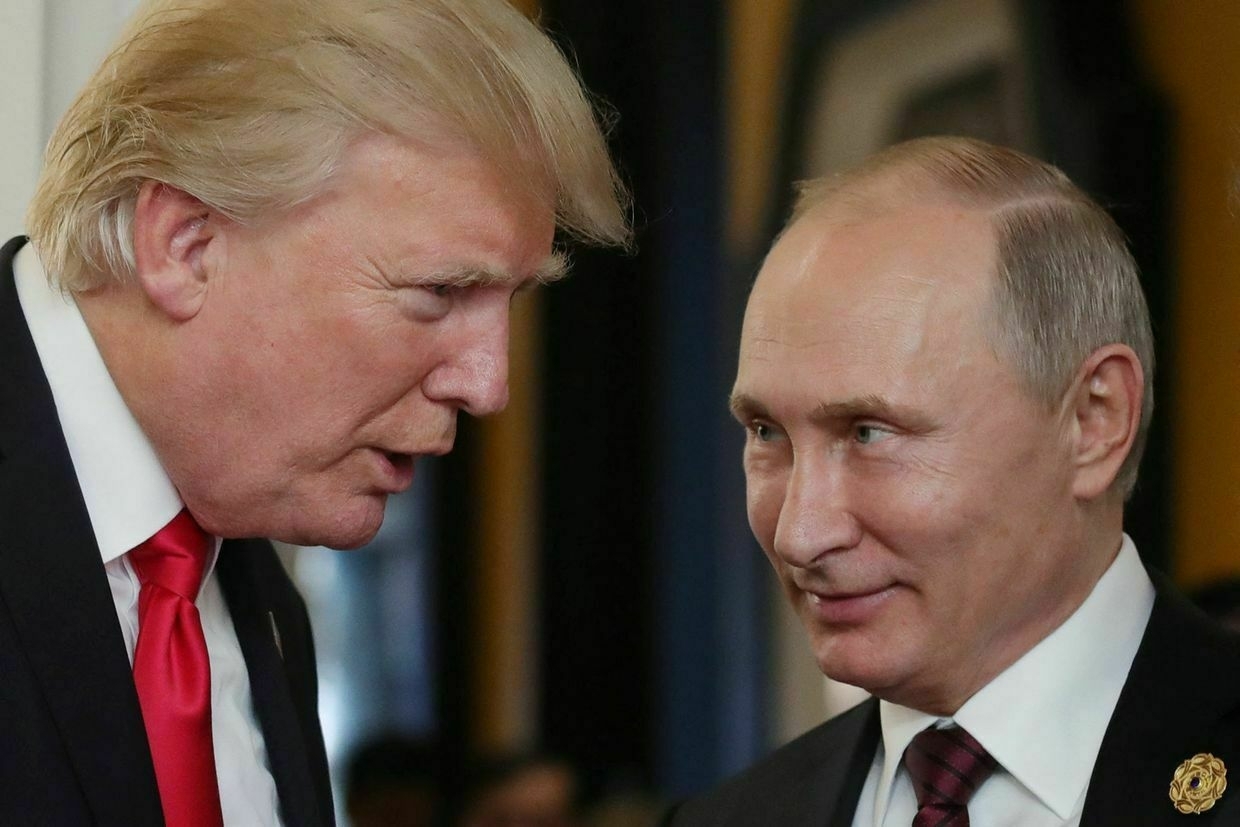
Moscow and Washington have discussed the potential resumption of Russian gas supplies to Europe, among other issues related to the peaceful settlement of Russia’s war in Ukraine, Russian presidential aide Yuri Ushakov confirmed to the Russian state-run Interfax news agency.
Ushakov’s statement follows a Reuters report on the gas talks between the U.S., confirmed by eight sources familiar with the matter.
Washington’s involvement may also help mitigate political opposition in Europe, while giving the U.S. strategic visibility over future Russian energy flows, sources told the news agency.
“We raise this topic with the Americans, but with whom else, frankly, I don’t understand,” Ushakov told the Russian state-run Interfax news agency.
Following Russia’s full-scale invasion of Ukraine in 2022, European Union nations dramatically cut their imports of Russian gas. State energy giant Gazprom reported a $13.1 billion loss in 2024 as a result. Russian pipeline gas now accounts for only 19% of European supply, down from 45%.
Despite efforts to diversify, some EU countries, like Hungary, Slovakia, Belgium, and France, continue receiving Russian gas through pipelines or long-term liquefied natural gas (LNG) contracts.
U.S. special envoy Steve Witkoff and a Kremlin envoy Kirill Dmitriev have discussed gas exports, two of Reuters' sources said.
The two met last in St. Petersburg on April 11. Russia’s Direct Investment Fund denied the talks at the time, stating, “Currently, there are no such discussions."
Still, opposition in Brussels remains firm. After years of reducing its reliance on Russian gas since the full-scale invasion of Ukraine, on May 6 the European Commission presented a detailed roadmap to fully sever the European Union’s energy dependence on Russia by 2027.
The plan has been described as the bloc’s most comprehensive effort yet to end imports of Russian gas, oil, and nuclear fuel, a dependency critics argue has long compromised EU sovereignty and funded the Kremlin’s war machine in Ukraine.
Russian regime’s legitimacy rests on the manipulation of historyWorld War II was a bloodbath of unspeakable proportions, planned and executed by totalitarian powers. It brought the catastrophe of the Holocaust. It also led to the division of Europe and loss of freedom of many nations in Europe, including my own. Today, at the time of commemoration of 80 years since the end of World War II, Russia is singularly responsible for launching the most devastating war in Europe since 1945. Three years into the full-scale war, Russia has failed to achieve its war ai The Kyiv IndependentBaiba Braze
The Kyiv IndependentBaiba Braze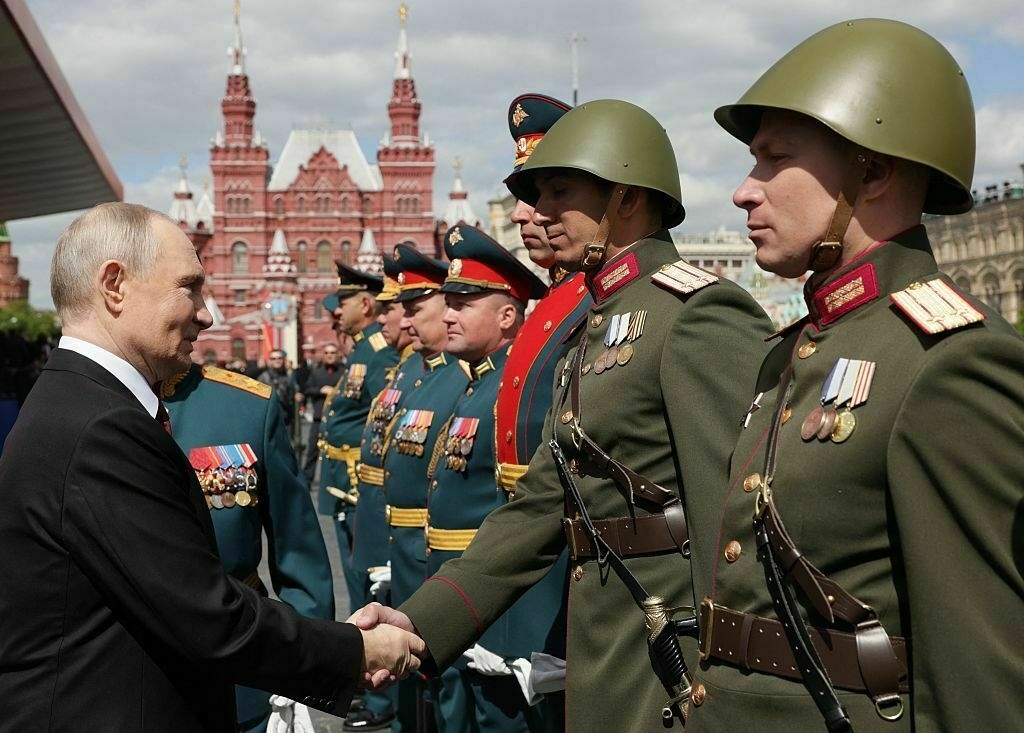
-
“They never said it was a war” — Confession of a captured Russian soldier
-
5 things Putin conveniently left out of his Victory Day speech in Moscow
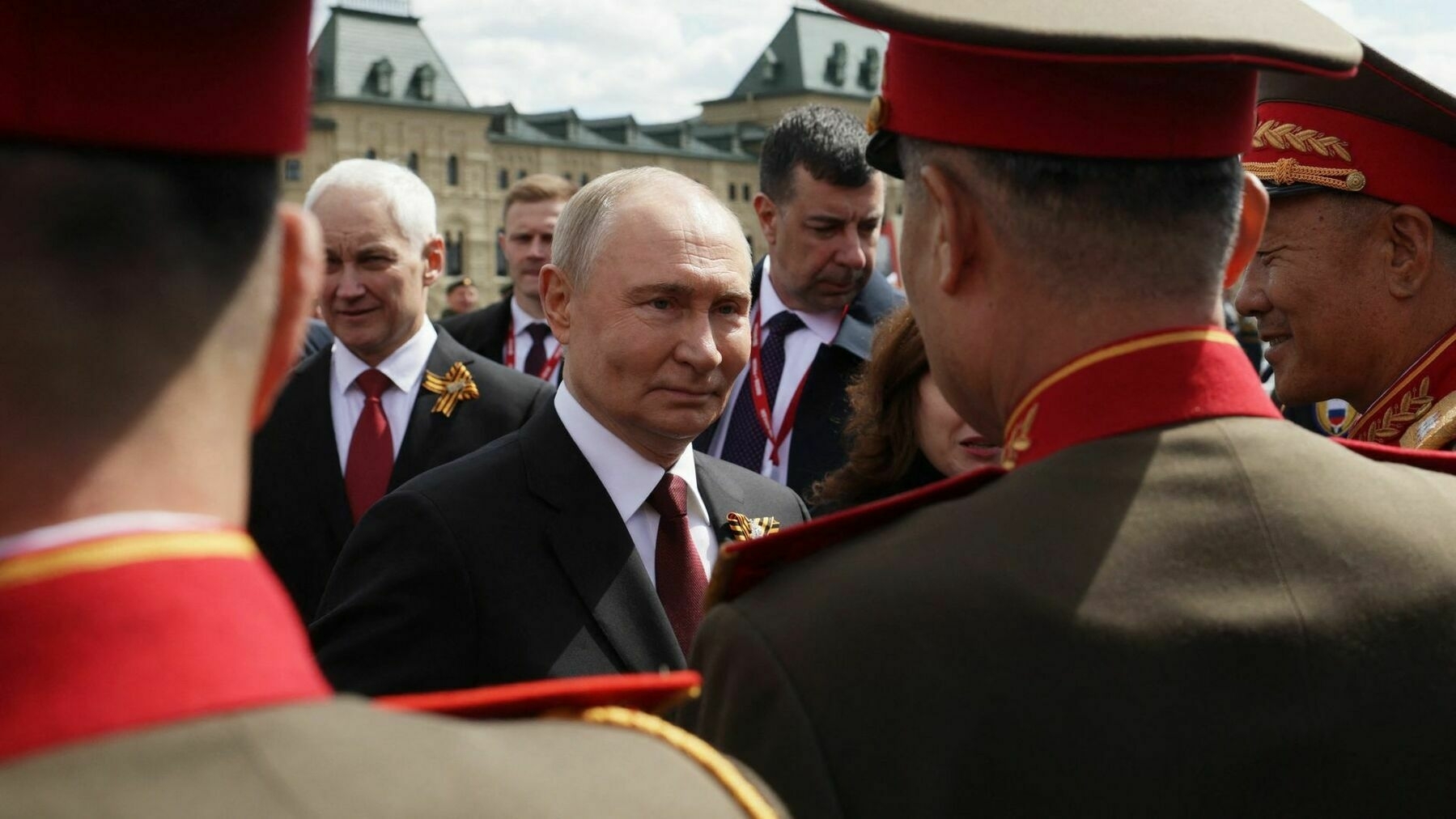
Amid much pomp, military machinery, and the threat of Ukrainian drone strikes, Russian President Vladimir Putin has delivered his annual speech to mark his country’s Victory Day parade.
The Kremlin’s celebrations, which mark the Soviet Union’s role in defeating Nazi Germany in World War II, are one of the country’s biggest public events of the year.
The annual event is also a key part of Putin’s propaganda efforts to justify aggression against what the Kremlin falsely portrays as “Nazis” in Ukraine.
“Putin needs this victory cult that he has created,” Andrej Lushnycky, author, historian, and president of the Ukrainian Society of Switzerland, told the Kyiv Independent.
“He needs this in order for his own people to accept the terrible conditions that they’re still living under in this authoritarian state."
The Kyiv Independent spoke to Lushnycky to get his thoughts on what Putin said during his Victory Day speech — and what he conveniently forgot to mention.
1) ‘Russian soldiers’
“Our fathers, grandfathers, and great-grandfathers saved the Fatherland… Our duty is to defend the honor of the soldiers and commanders of the Red Army, the great feat of representatives of different nationalities, who will forever remain in world history as Russian soldiers."
Putin’s attempt to conflate Russian and Soviet soldiers, and his brief nod to “different nationalities,” belies one major historical fact — at least six million Ukrainians fought in the Soviet army.
“The truth is that hundreds of thousands of their own troops were killed by the Soviets because they defected, or they didn’t have uniforms, they were turning back, or they were just shot in the back of the head.”
Though exact numbers are unknown, it's estimated that around 1.65 million of the Ukrainians who fought were killed, the highest number from any of the Soviet republics after Russia itself.
Then there is the stark difference between Putin's veneration of Soviet soldiers and the treatment they faced during the war.
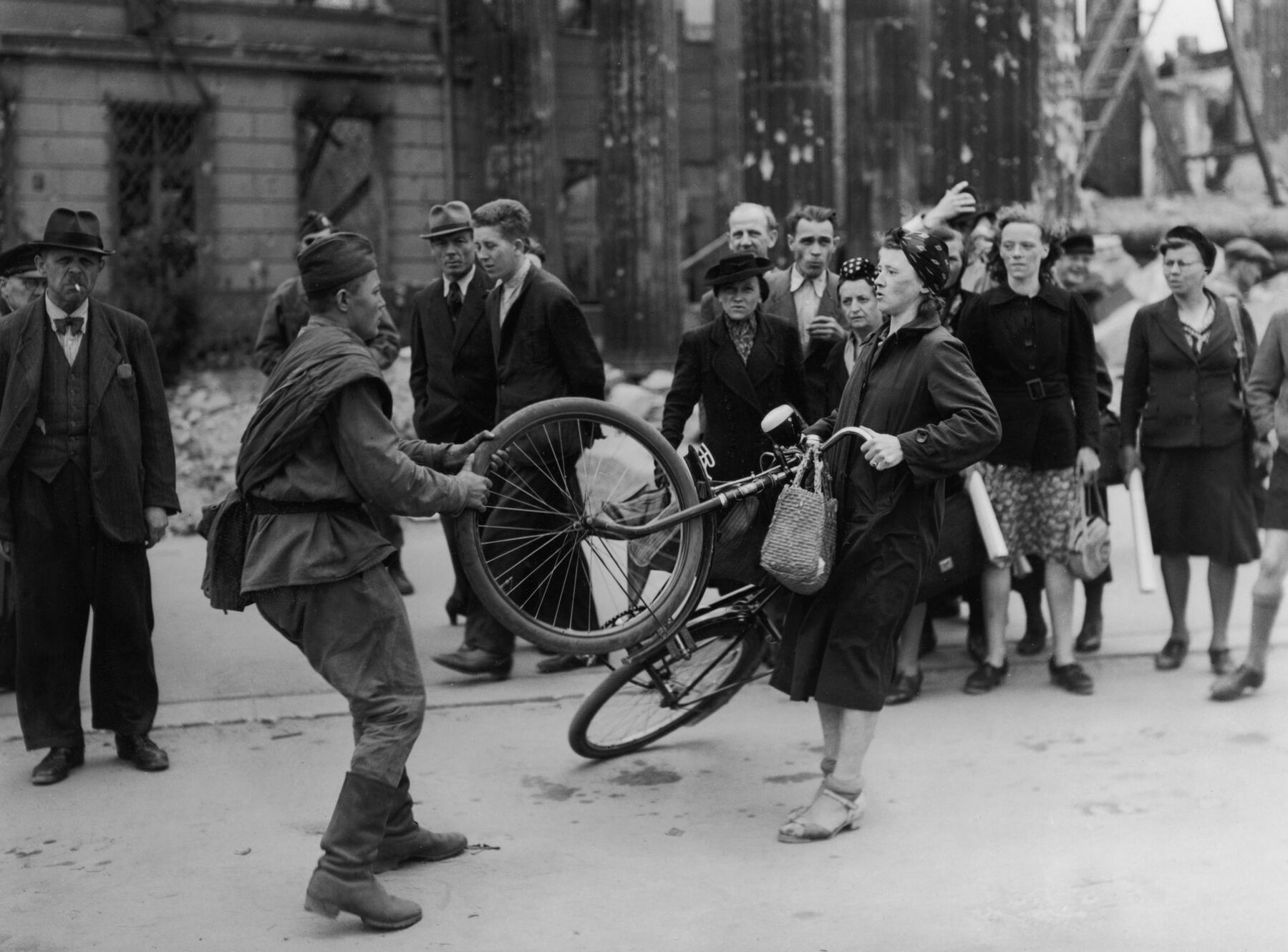
A Russian soldier attempts to steal a bicycle from a German woman, in Berlin, Germany, in 1945. (Keystone / Getty Images) 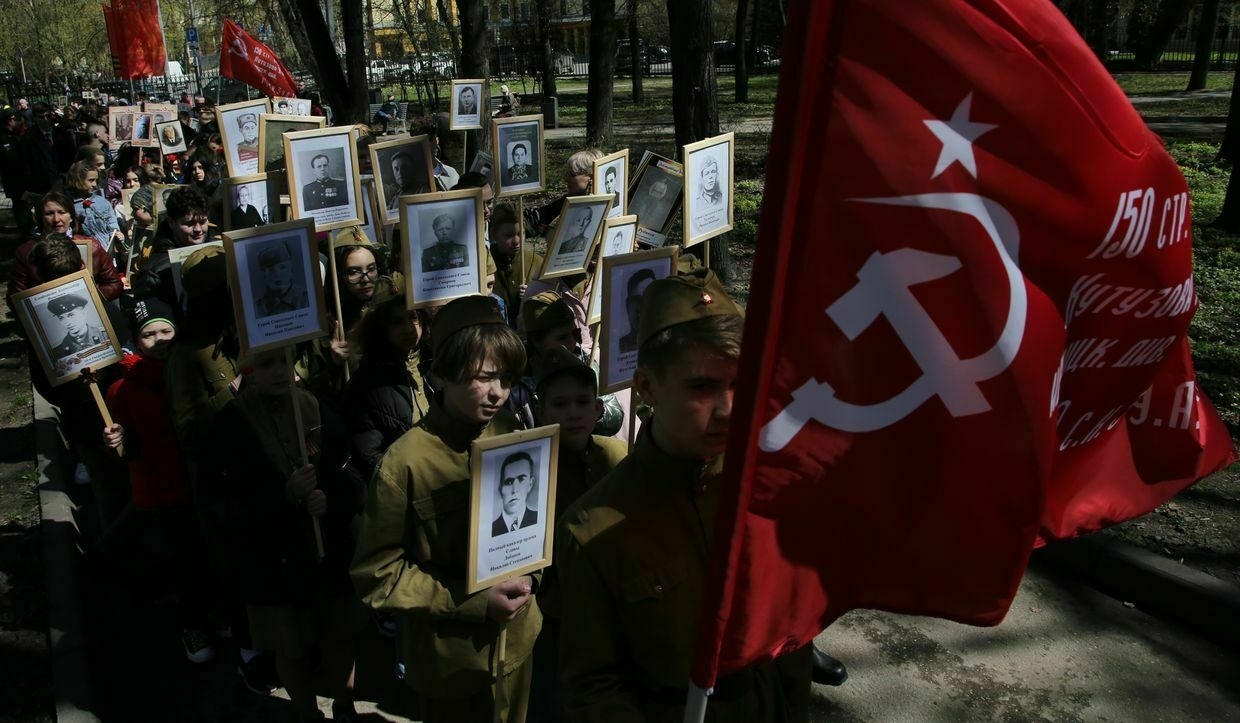
Children carry Soviet flags and portraits of relatives who participated in World War II during the Immortal Regiment rally in Leningradsky Garden in Moscow, Russia, on May 5, 2022. (Contributor / Getty Images) "The truth is that hundreds of thousands of their own troops were killed by the Soviets because they defected, or they didn't have uniforms, they were turning back, or they were just shot in the back of the head," Lushnycky said.
"Human life really doesn't have any value in Russia today, nor can you really say it had value during the Soviet times. Look at the history — whether it was Chornobyl, whether it was the Holodomor, whether it was the way the soldiers were treated that fought in the Second World War."
"Nazis' plan" involved the Soviet Union collaborating with the Nazis in order to carve up Europe between them.
2) The Nazi's plan
"The Nazis' plans to seize the Soviet Union were shattered by the country's truly iron unity."
Soviet and Russian histories like to start the history of World War II in 1941 when the Soviet Union was attacked by Nazi Germany.
There's a good reason they gloss over the preceding years — quite a significant part of the "Nazis' plan" involved the Soviet Union collaborating with the Nazis in order to carve up Europe between them.
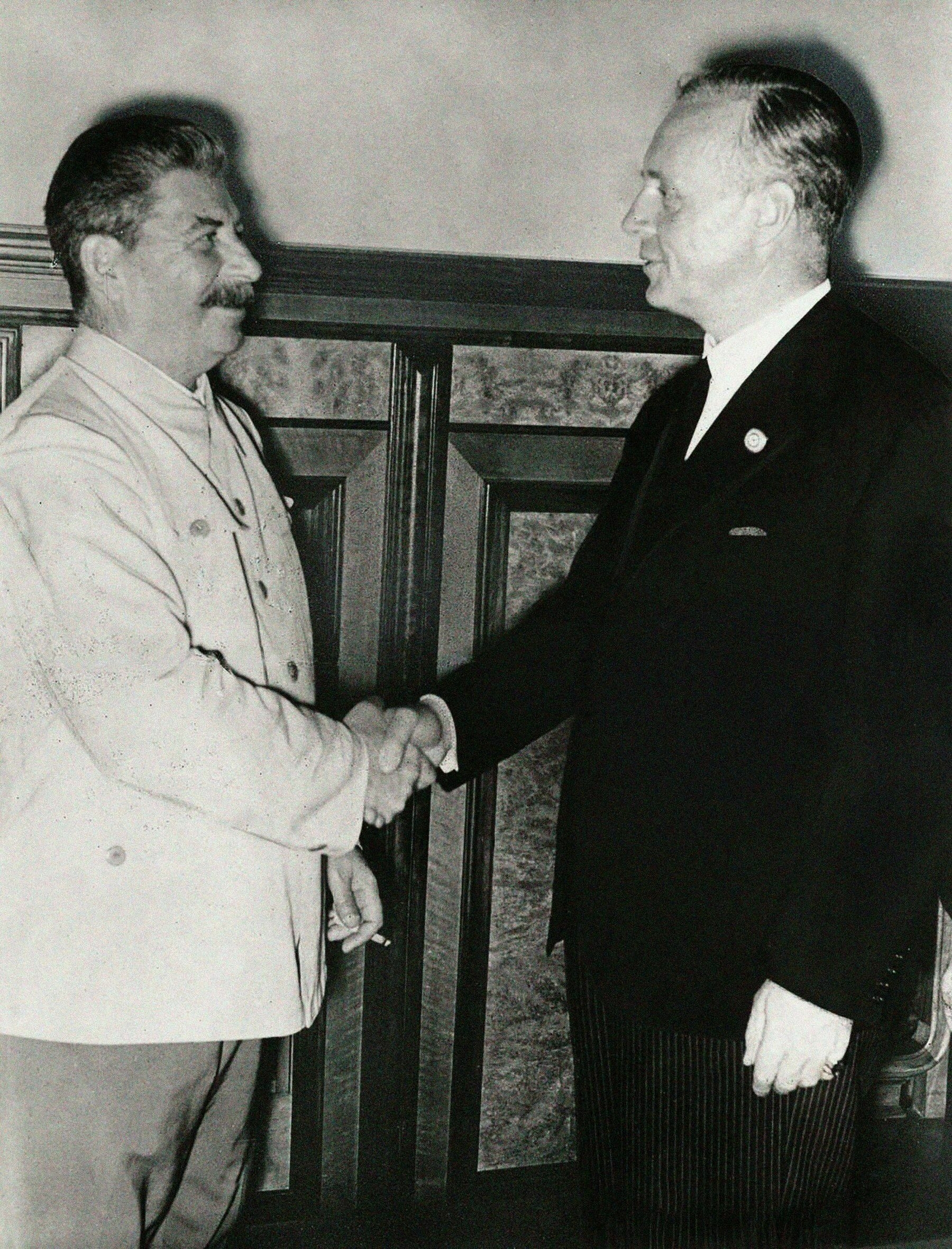
Soviet leader Joseph Stalin and German Foreign Minister Joachim von Ribbentrop in Moscow, Soviet Union, on Aug. 23, 1939, the day the Molotov-Ribbentrop Pact was signed. (Fine Art Images / Heritage Images via Getty Images) The Molotov-Ribbentrop Pact signed days before World War II in 1939, paved the way for Nazi Germany and the Soviet Union to invade Poland 17 days apart.
The Soviet Union also fought a brutal war against Finland and occupied Estonia, Latvia, and Lithuania, as well as parts of Poland and Romania in 1939-1940.
"Western armies were armies of liberation, whereas the Soviet army was just an army of occupation," Lushnycky said.
3) Nazism
"Russia has been and will be an indestructible barrier to Nazism."
The Nazis went down in history for launching the most destructive and devastating war of genocidal aggression of all time.
Russia is currently waging the most destructive and devastating genocidal war of aggression in Europe since the Nazis.
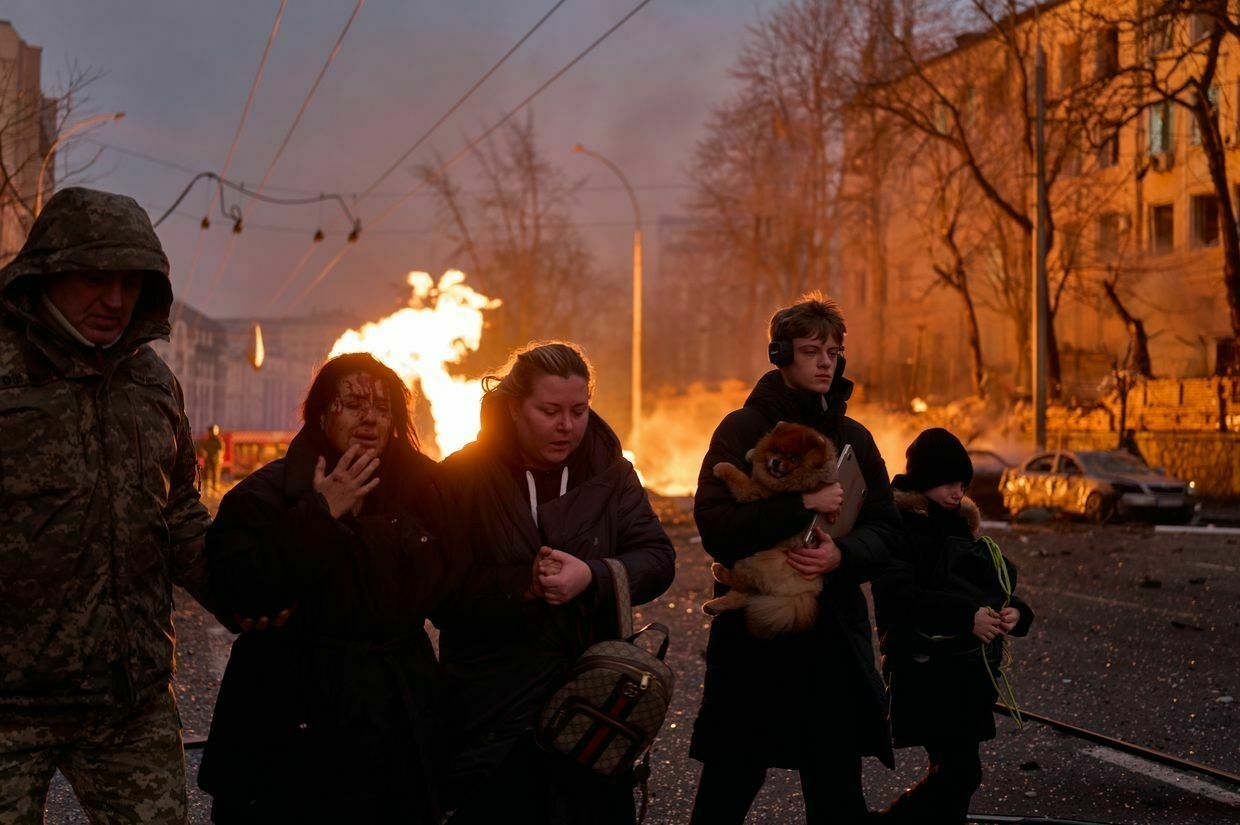
Civilians leave the site after a Russian ballistic missile strike in the city center of Kyiv, Ukraine, on Dec. 20, 2024. (Vlada Liberova / Libkos / Getty Images) According to Lushnycky, this perverse twisting of what it means to be a Nazi is a necessary tool for Putin in order to distract the Russian people from the reality in their own country.
"It's just conjuring up these old images that the regime in Moscow needs in order to bring people together, and to have them overlook the hardships that they're enduring because of his foolhardy stewardship," Lushnycky said.
4) The role of allies
"Today, we are all united by feelings of joy and sorrow, pride and gratitude, and admiration for the generation that crushed Nazism and, at the cost of millions of lives, won freedom and peace for all of humanity."
While Putin did give a nod to the "contribution" of the "allied armies" in the defeat of Nazi Germany, his Victory Day speeches always play up the role of the Soviet Army while downplaying the size of those "contributions" from the allies.
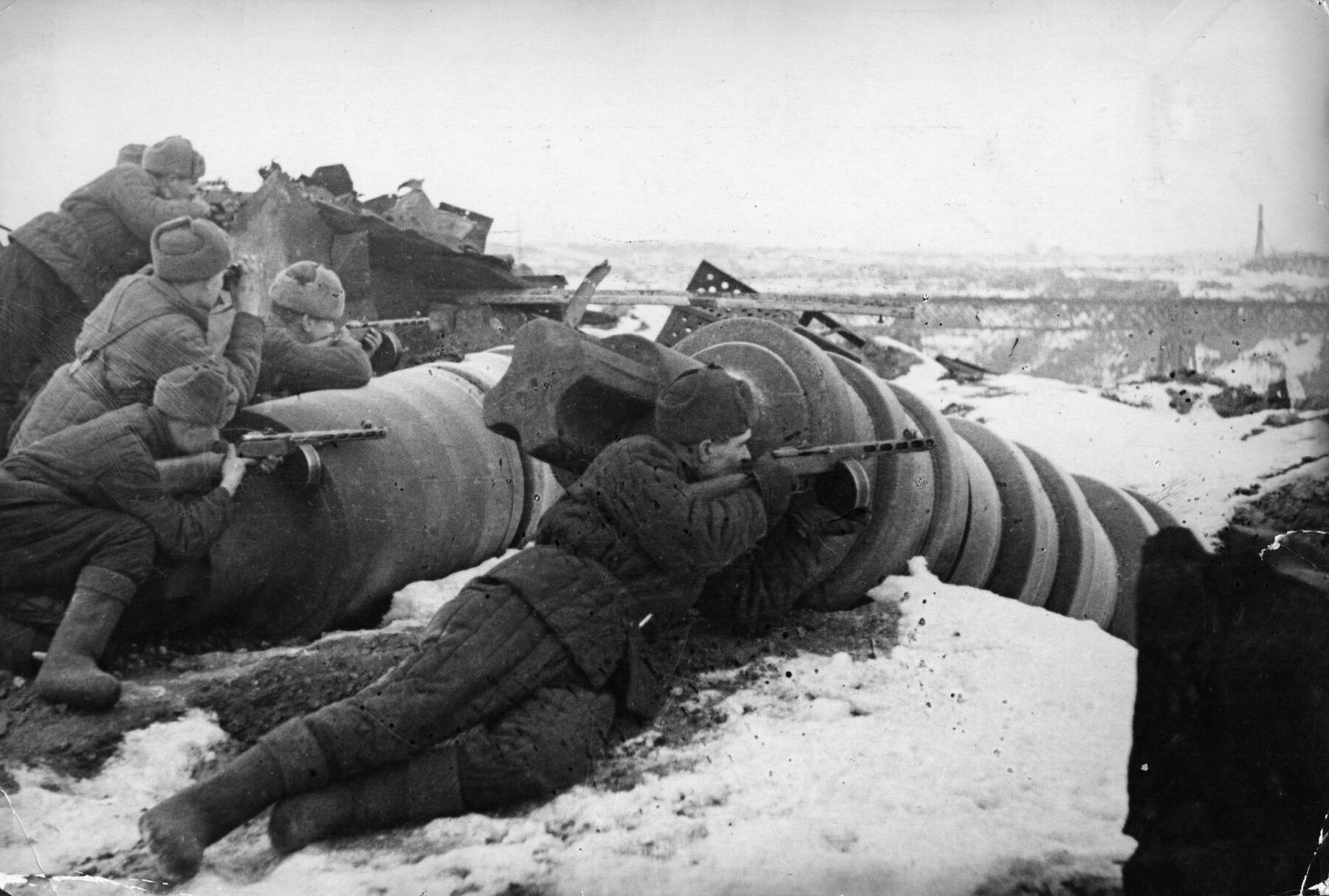
Soviet troops armed with light machine guns attack German forces near the Red October plant in Stalingrad, Soviet Union, on Nov. 26, 1942. (Hulton Archive / Getty Images) The biggest elephant in the room is the U.S. lend-lease program, which, from 1941-45, saw Washington ship the Soviets the modern-day equivalent of $180 billion worth of arms, equipment, and food.
"Without the lend-lease of the United States — and both (Soviet leaders Josef) Stalin and later (Nikita) Khrushchev even agreed to this — that without this material assistance, the Soviets would have lost the war," Lushnycky said
5) 'Distortion of events'
"We remember the lessons of the Second World War and will never agree with the distortion of its events, with attempts to justify the executioners and slander the true victors."
See points 1-4.
‘I don’t think Putin will agree to a peace agreement ever’ — Volker on peace talks between Ukraine, RussiaKurt Volker said that now “there is more alignment” between Ukraine and the U.S. under the Trump Administration than at the beginning of 2025. The Kyiv IndependentKateryna Hodunova
The Kyiv IndependentKateryna Hodunova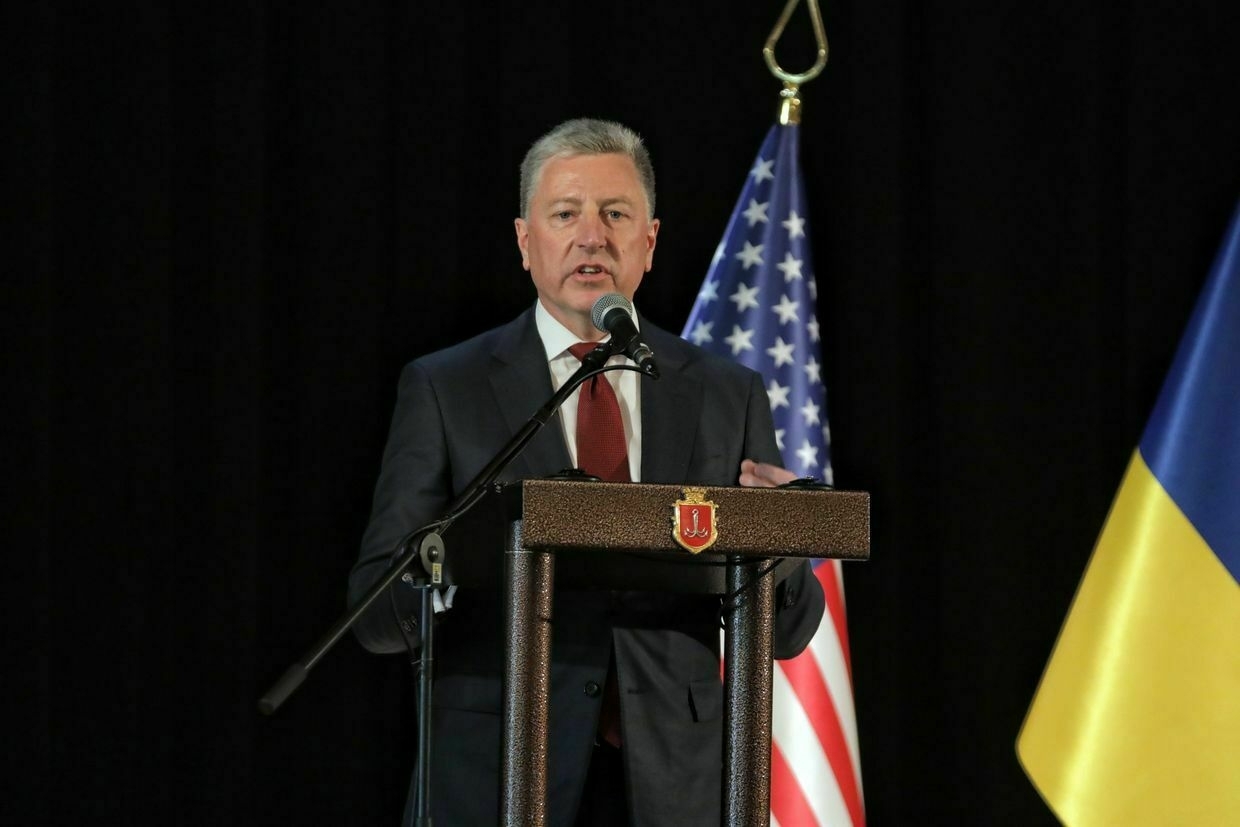
-
EU to provide Ukraine with over 1 million shells over 2025, allocate over $2 billion for military aid from Russian frozen assets
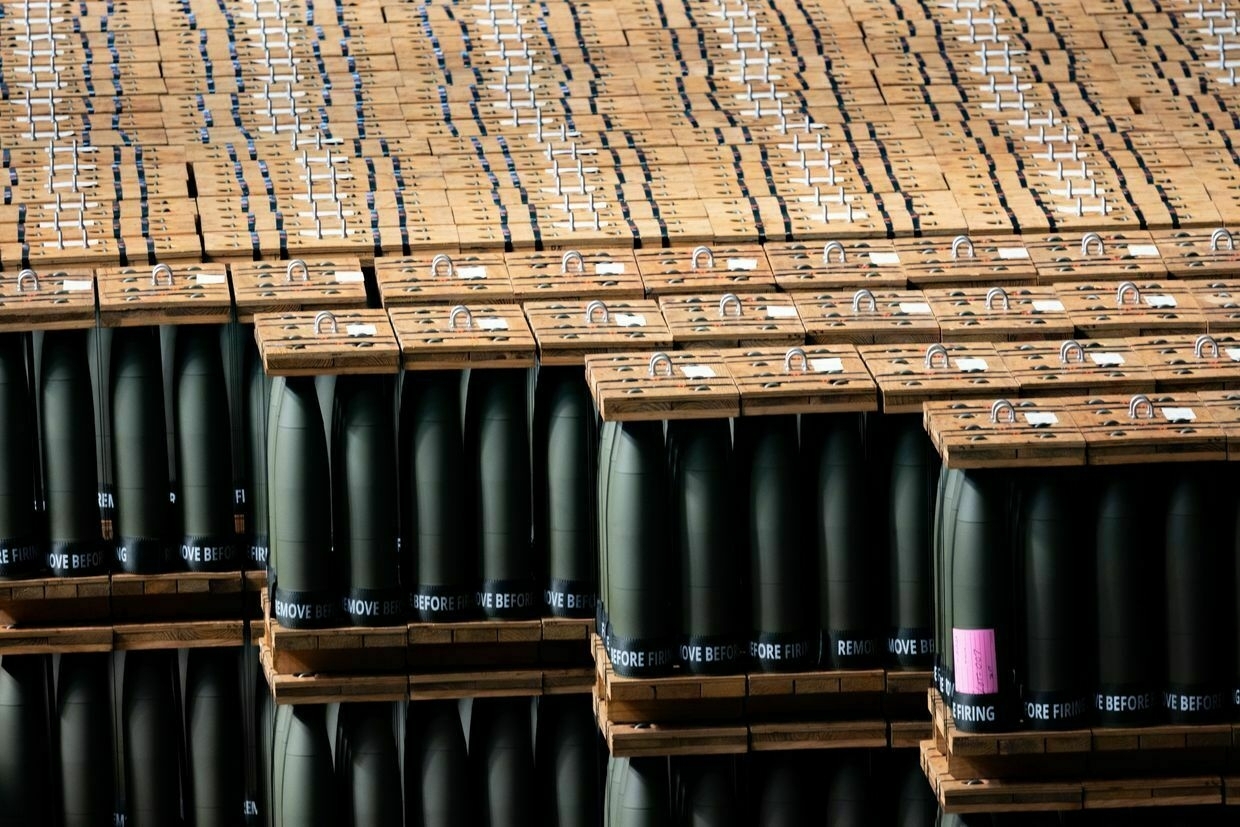
The European Union has pledged to supply over 1.35 million rounds in 2025 and plans to allocate nearly 1.9 billion euro ($2.1 billion) from Russian frozen assets in military support for Ukraine, Ukrainian officials announced on May 9.
The news comes as delegations from 35 countries and the Council of Europe gathered in Lviv to discuss the establishment of a special tribunal against the Russian leadership and new defense aid for Ukraine.
Ukrainian foreign minister Andrii Sybiha thanked the EU’s top diplomat, Kaja Kallas, and EU allies for the initiative to provide 2 million artillery rounds for Ukraine. According to Sybiha, by the end of 2025, European partners must send Ukraine at least 1.35 million shells, while work to increase this number is ongoing.
The minister also highlighted the new EU instruments for the long-term development of the European defense sector and the accelerated integration of the Ukrainian and European defense industries.
“This will strengthen European defense with our unique technologies and strengthen our defenders on the battlefield,” Sybiha said.
Following the event in Lviv, Prime Minister Denys Shmyhal said that the EU has announced its intention to allocate almost 1.9 billion euro ($2.1 billion) for military support to Ukraine.
“This is a historic decision, as weapons for Ukraine will be purchased at the expense of the proceeds from frozen Russian assets through the European Peace Fund,” Shmyhal said.
One billion euros ($1.1 billion) of this sum will be used to purchase weapons according to the Danish model, that is, directly from Ukrainian manufacturers, by Italy, Denmark, France, and the Netherlands, Shmyhal added.
Another 600 million euros ($676 million) will be spent on artillery and ammunition, while more than 200 million euros ($226 million) will be spent on strengthening Ukraine’s air defense, according to Shmyhal.
Speaking at the same event, French foreign minister Jean-Noël Barrot announced that Paris will allocate profits from frozen Russian assets to the maintenance of CEASAR 155mm howitzers, of which Ukraine has received dozens since 2022.
Since the beginning of the full-scale invasion, Europe has allocated 138 billion euros ($157 billion), 23 billion euros ($26 billion) more than the U.S., according to an April 15 report by the Kiel Institute for the World Economy’s Ukraine Aid Tracker.
The U.S. still holds an edge in terms of military aid — its 65 billion euros ($74 billion) total leads Europe by 1 billion euros ($1.1 billion) — but the gap is narrowing, as Washington has not allocated a new aid package since Jan. 9, still under the Biden administration.
‘The front is noisy’ — for Ukraine’s soldiers, Russia’s Victory Day ‘ceasefire’ is yet another shamMoscow’s self-declared truce which came into force at midnight on May 8 is not being felt on the front lines, Ukrainian soldiers have told the Kyiv Independent, reporting numerous cases of Russian military activity throughout the day. “There is no truce. There is shelling, artillery, drone and FPV (bomb) drops,” Petro Kuzyk, a battalion commander at the National Guard, said. The Kremlin announced the measure on April 28, claiming all military actions would halt on May 8 to midnight on May 11 t The Kyiv IndependentChris York,
The Kyiv IndependentChris York,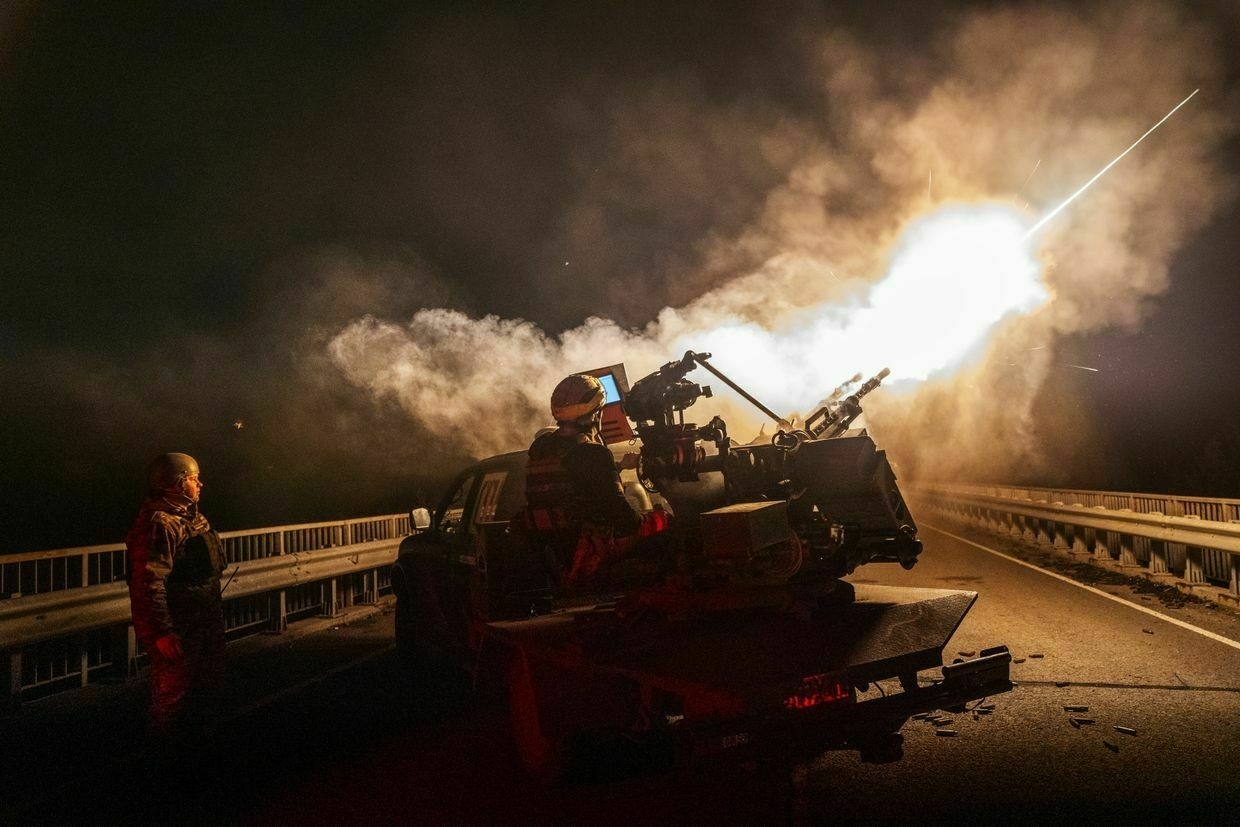
-
UK announces largest sanctions ever against Russia's 'shadow fleet'
UK Prime Minister Keir Starmer has announced plans to impose punitive measures on about 100 ships from Russia's so-called "shadow fleet," used to circumvent Western sanctions and the oil embargo. This announcement, outlined on the British government's website on Friday, May 9, underscores the UK's commitment to ramping up pressure on Russia.
These measures are described by London as "the most extensive sanctions package in history." Starmer is expected to unveil the new sanctions at a summit of Joint Expeditionary Force (JEF) member countries in Oslo, Norway. The summit's agenda includes discussions on protecting underwater infrastructure from deliberate attacks.
"The shadow fleet operation, orchestrated by Putin's associates, isn't just funding the Kremlin's unlawful war in Ukraine—it also poses risks to critical national infrastructure," highlighted the British government statement.
The UK pointed out the importance of underwater infrastructure, noting that "99% of international telecommunications data and vital energy sources like electricity, oil, and gas" are transmitted through such means.
Russia's "shadow fleet" consists of numerous tankers and cargo ships with opaque ownership structures, often older and uninsured, used to transport Russian oil and other resources in violation of sanctions. Since the beginning of the year, these ships have faced increasing accusations of conducting deliberate attacks on underwater infrastructure in the Baltic Sea.
Some vessels are suspected of severing undersea cables, with investigators believing ships intentionally drag anchors along the sea bed for several kilometers to cut cables. However, investigators have been unable to conclusively prove that these incidents are deliberate sabotage rather than crew error or other factors.
Previously, the European Union signaled its intent to sanction 60 individuals and entities, along with 150 vessels linked to the "shadow fleet."
Tracking information about the Russian War against Ukraine

